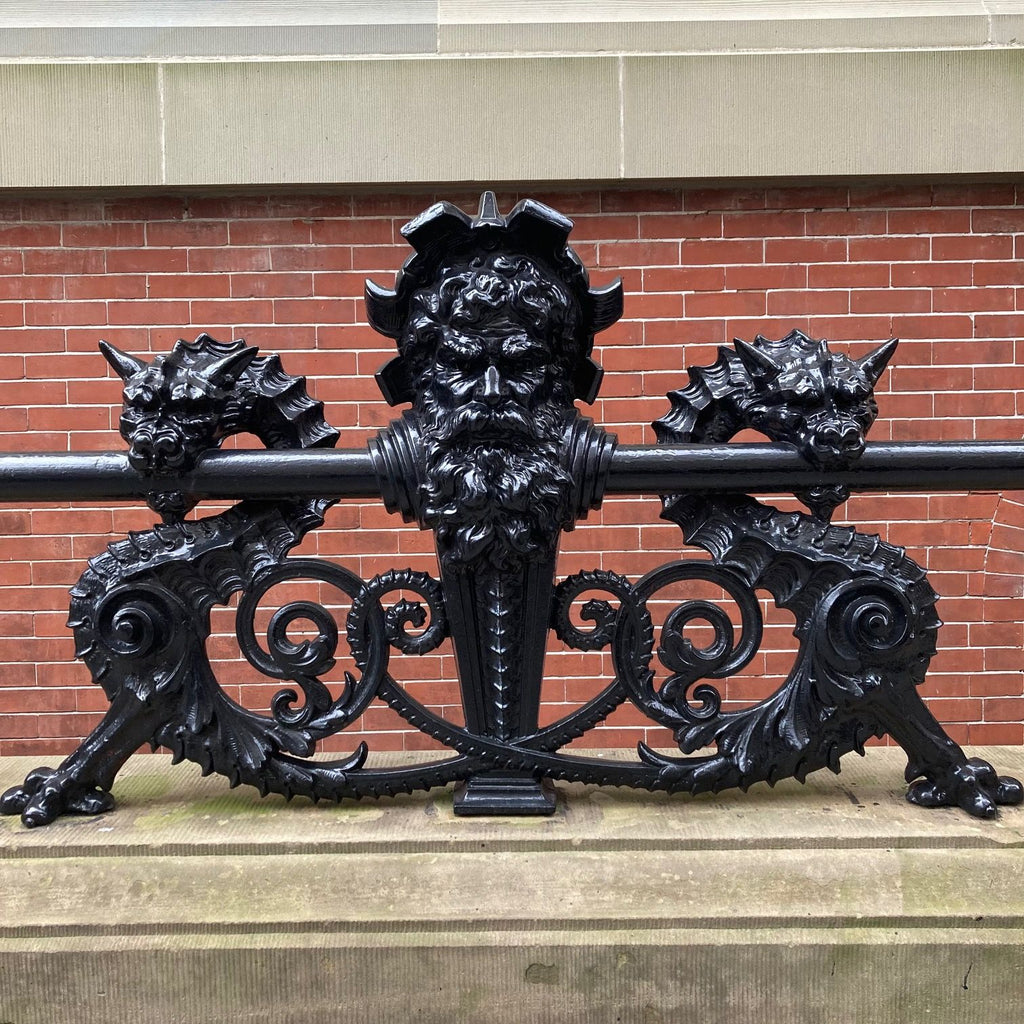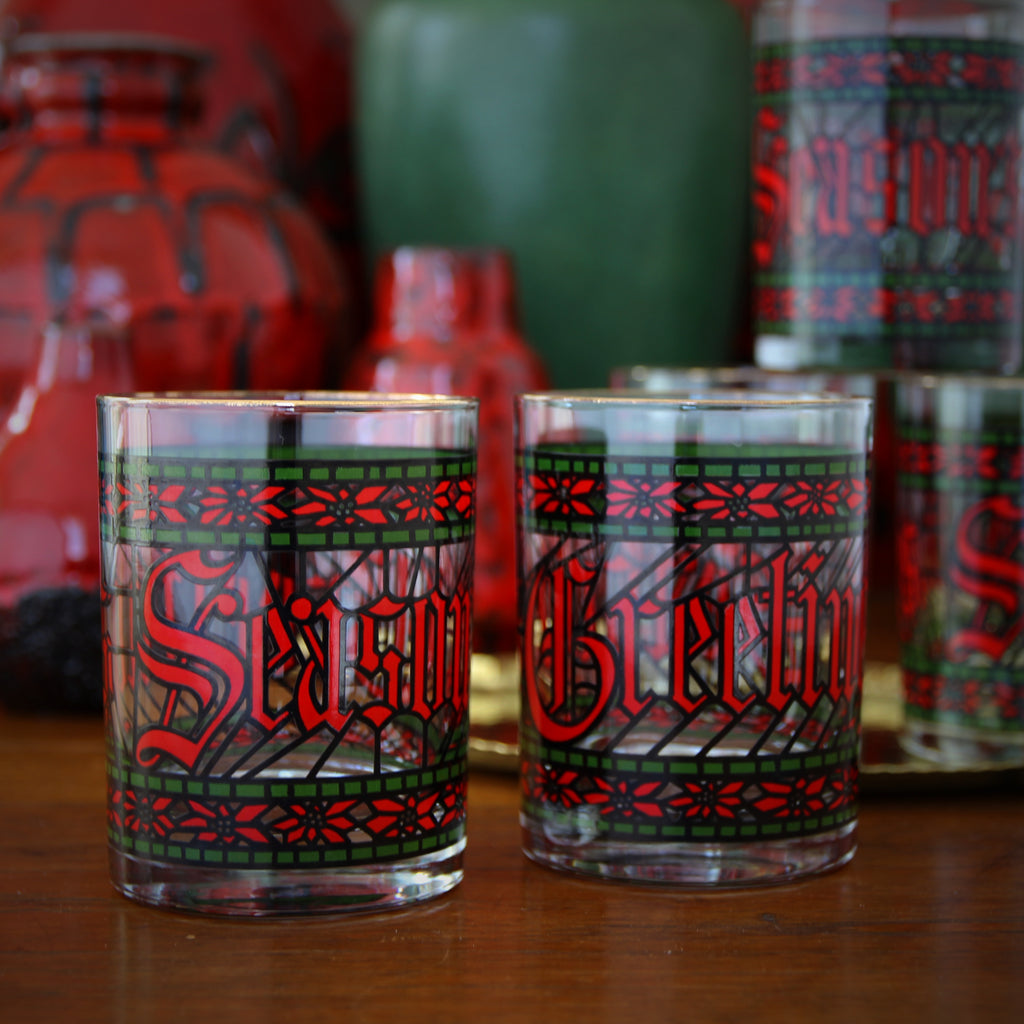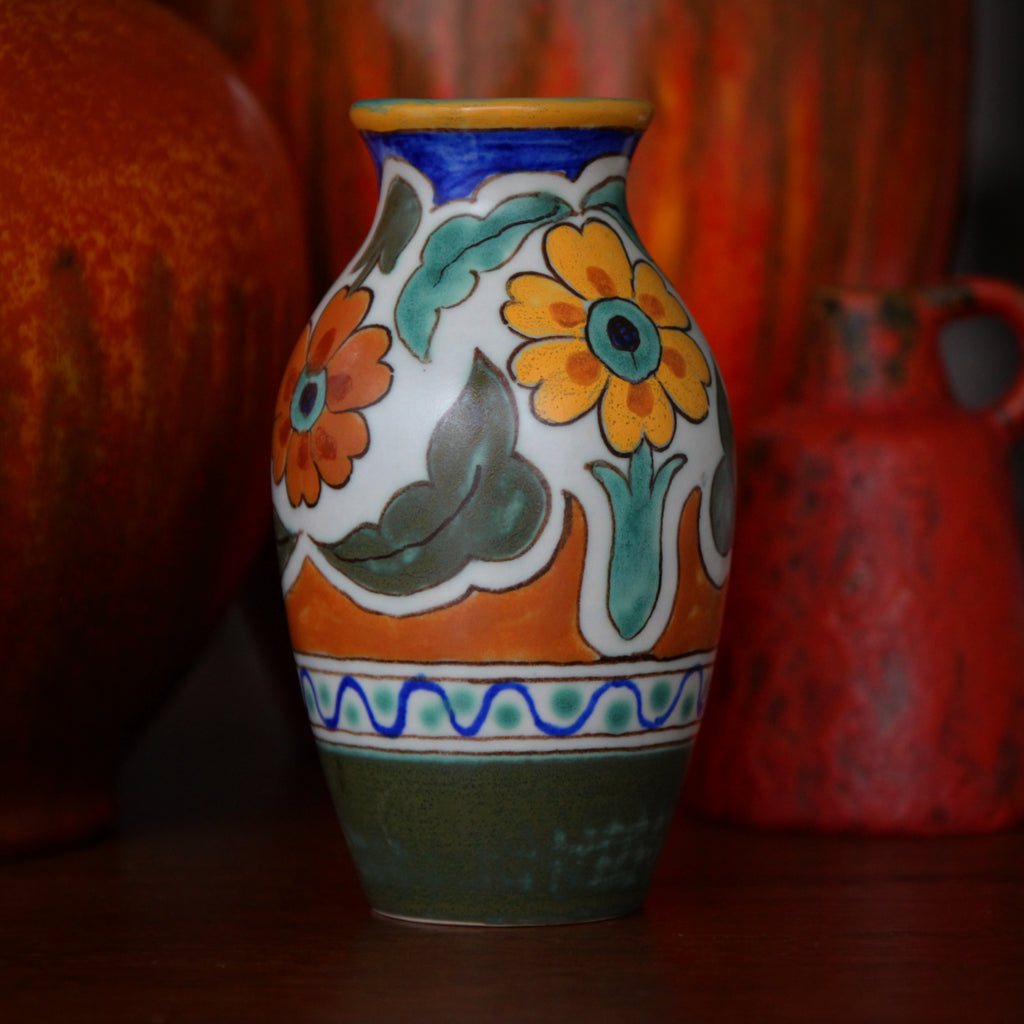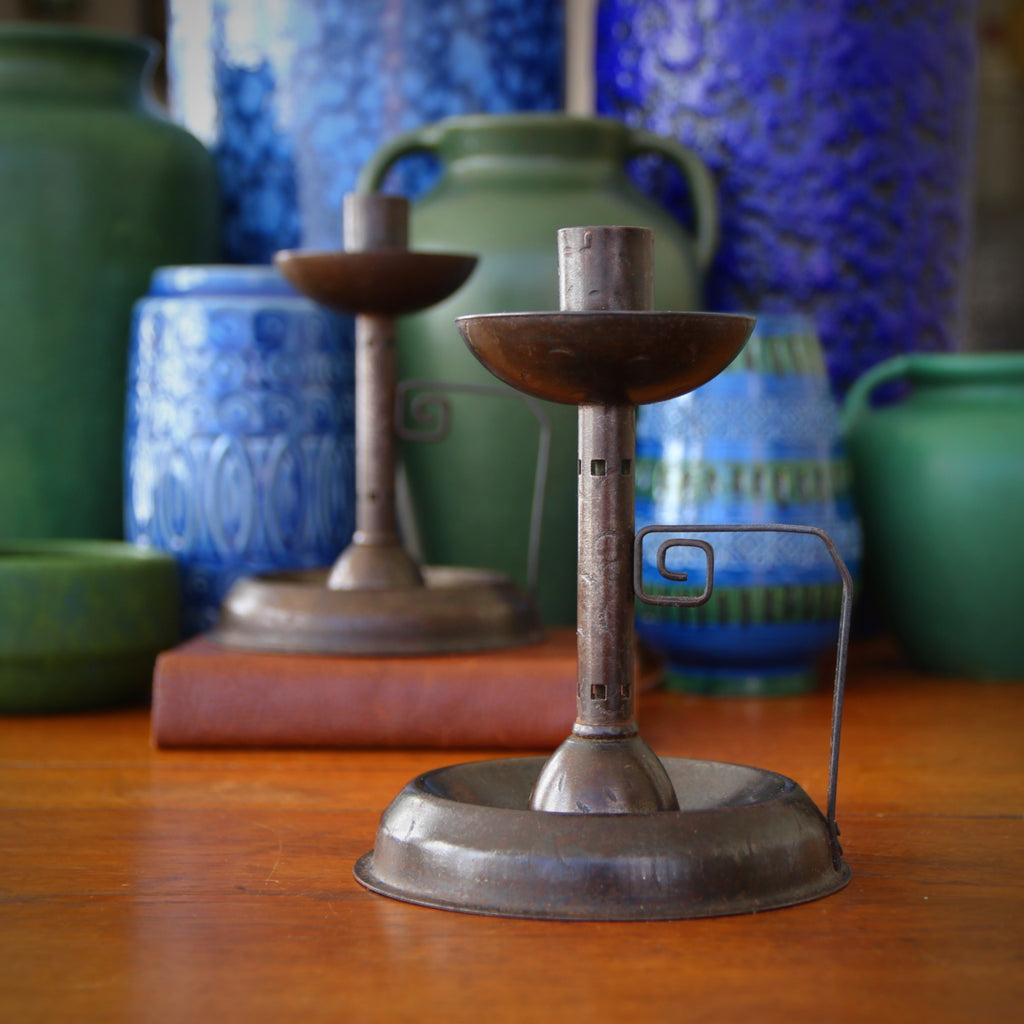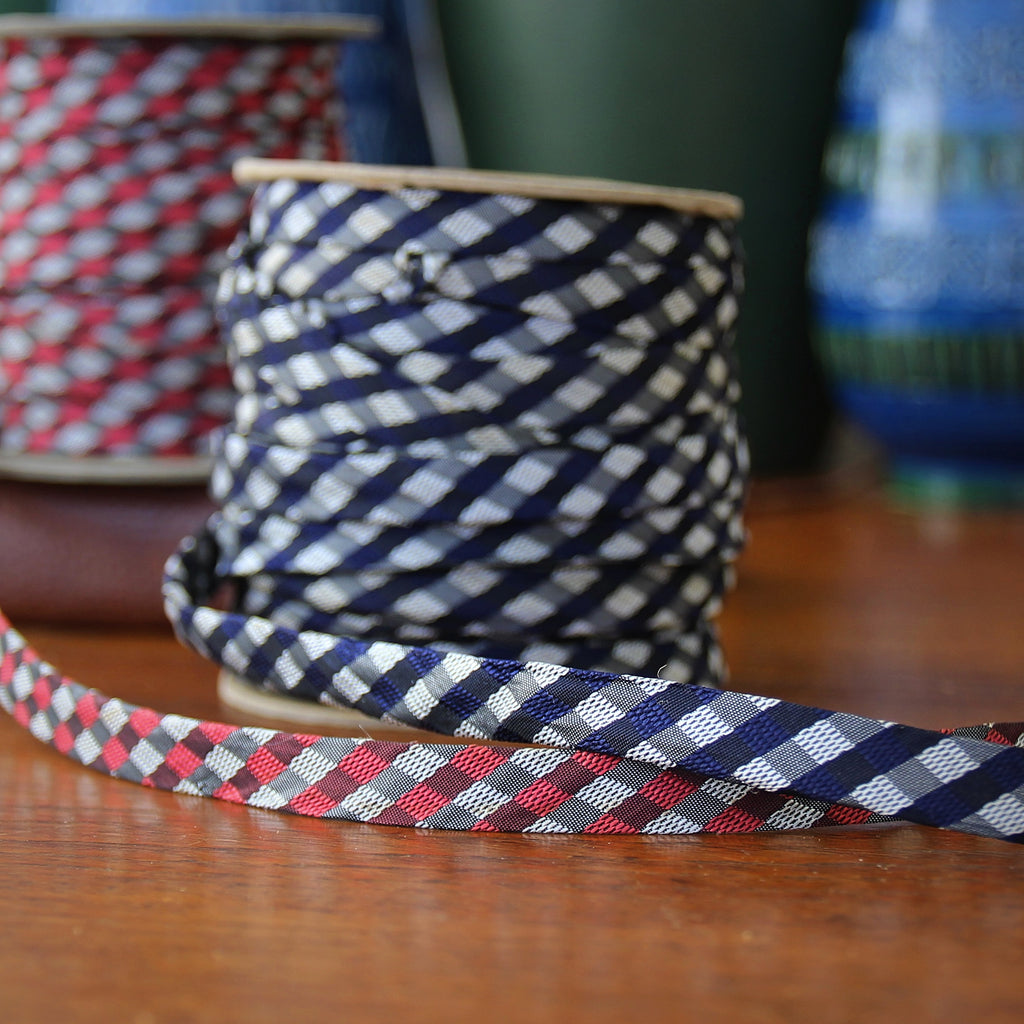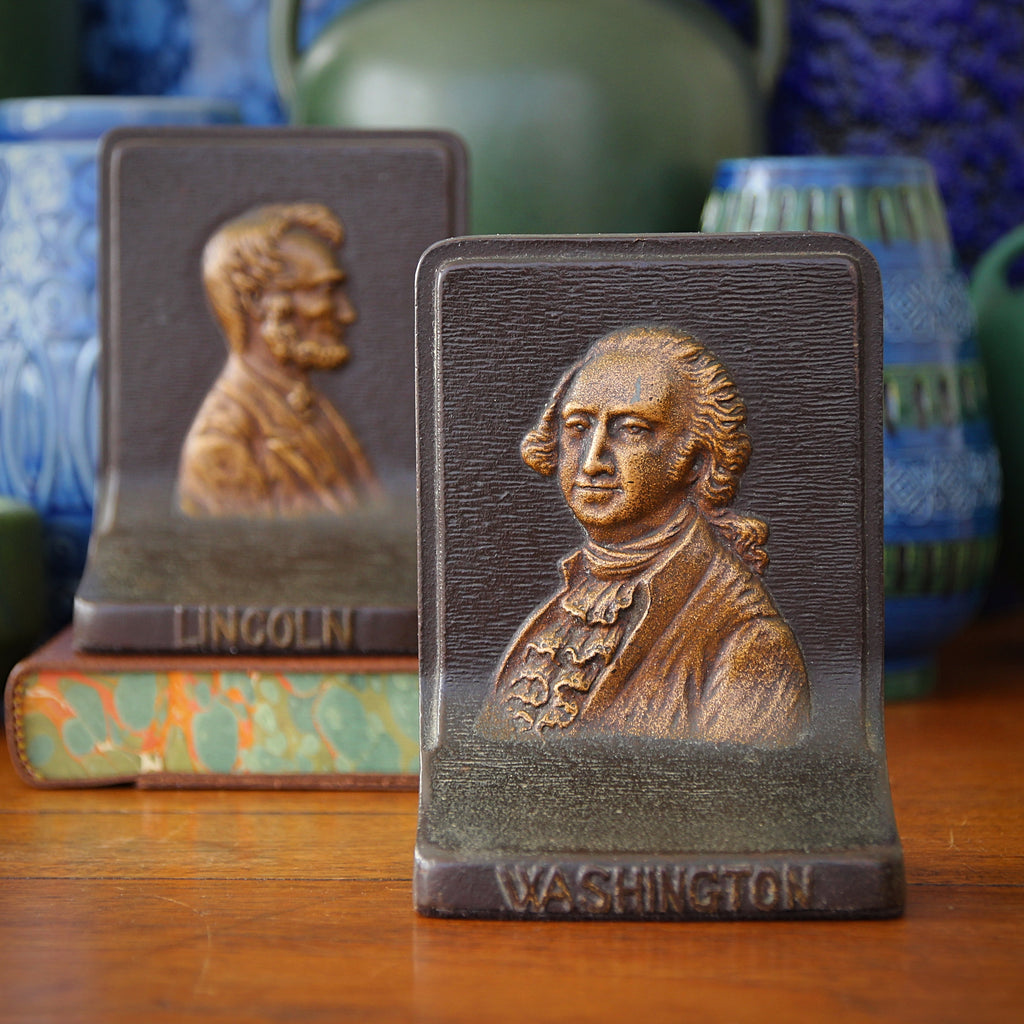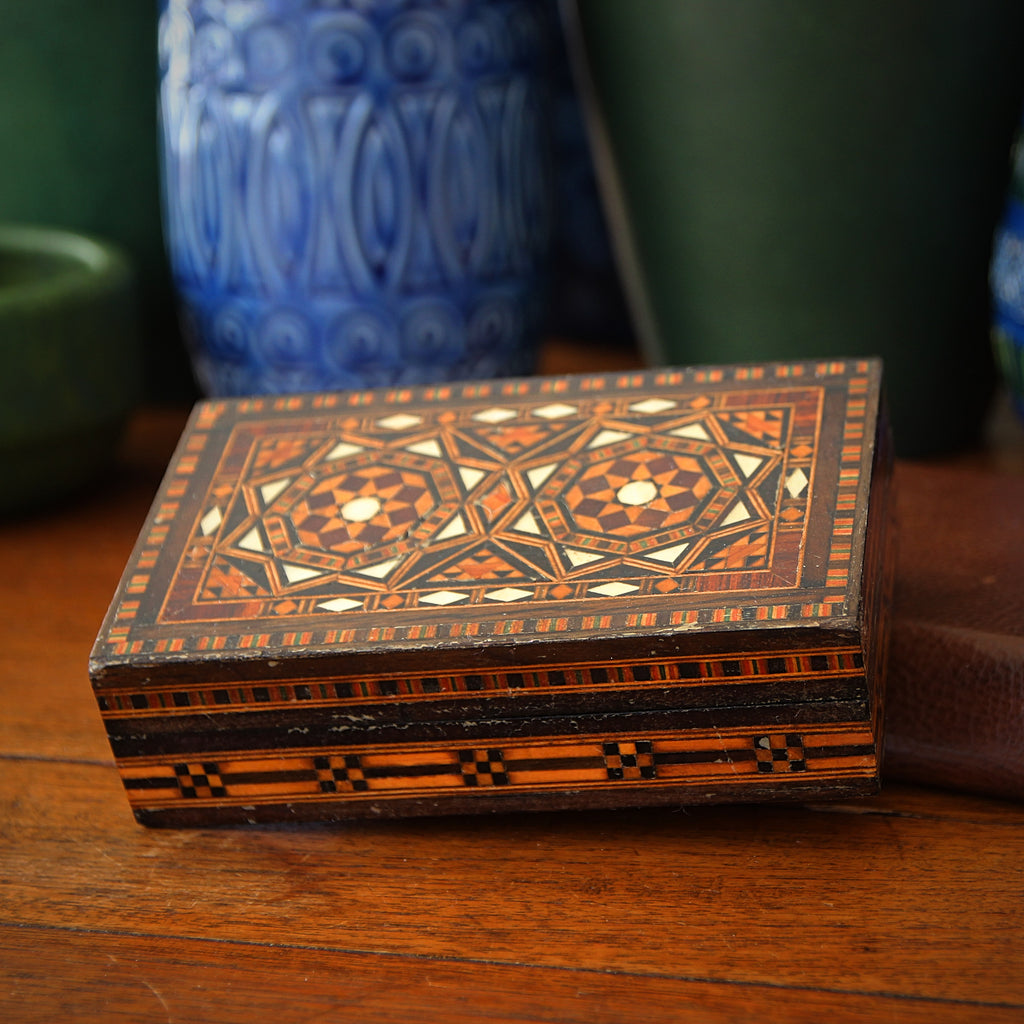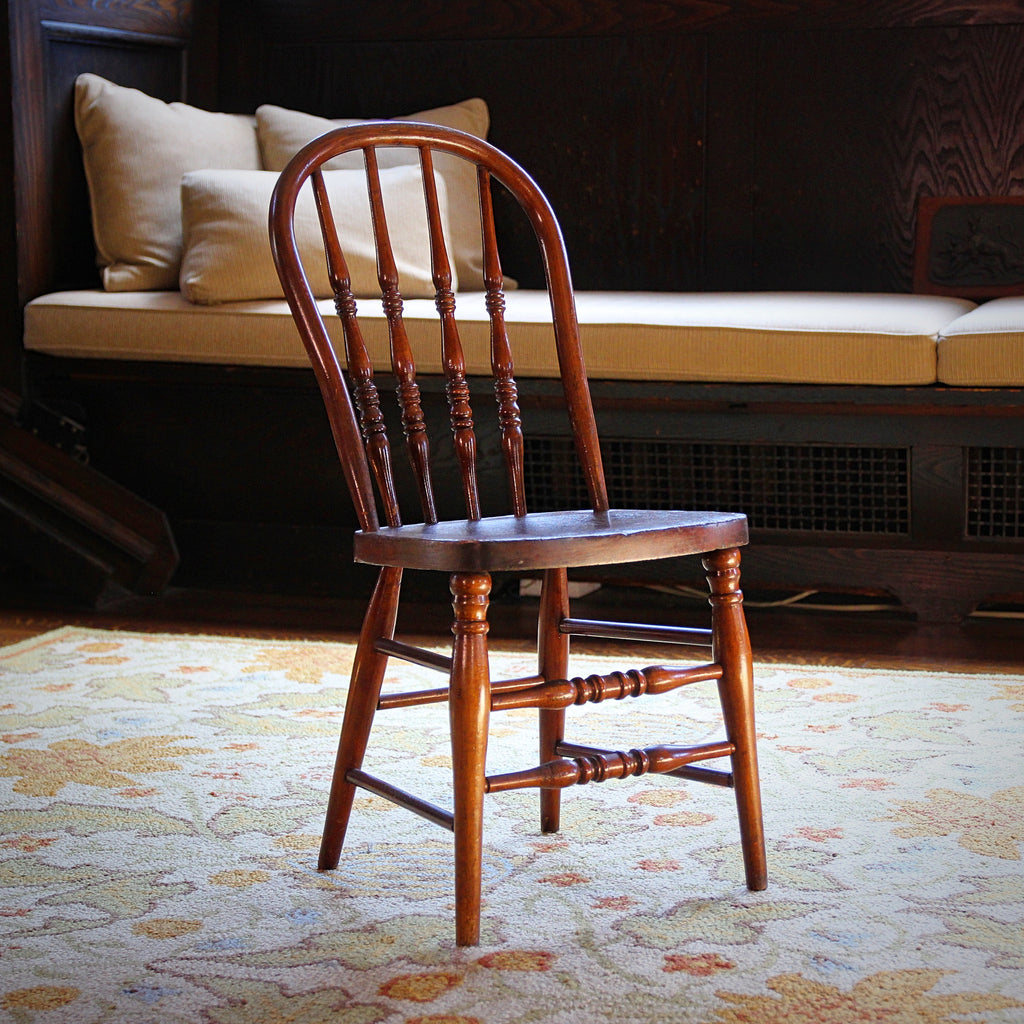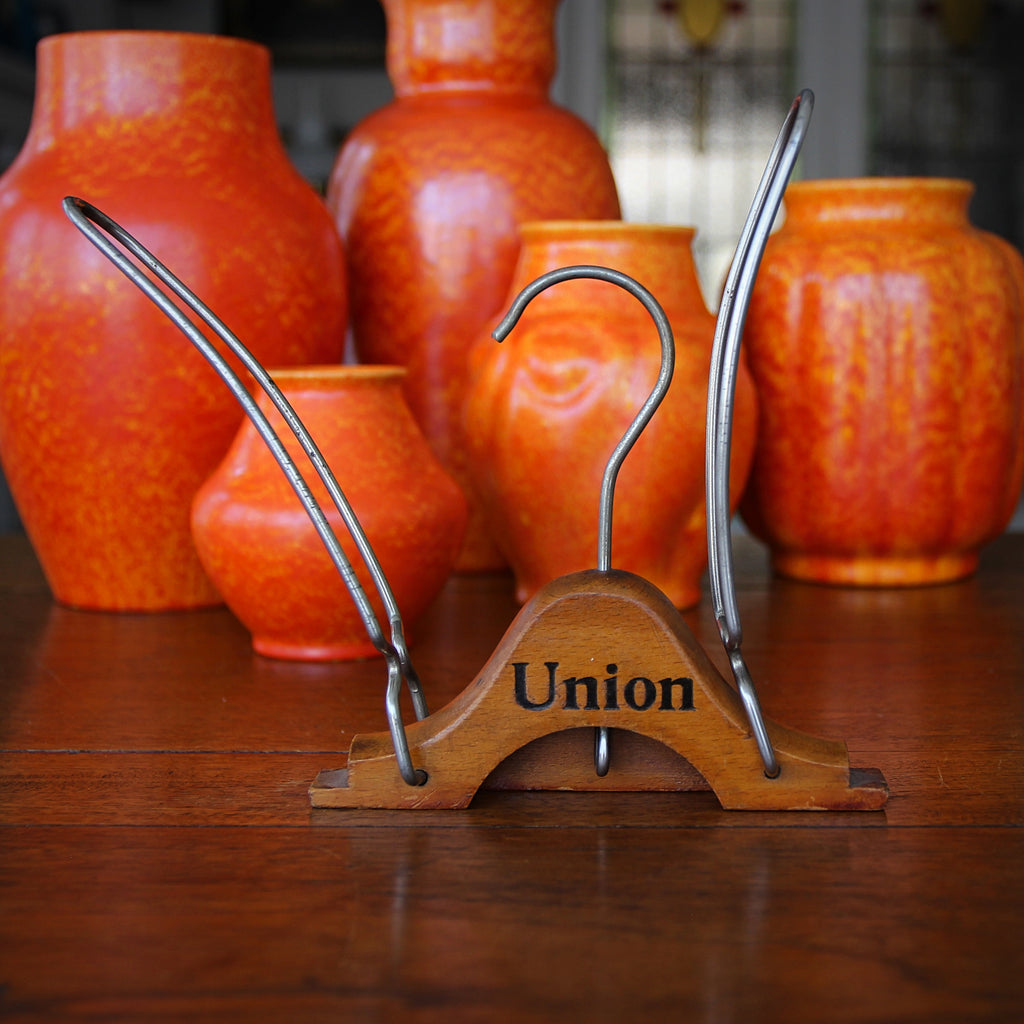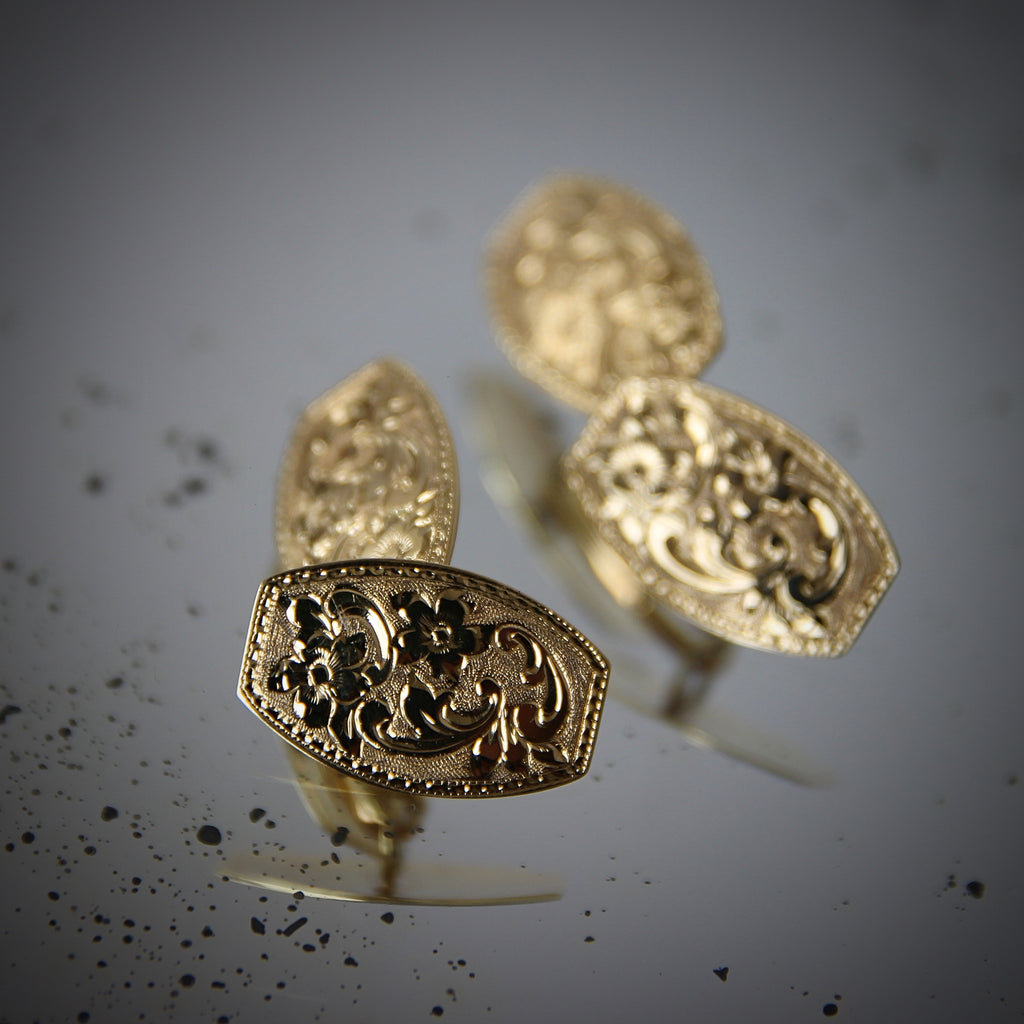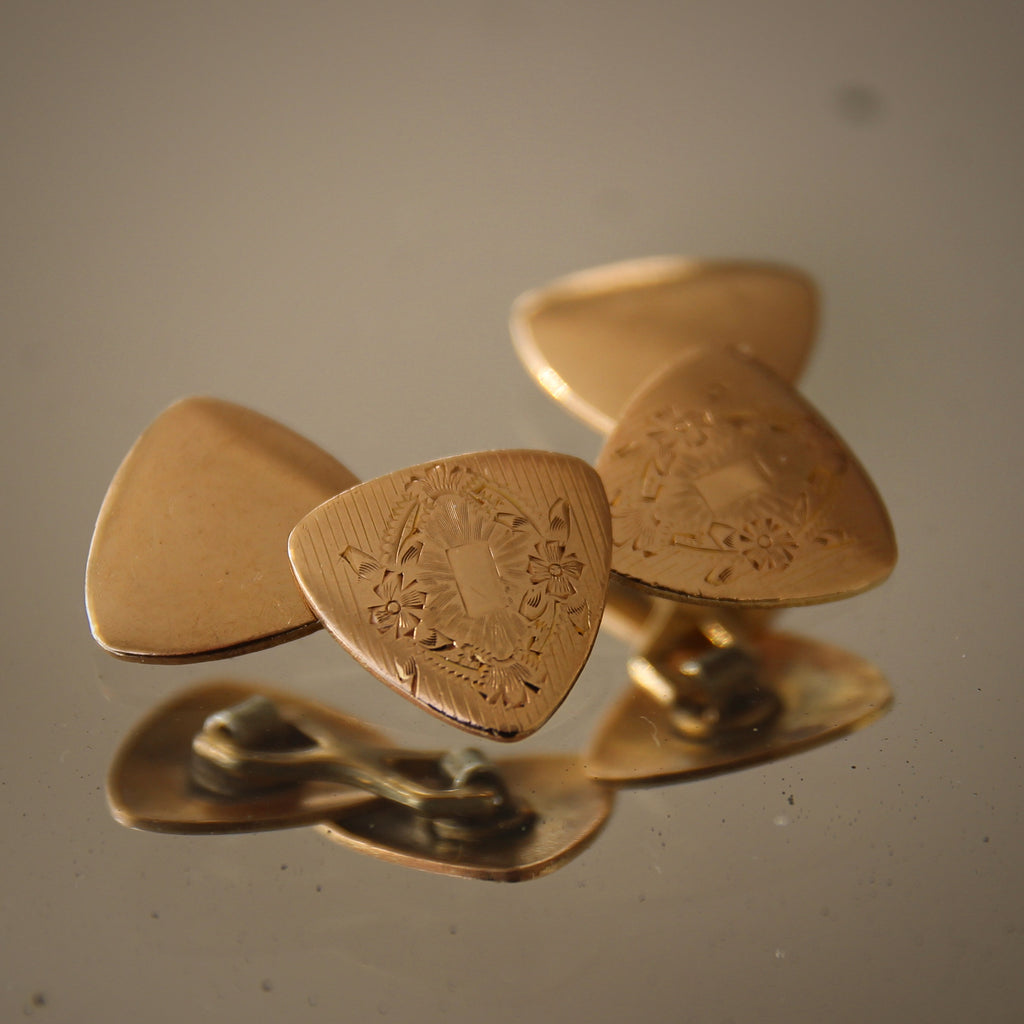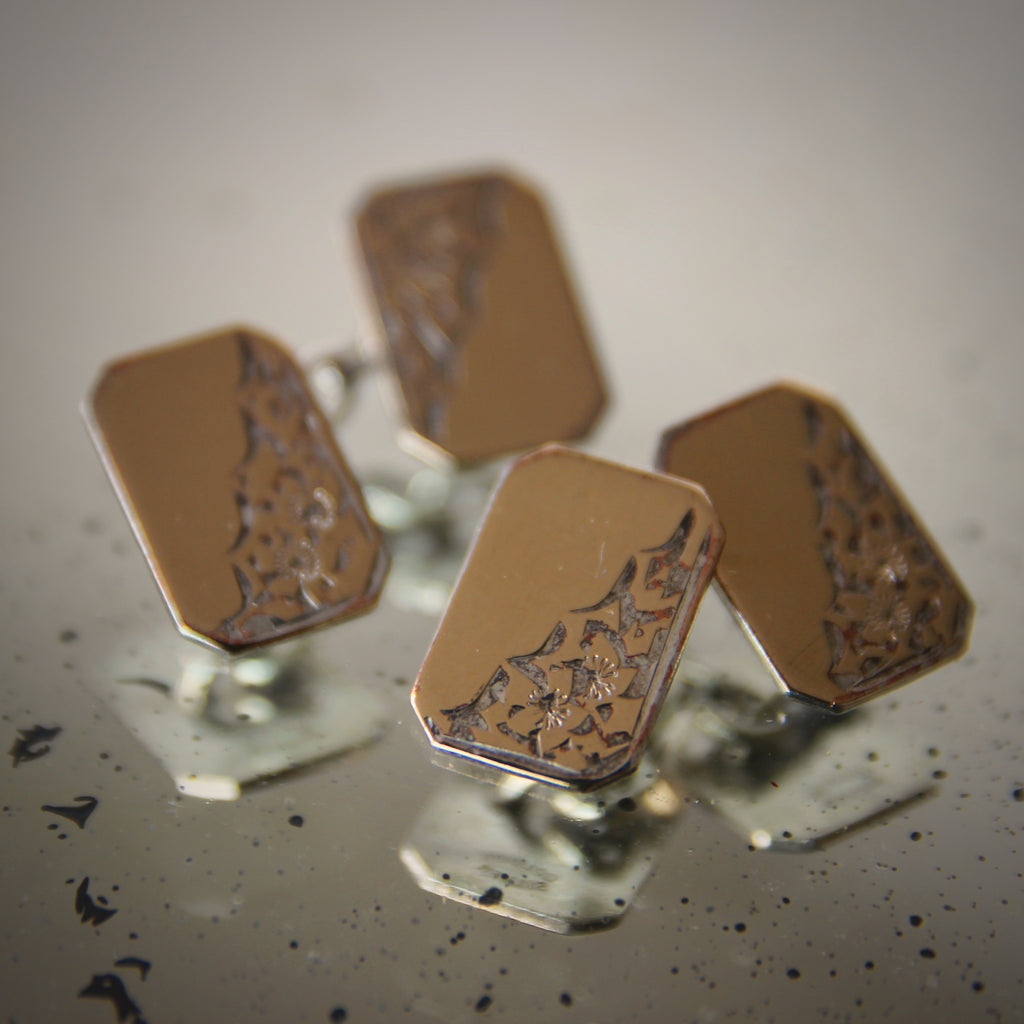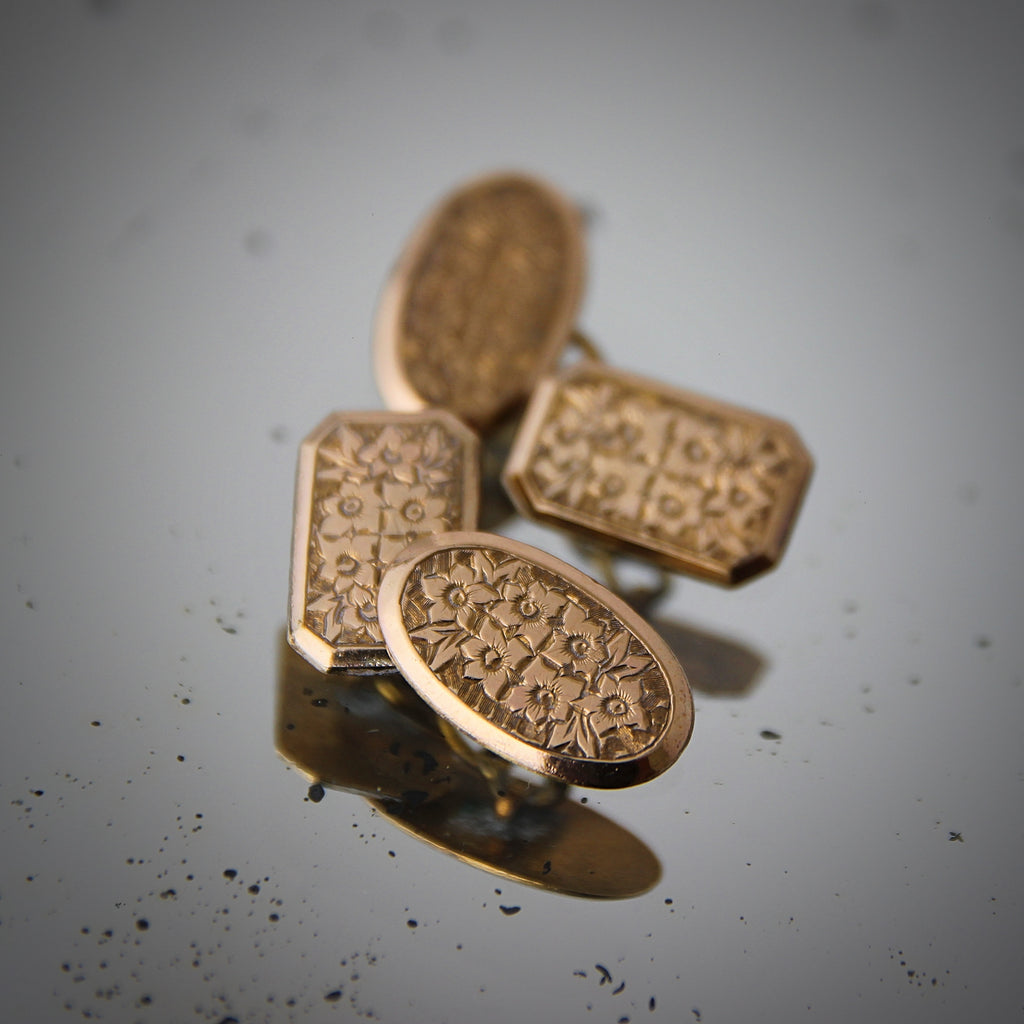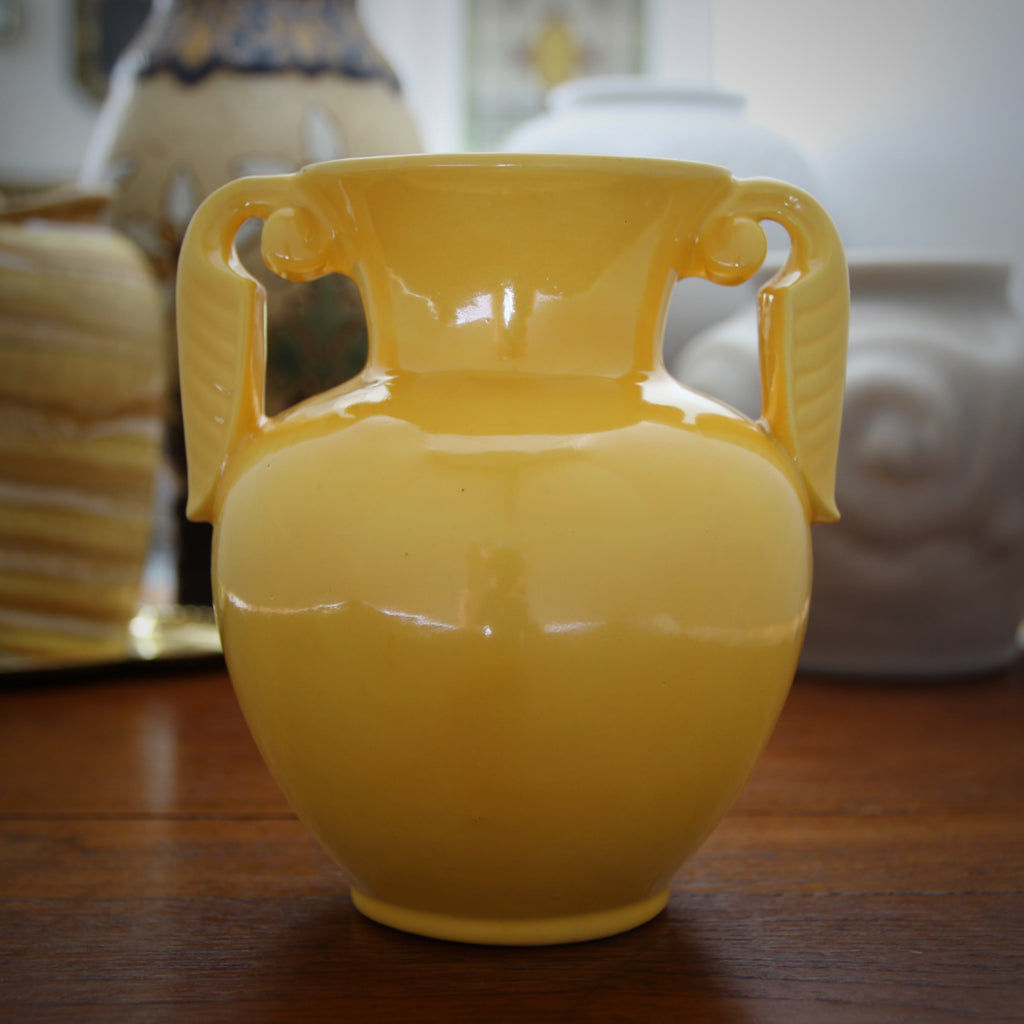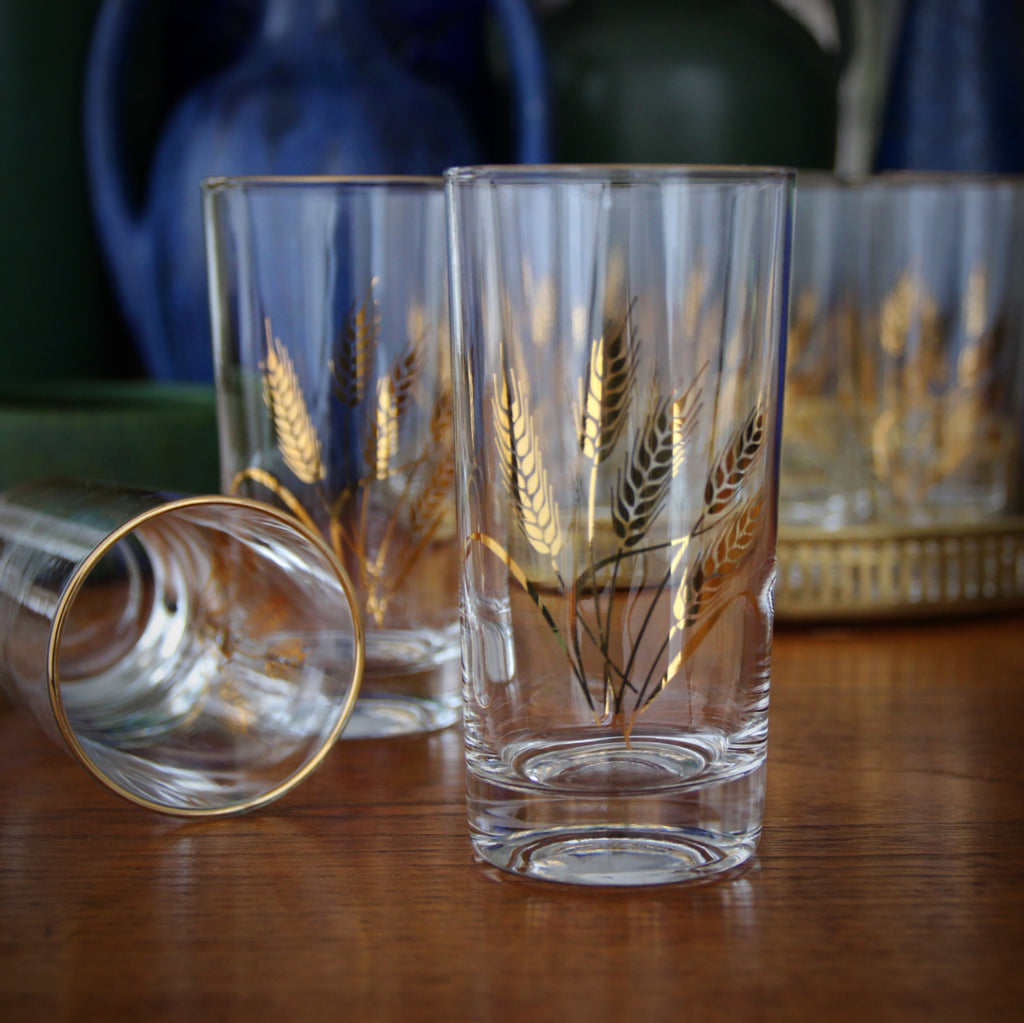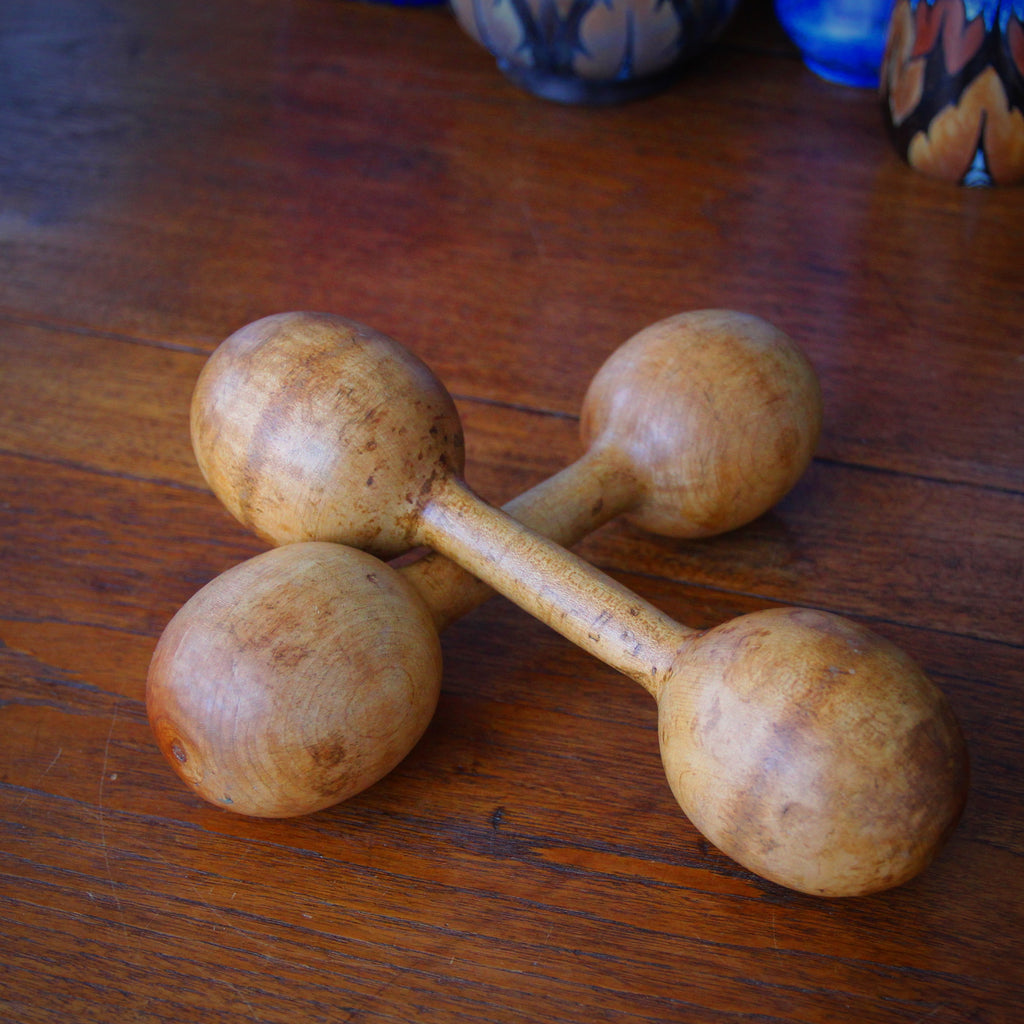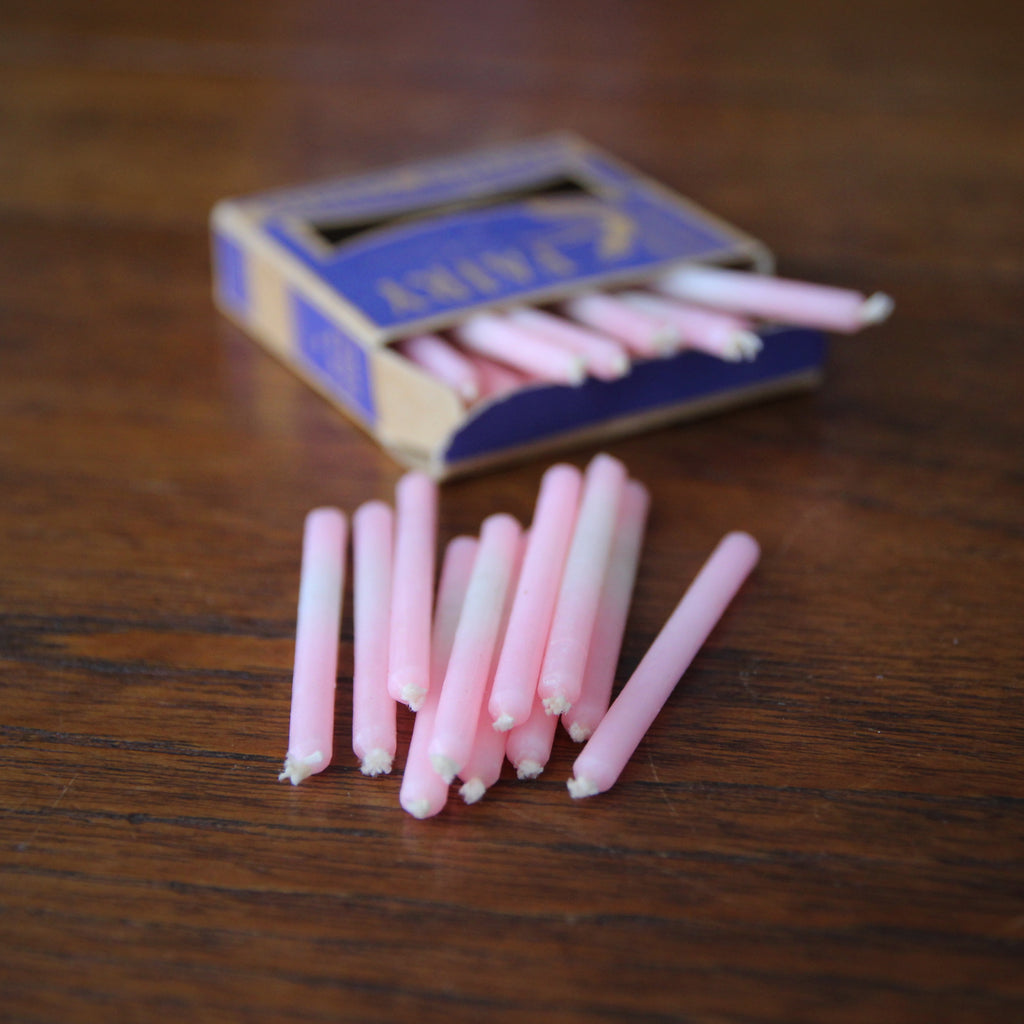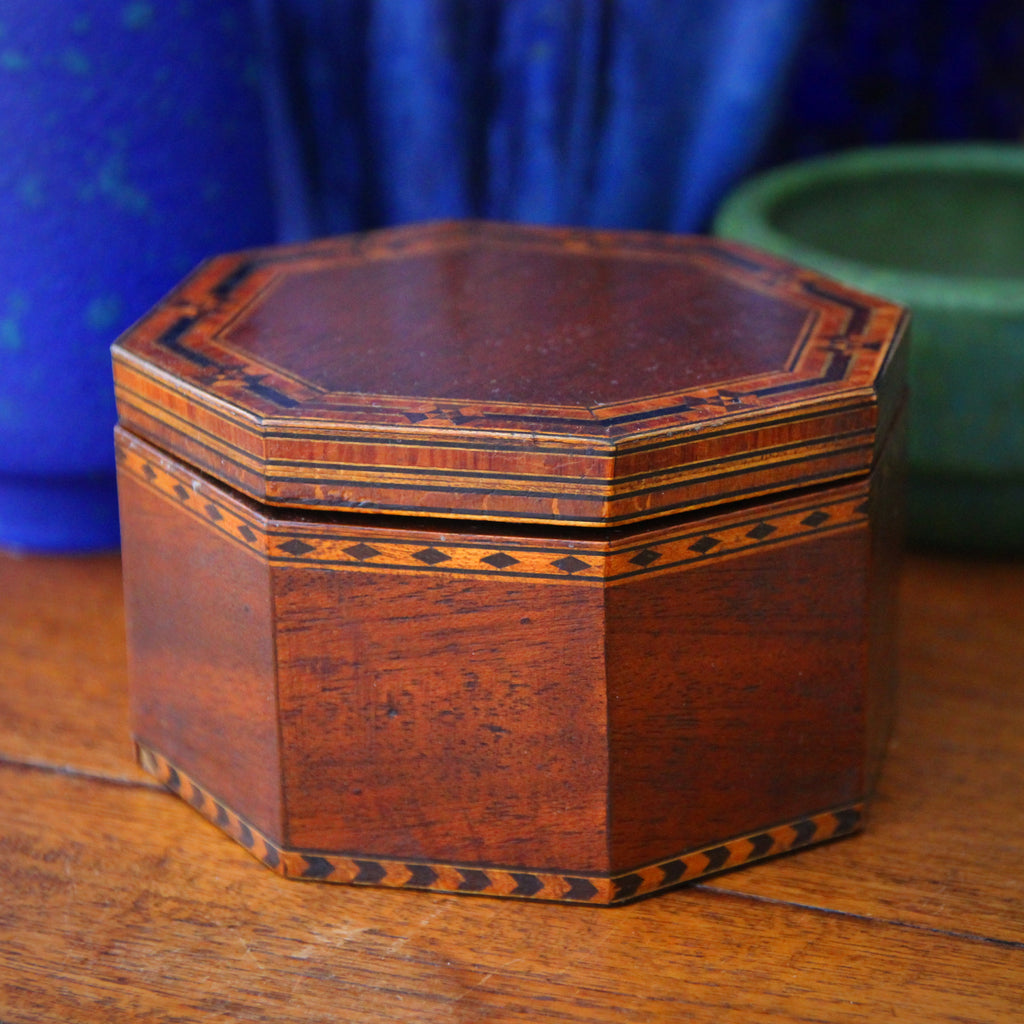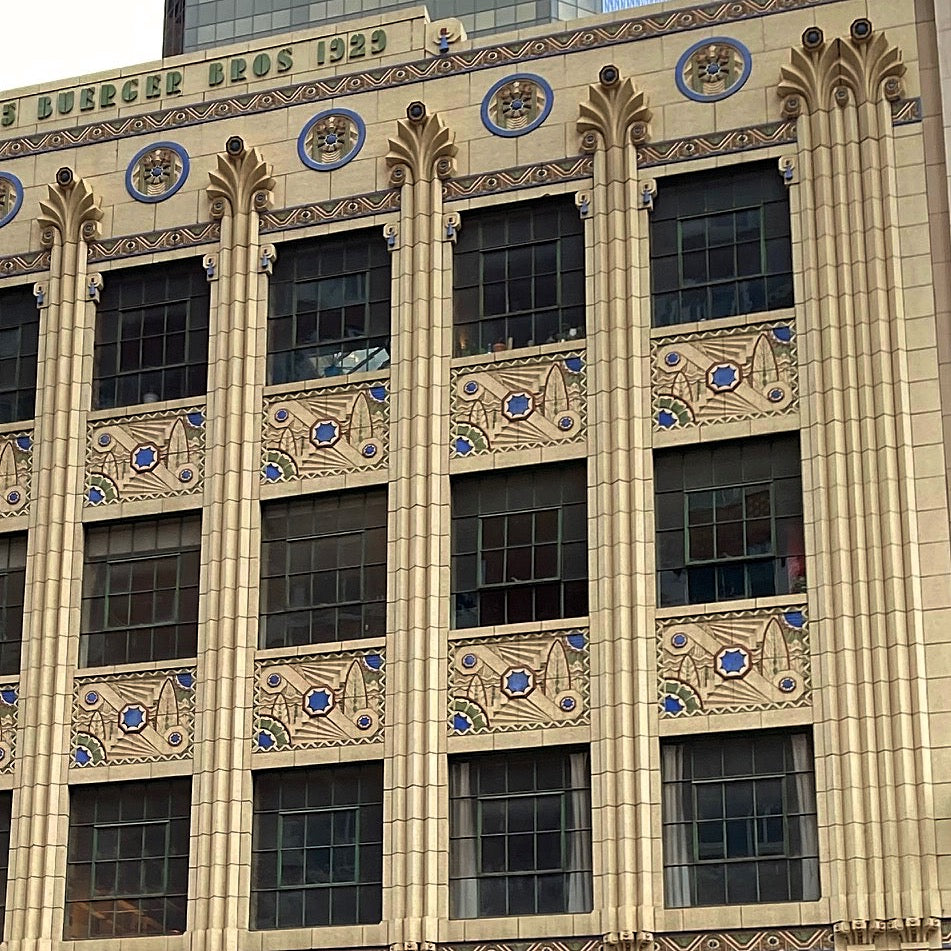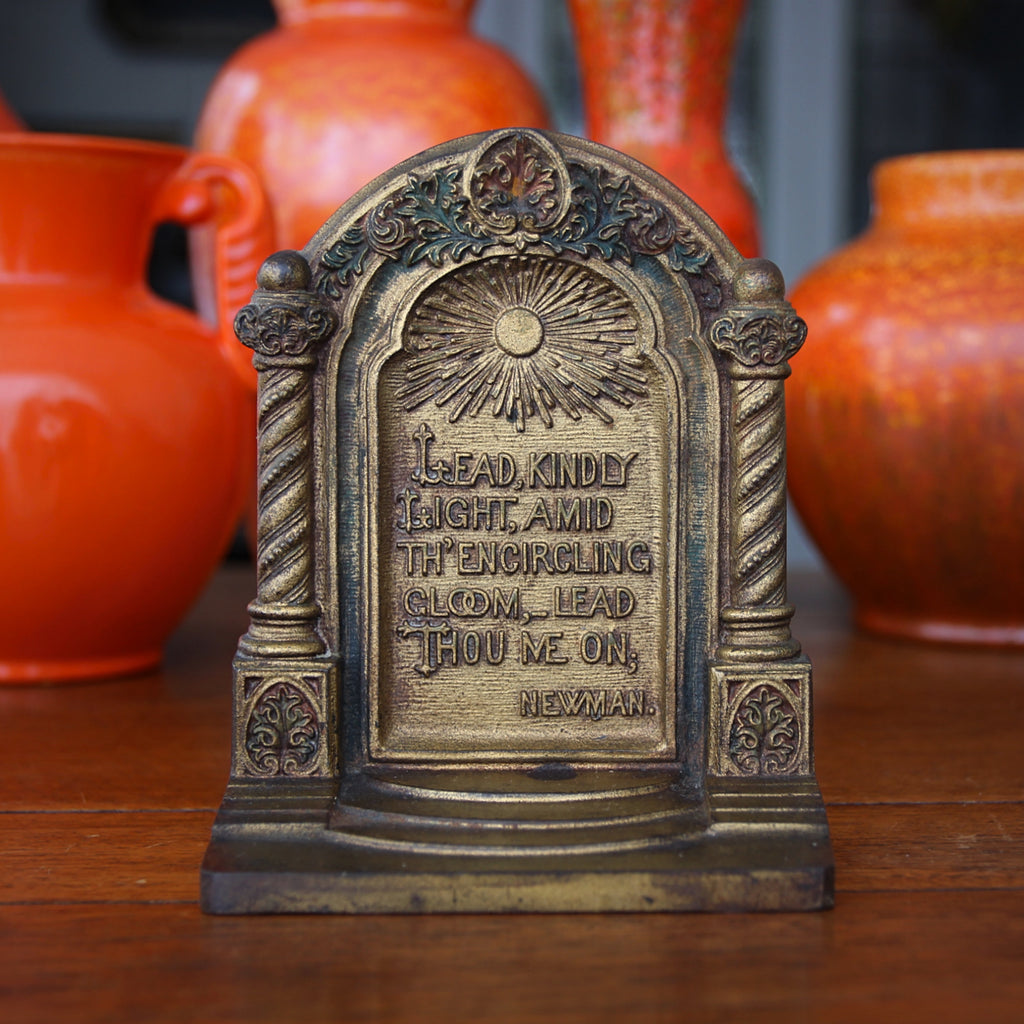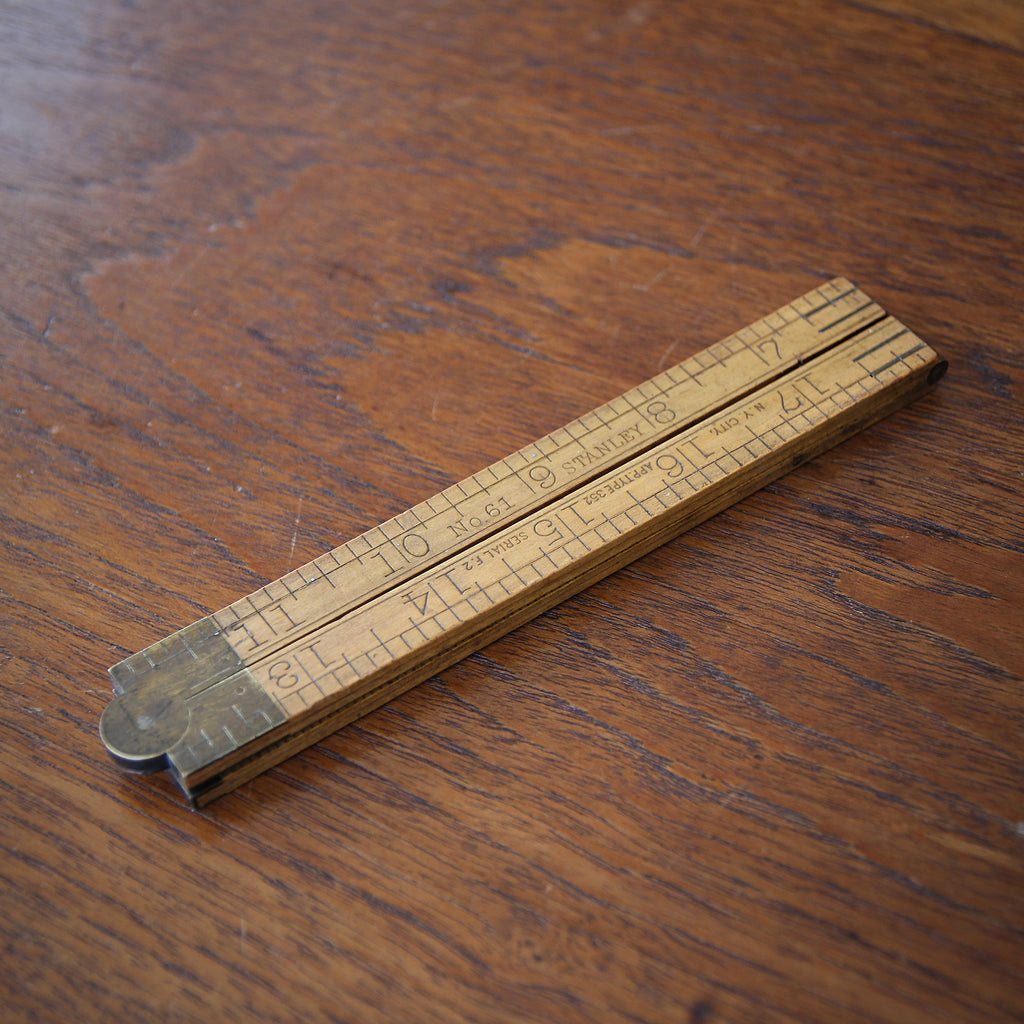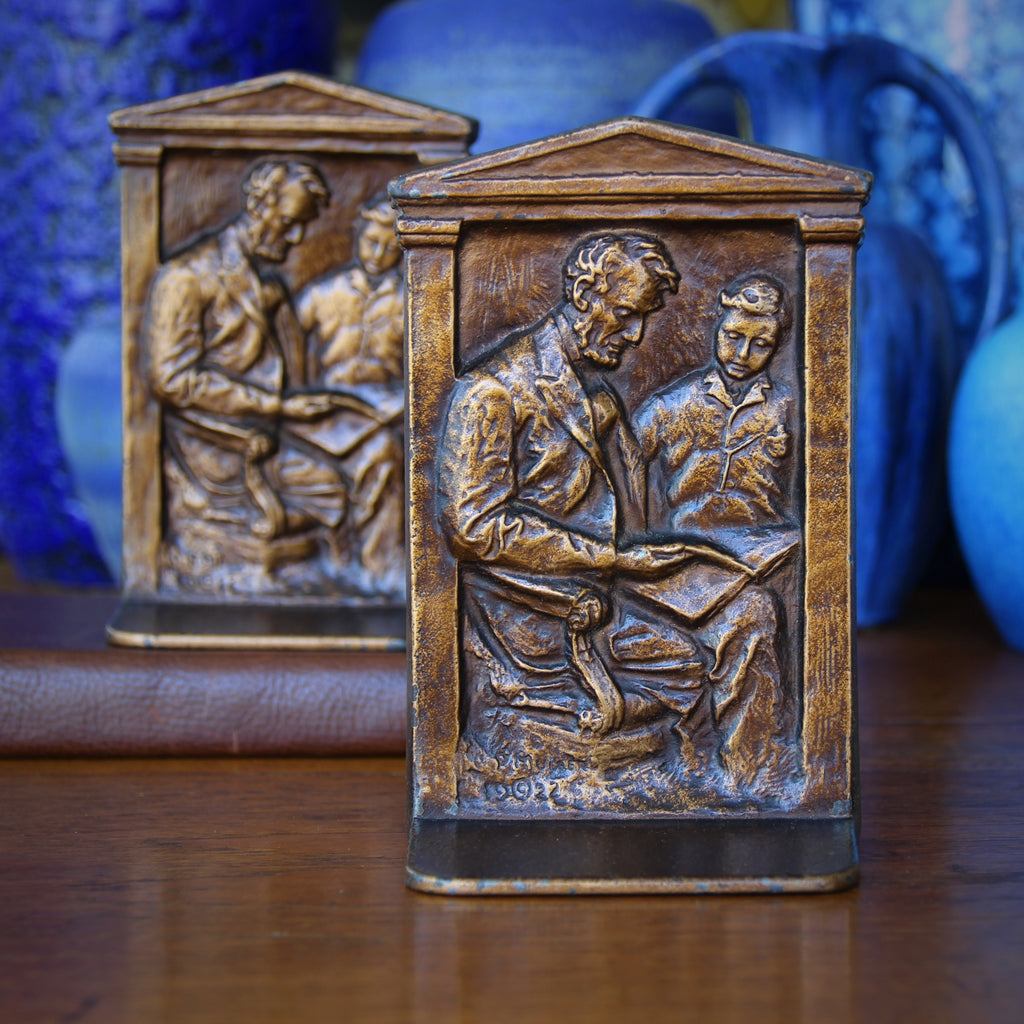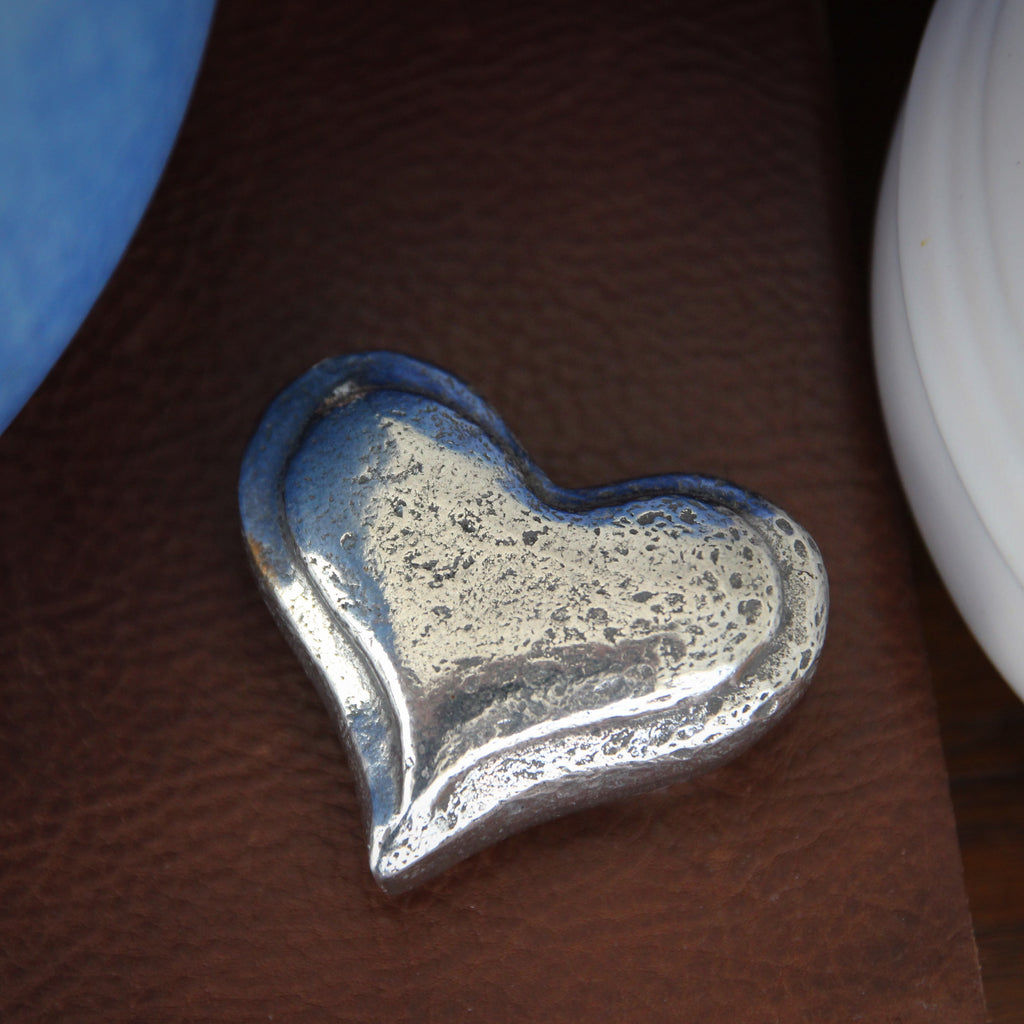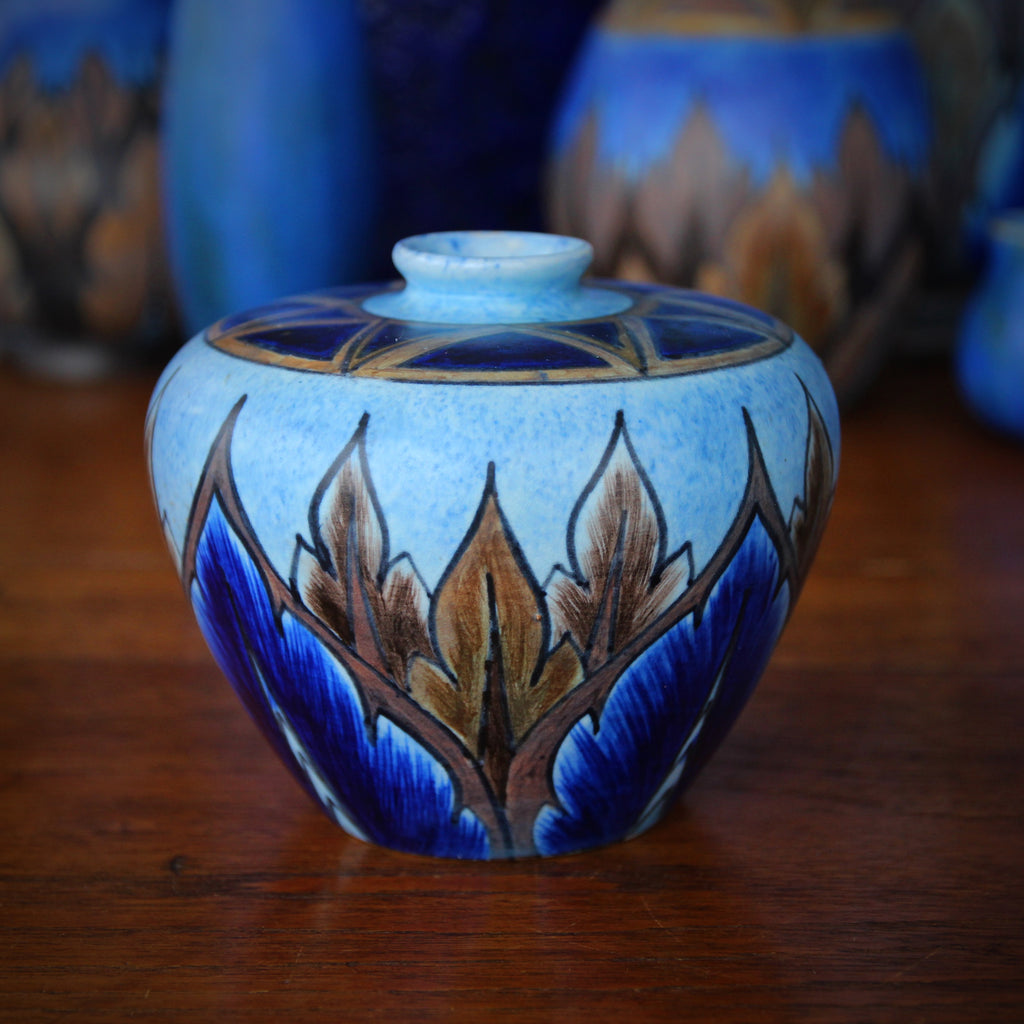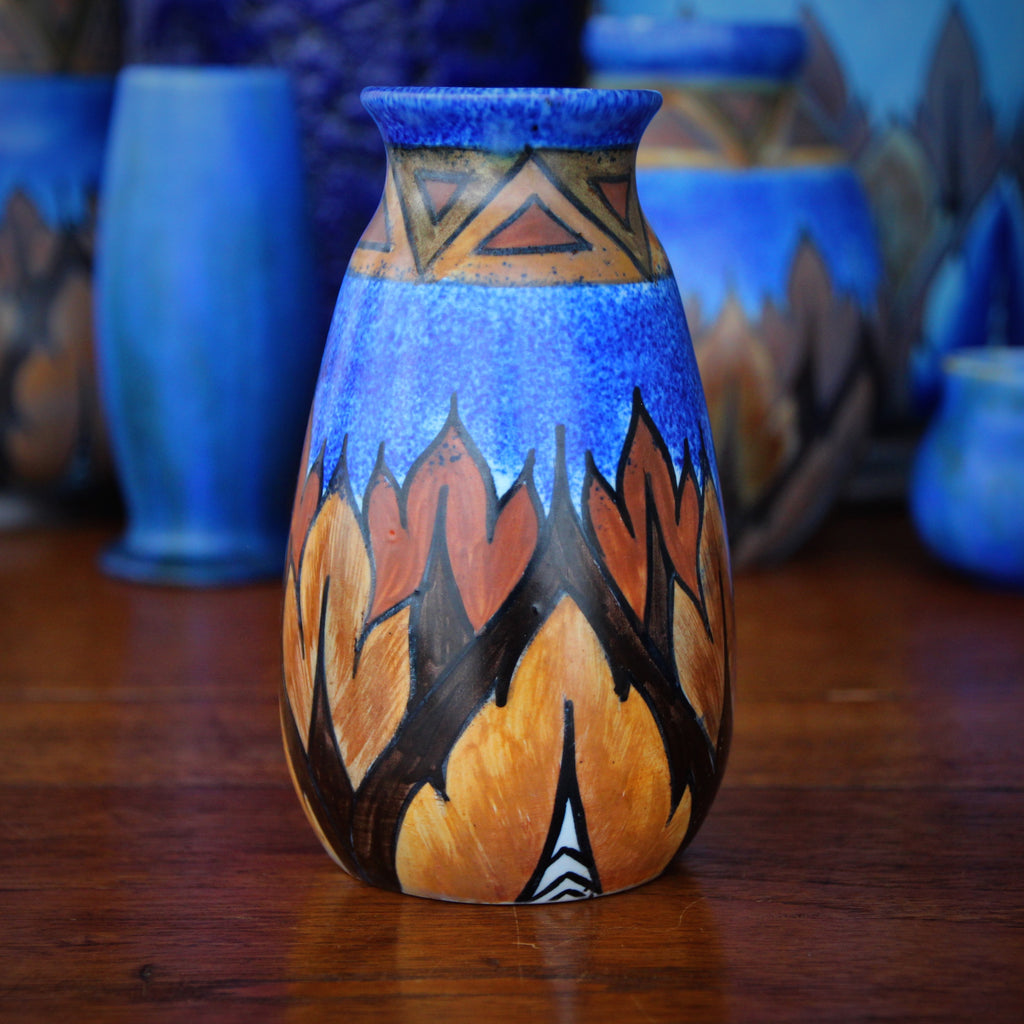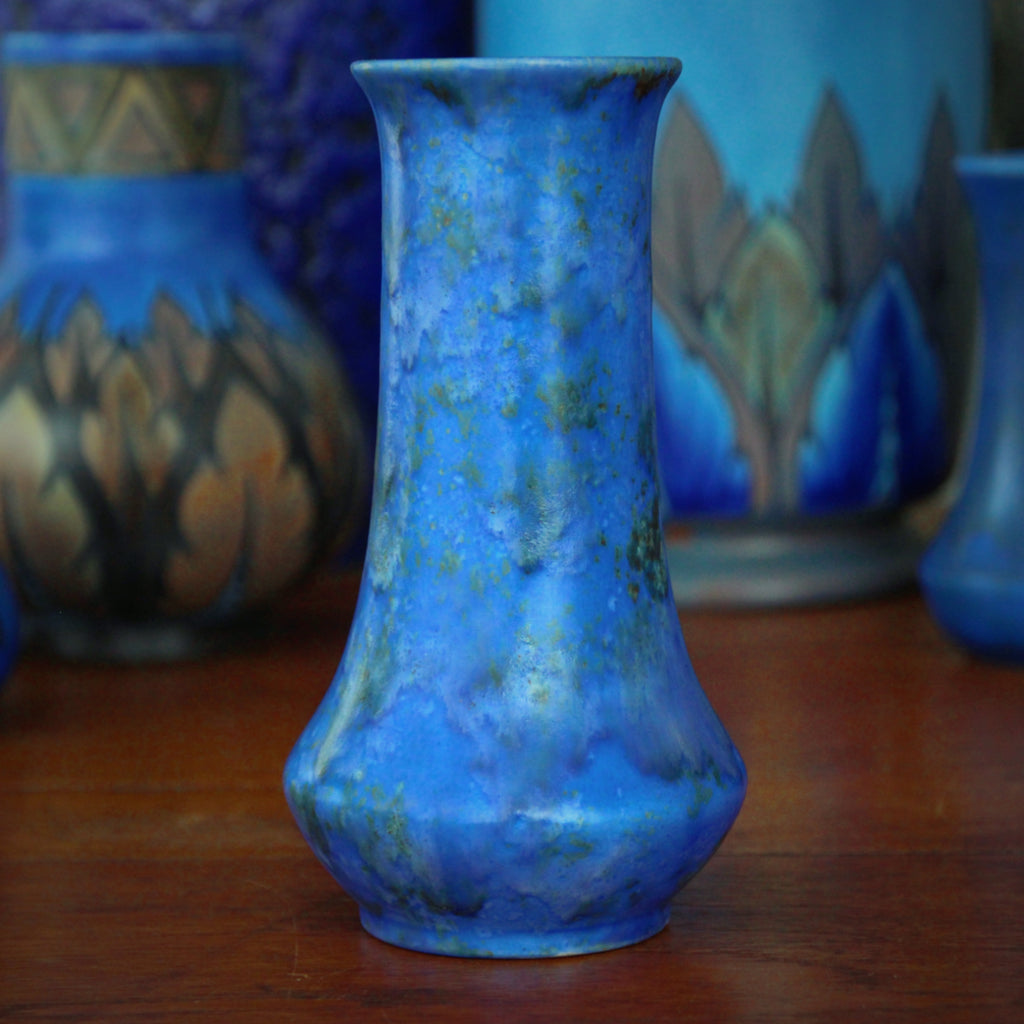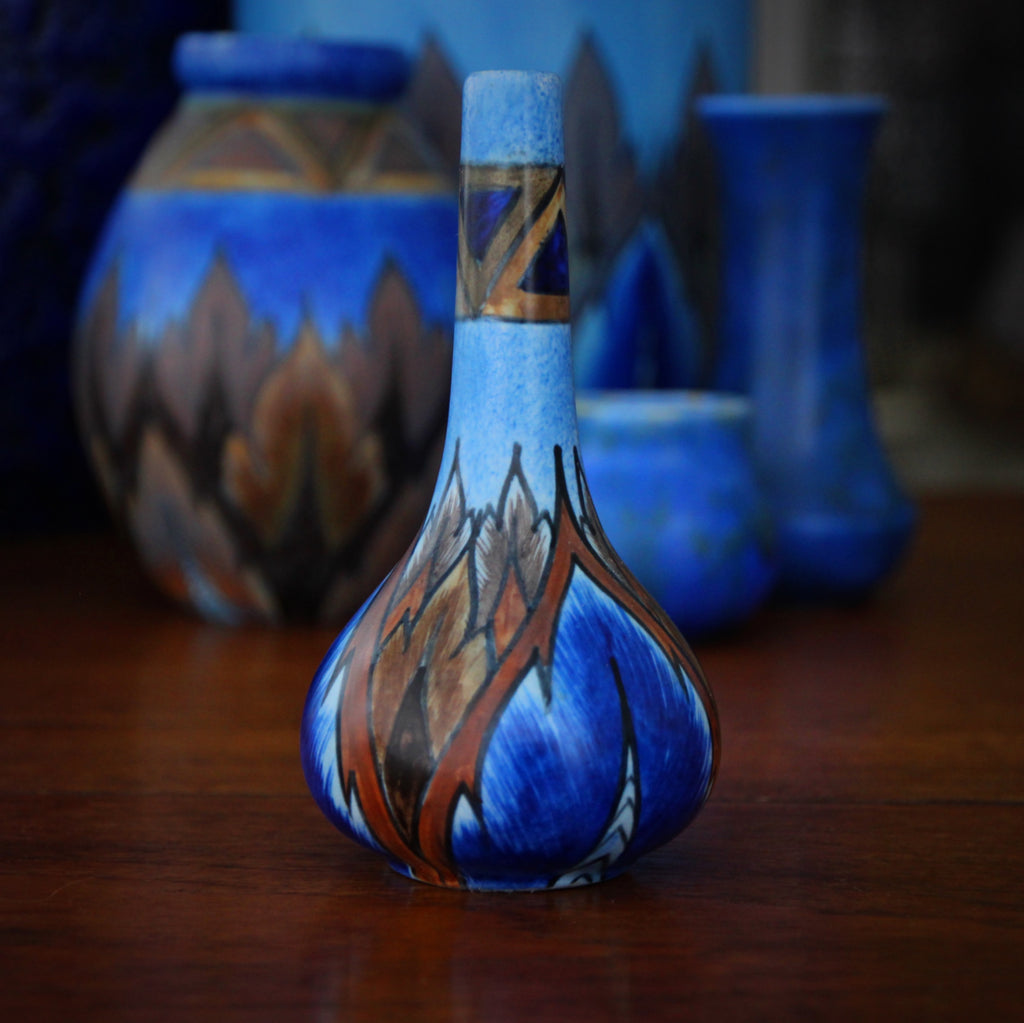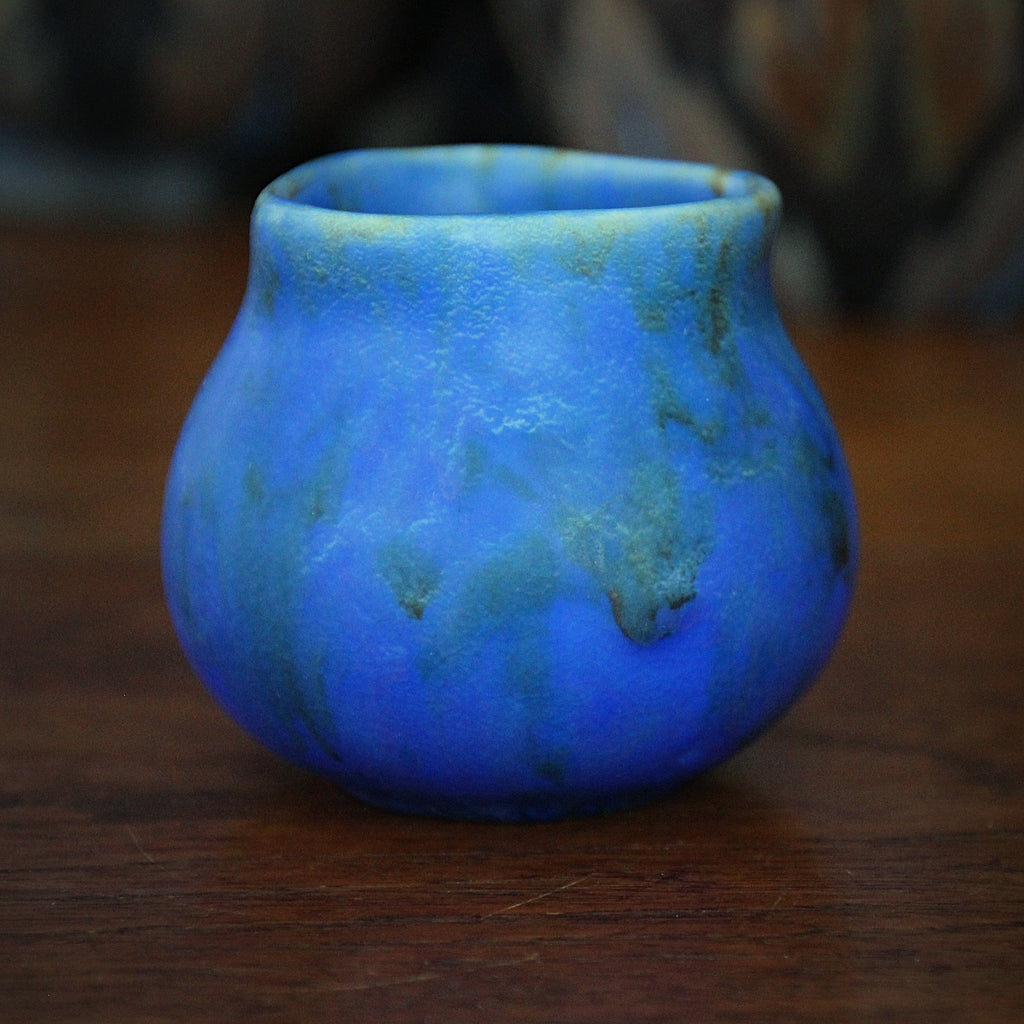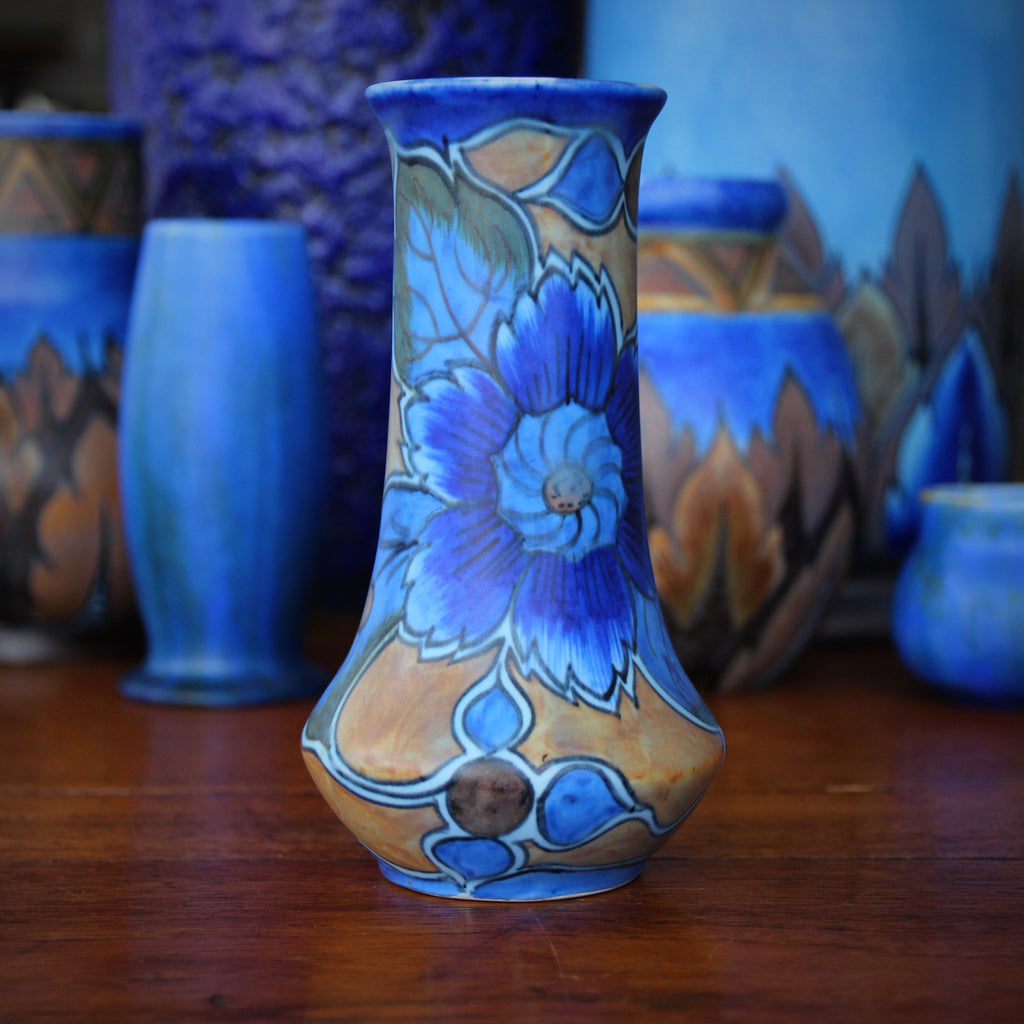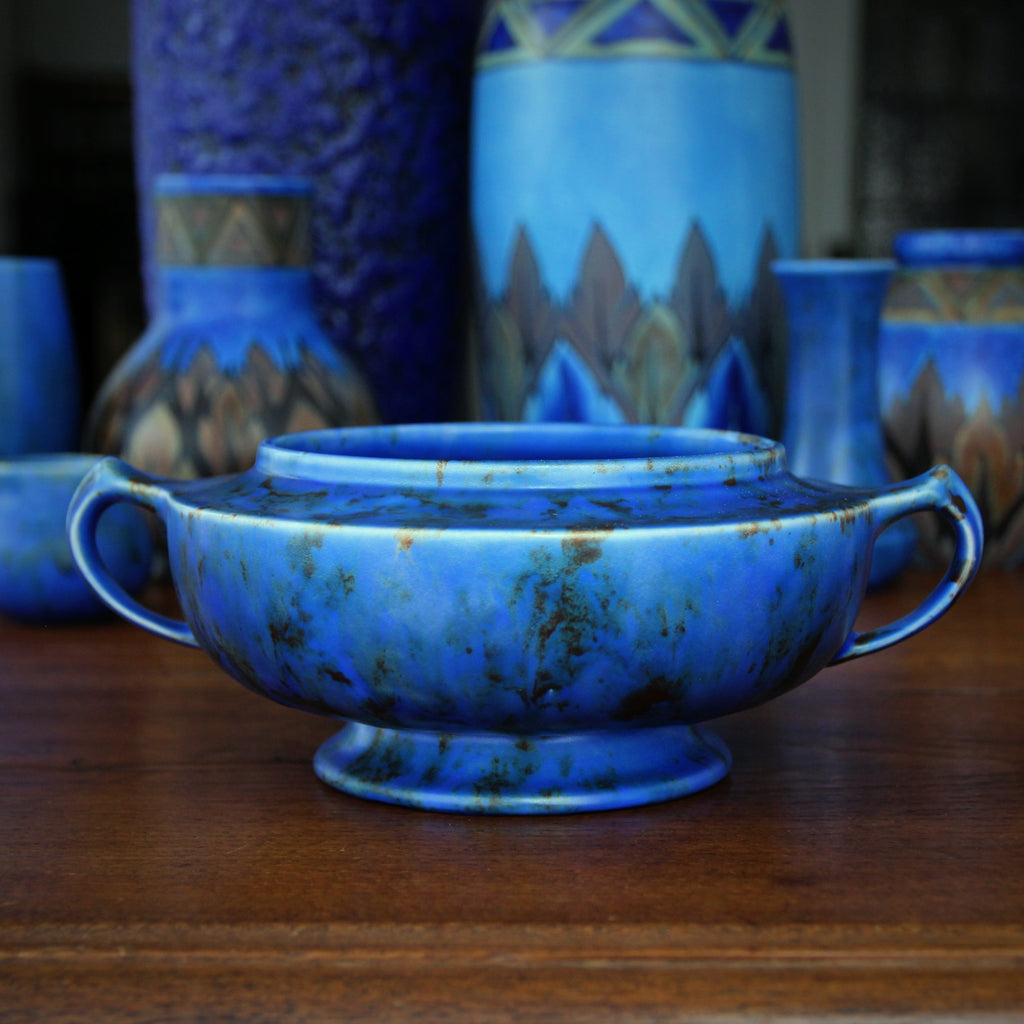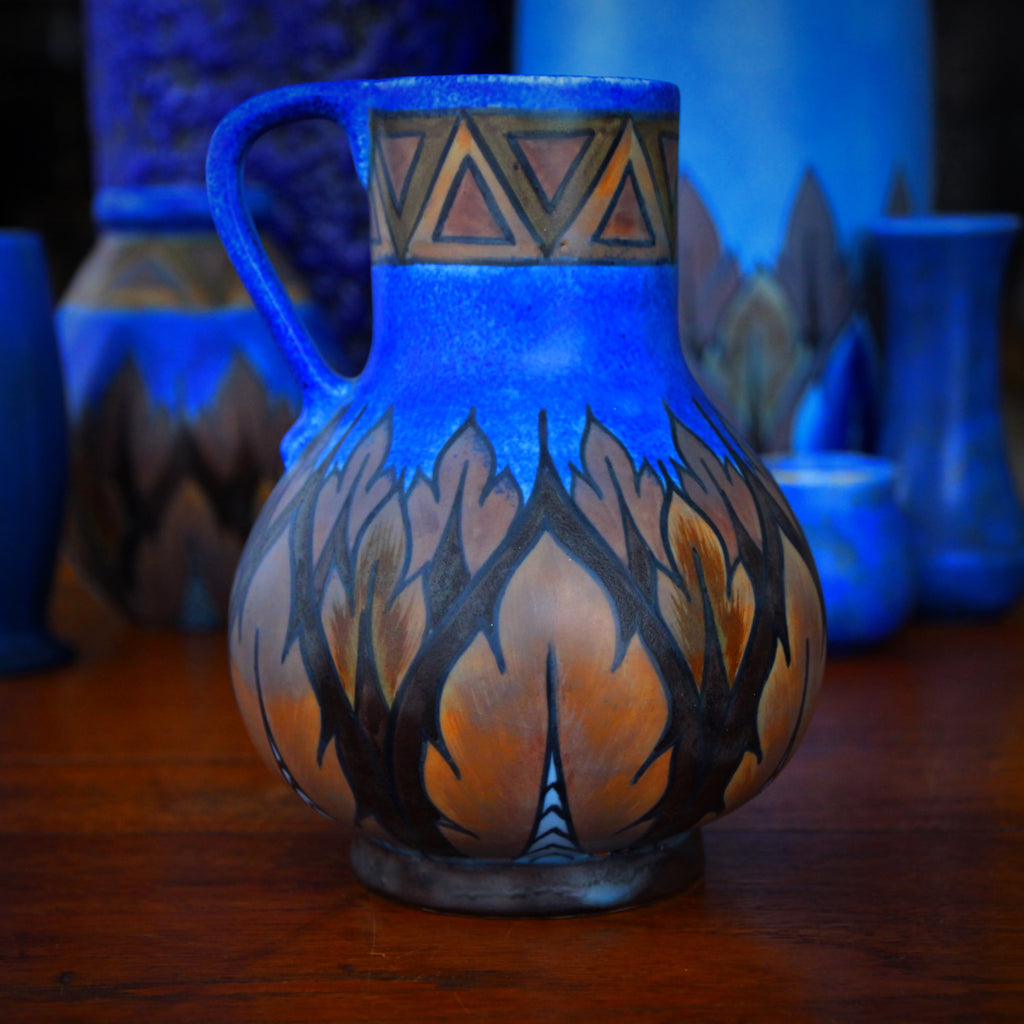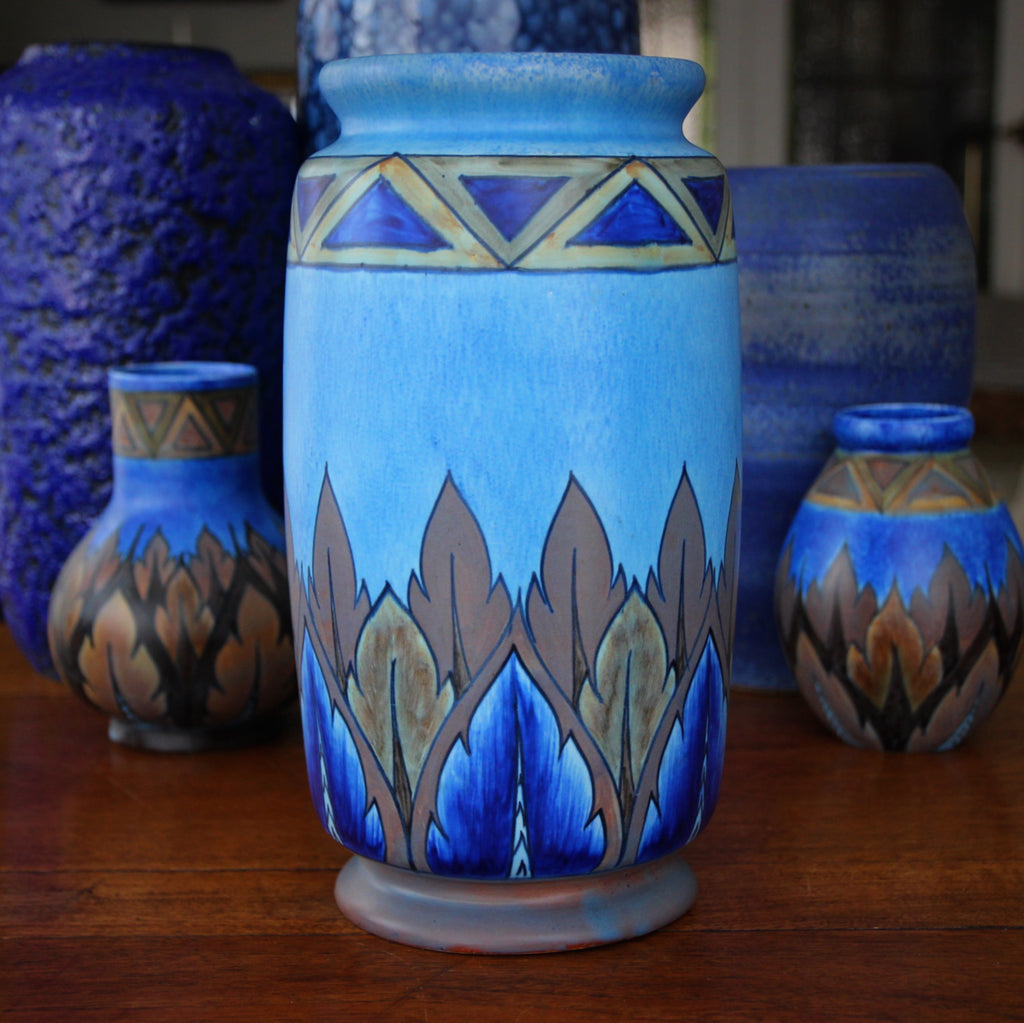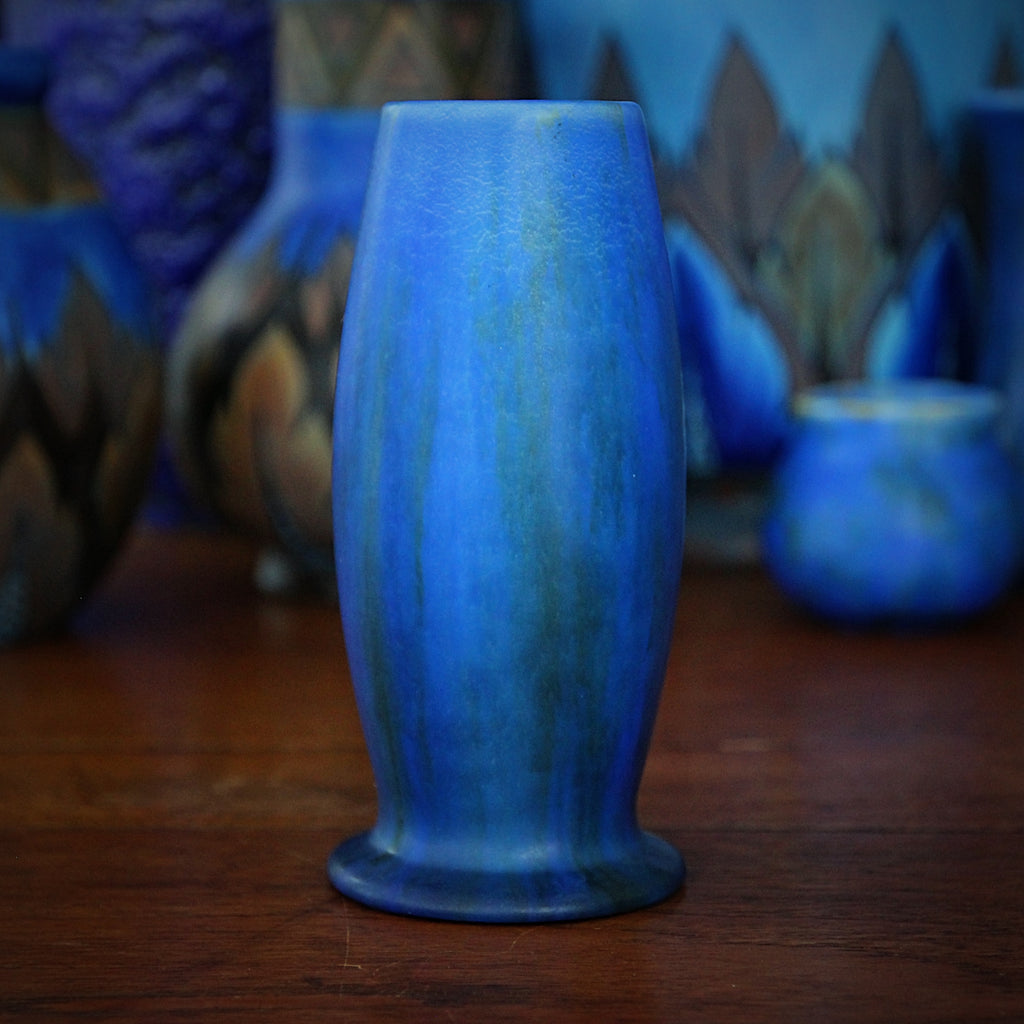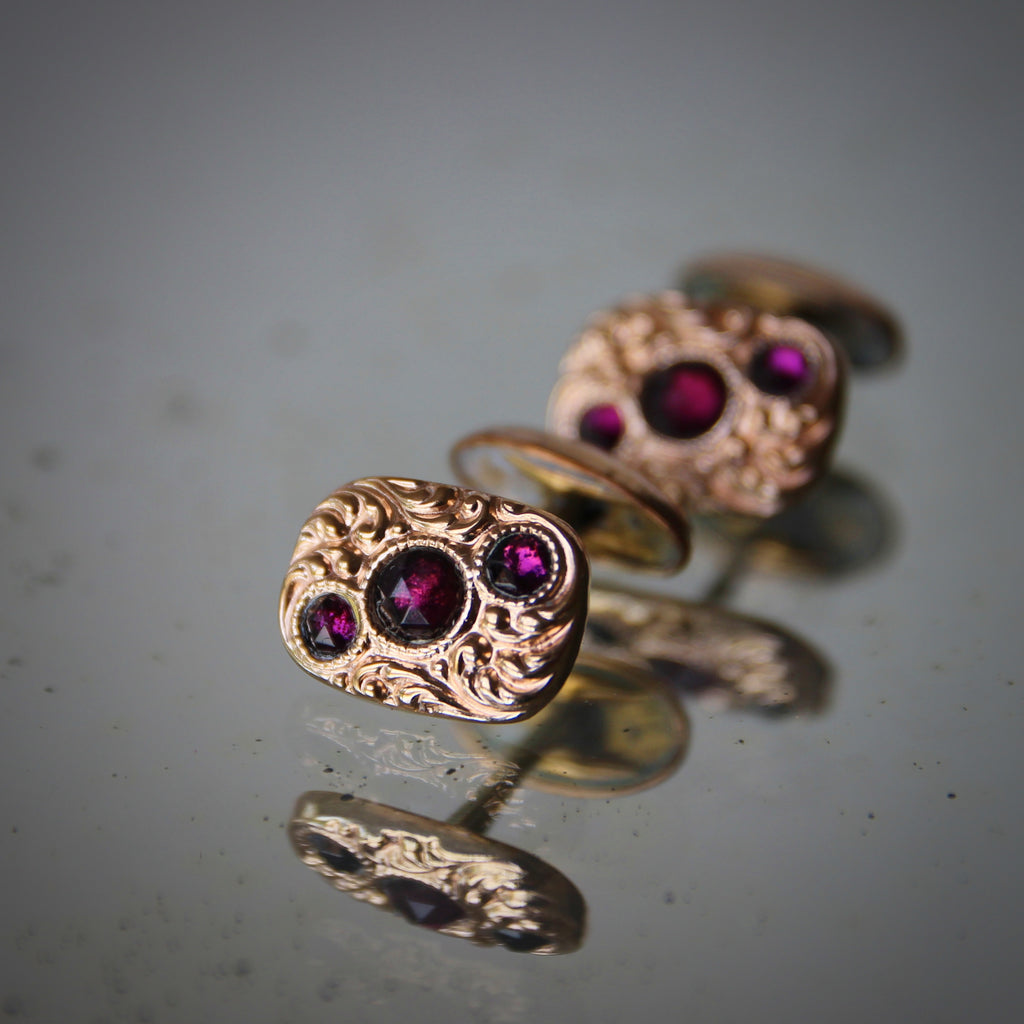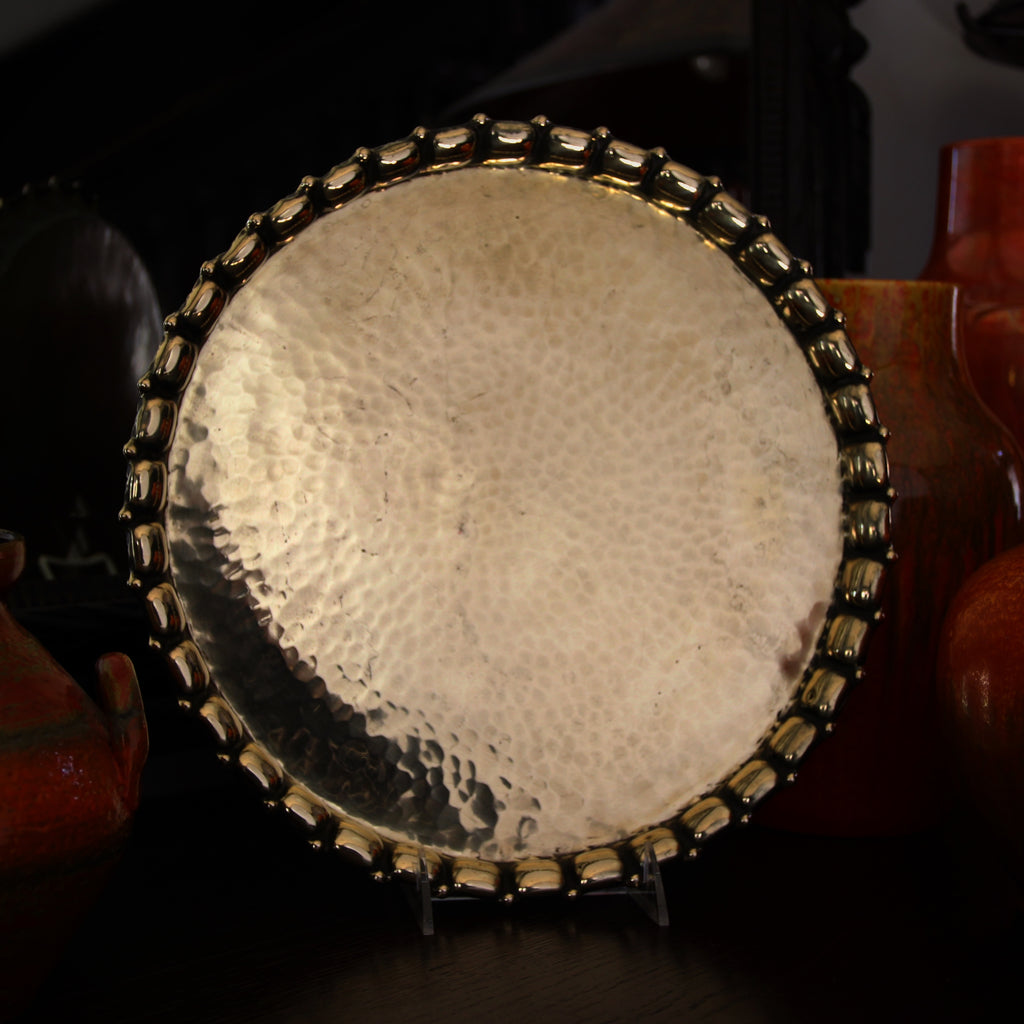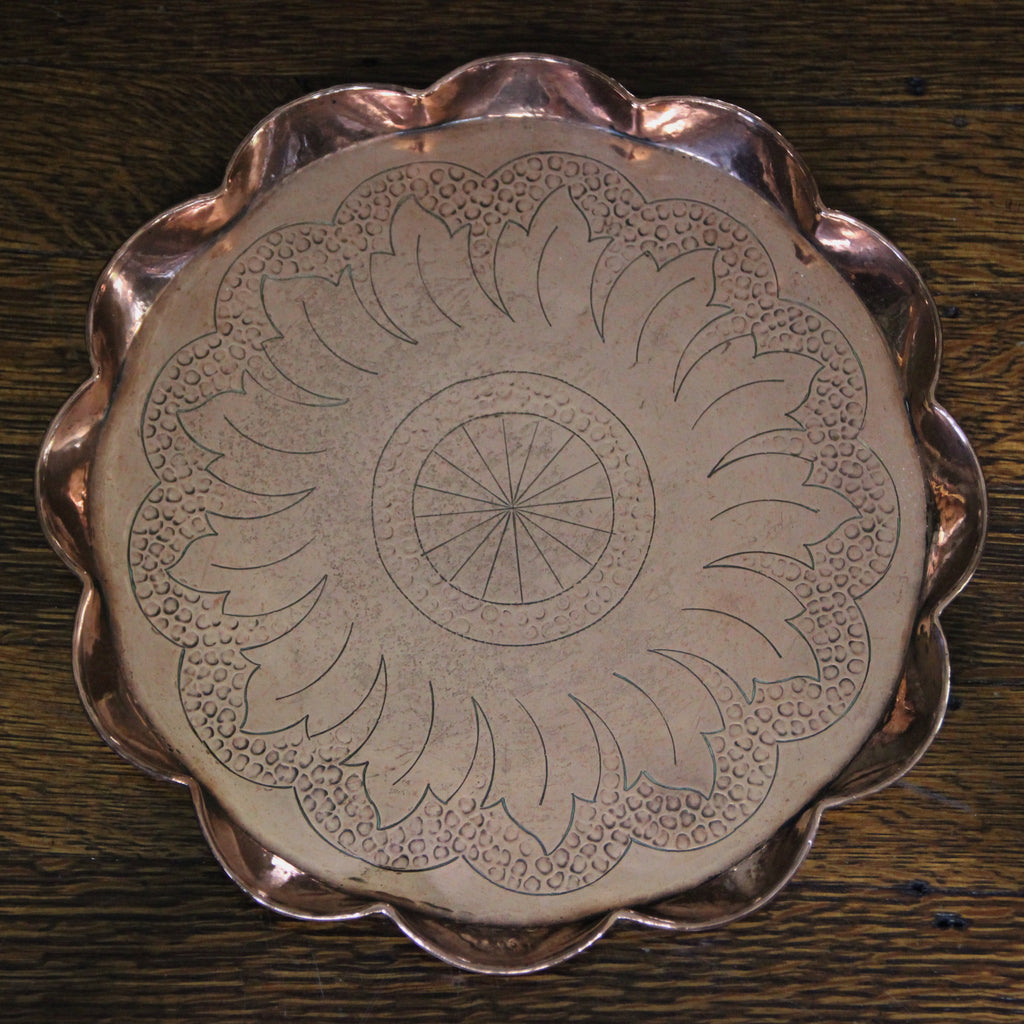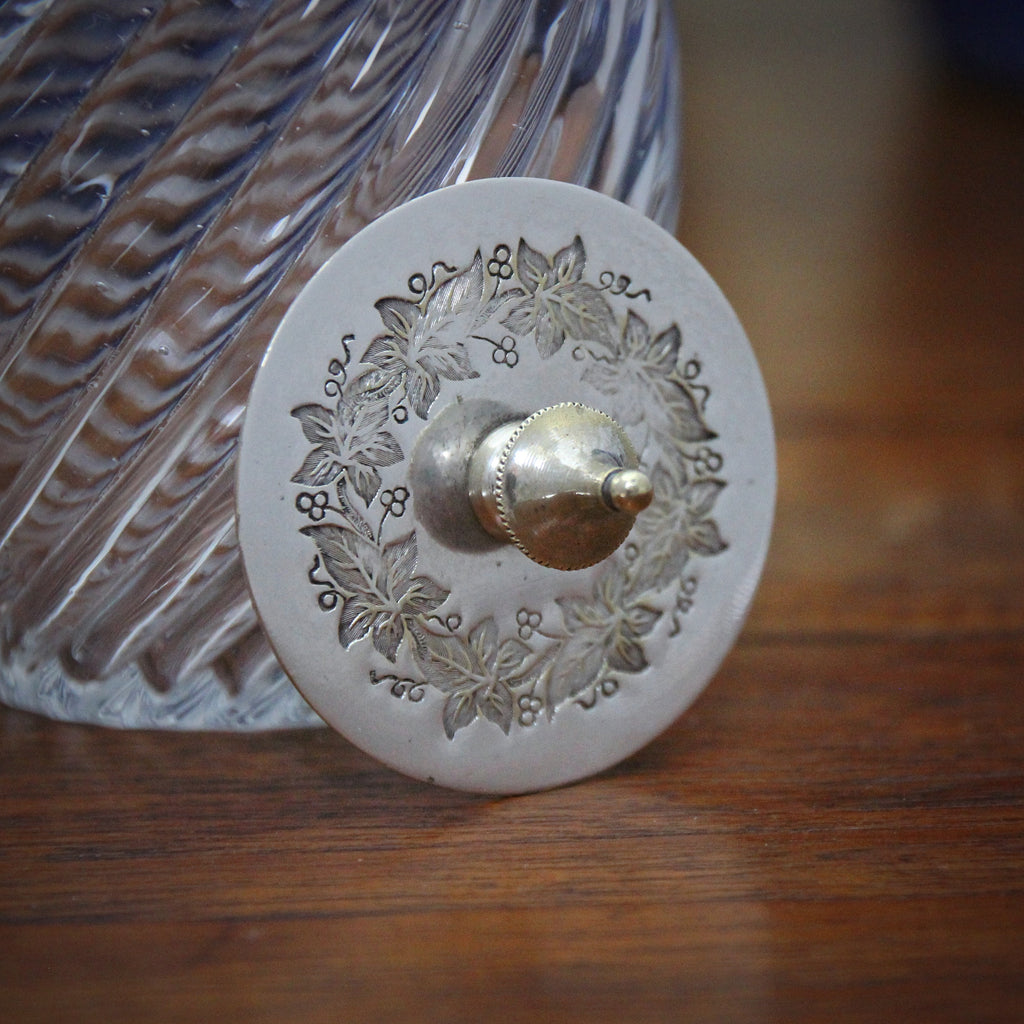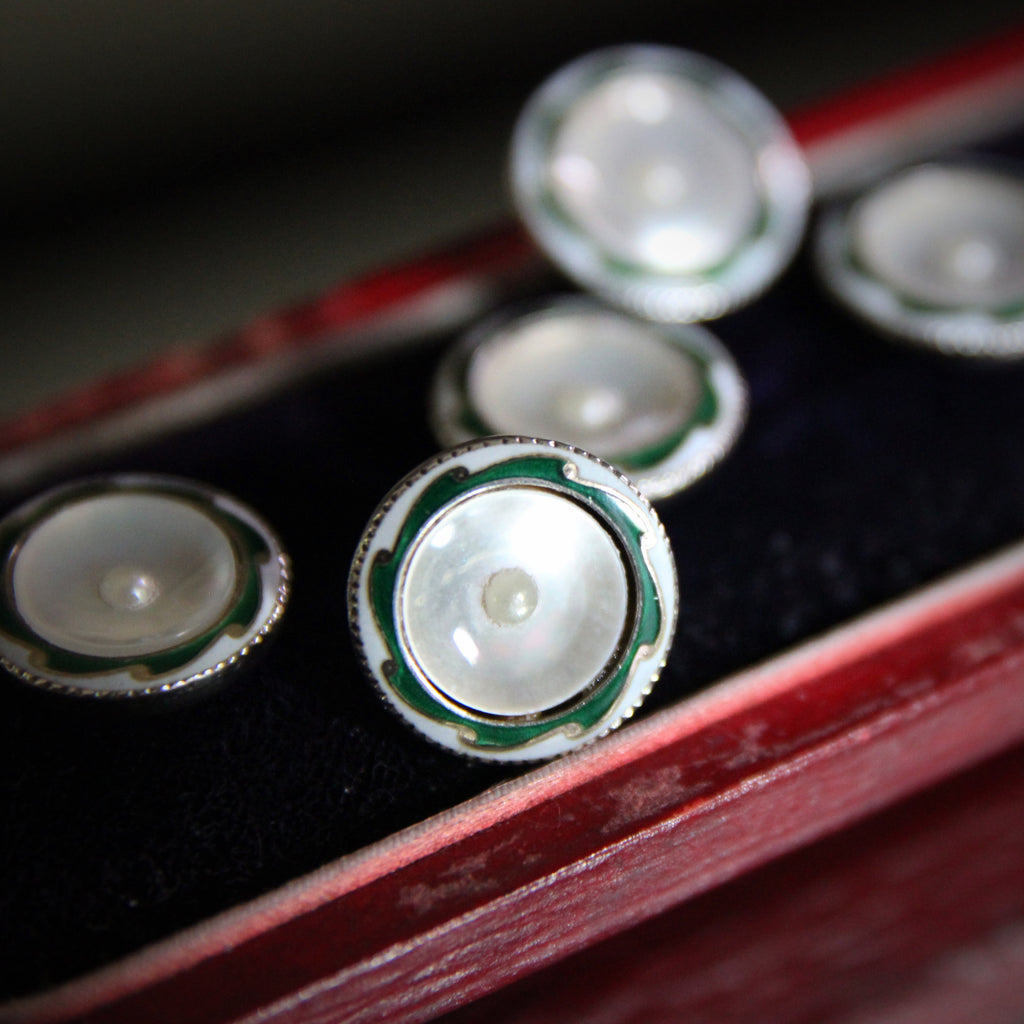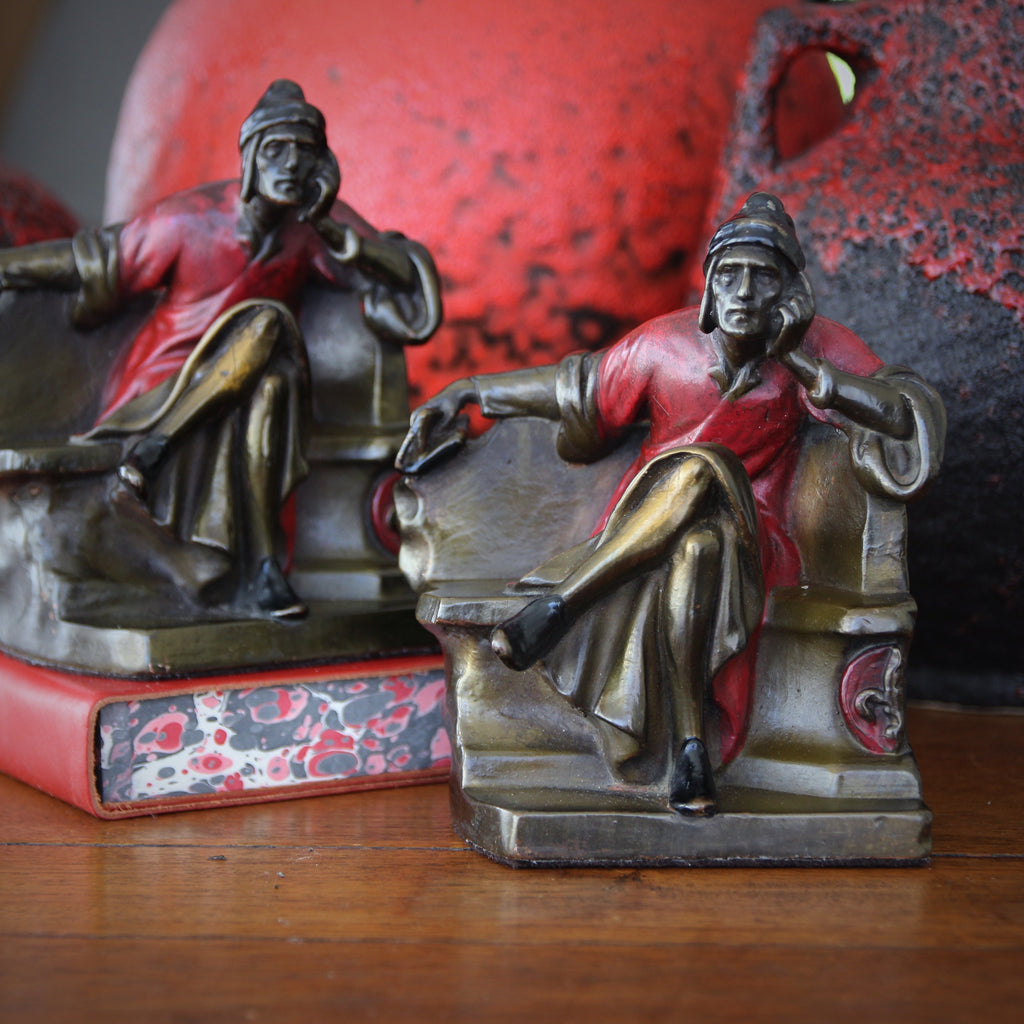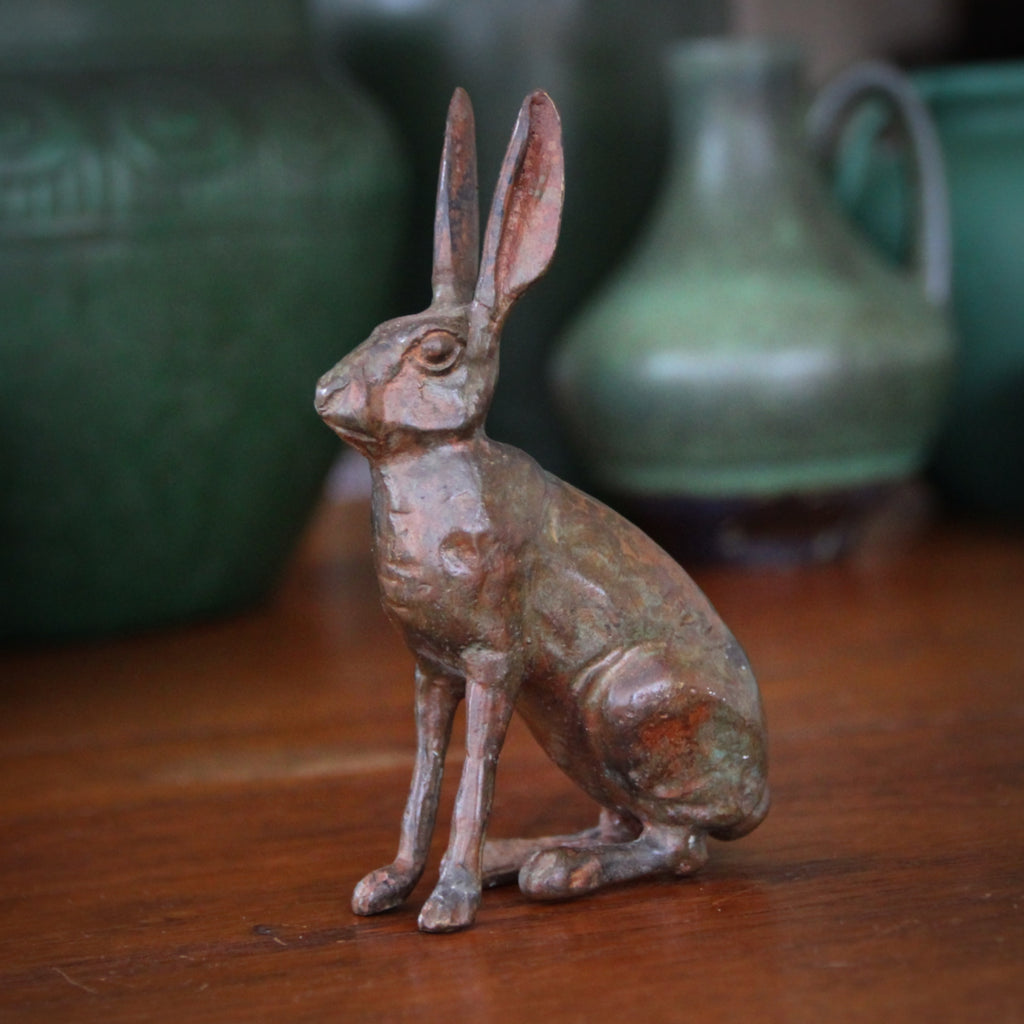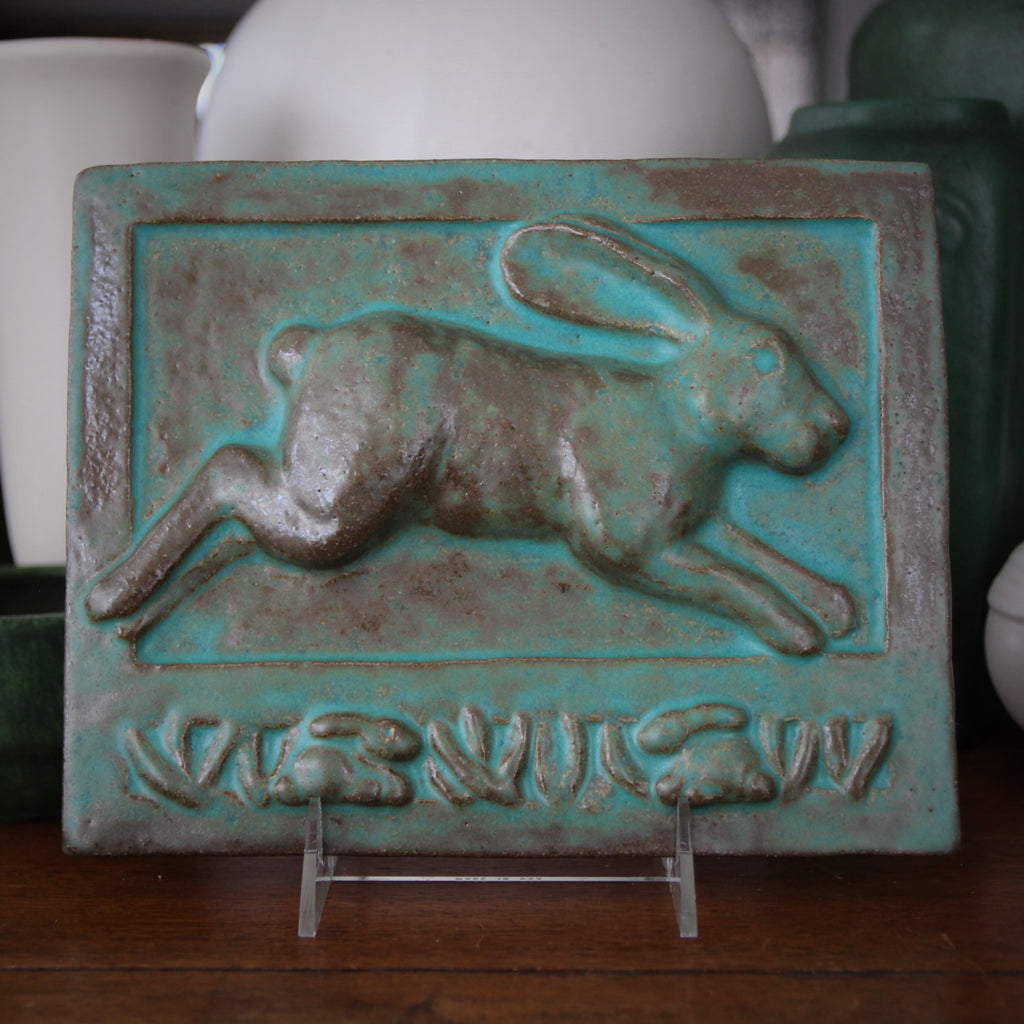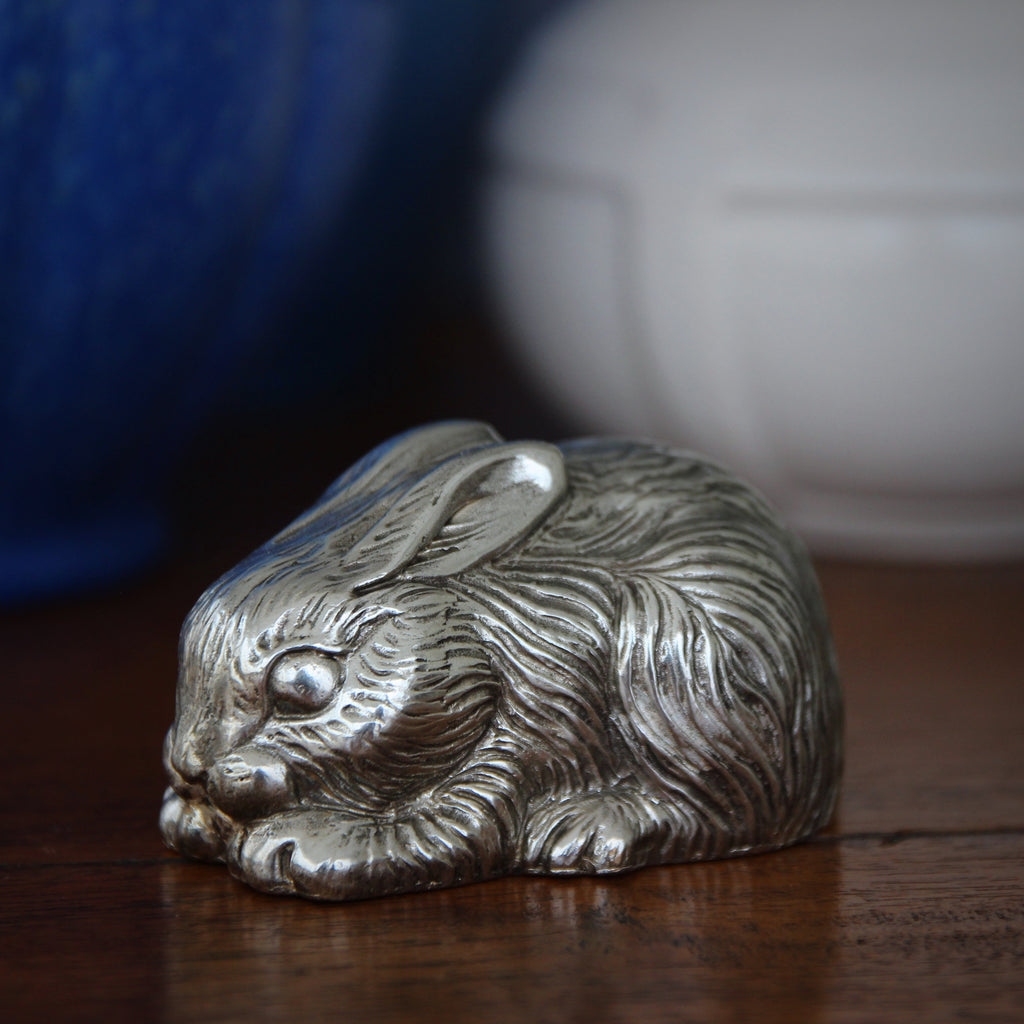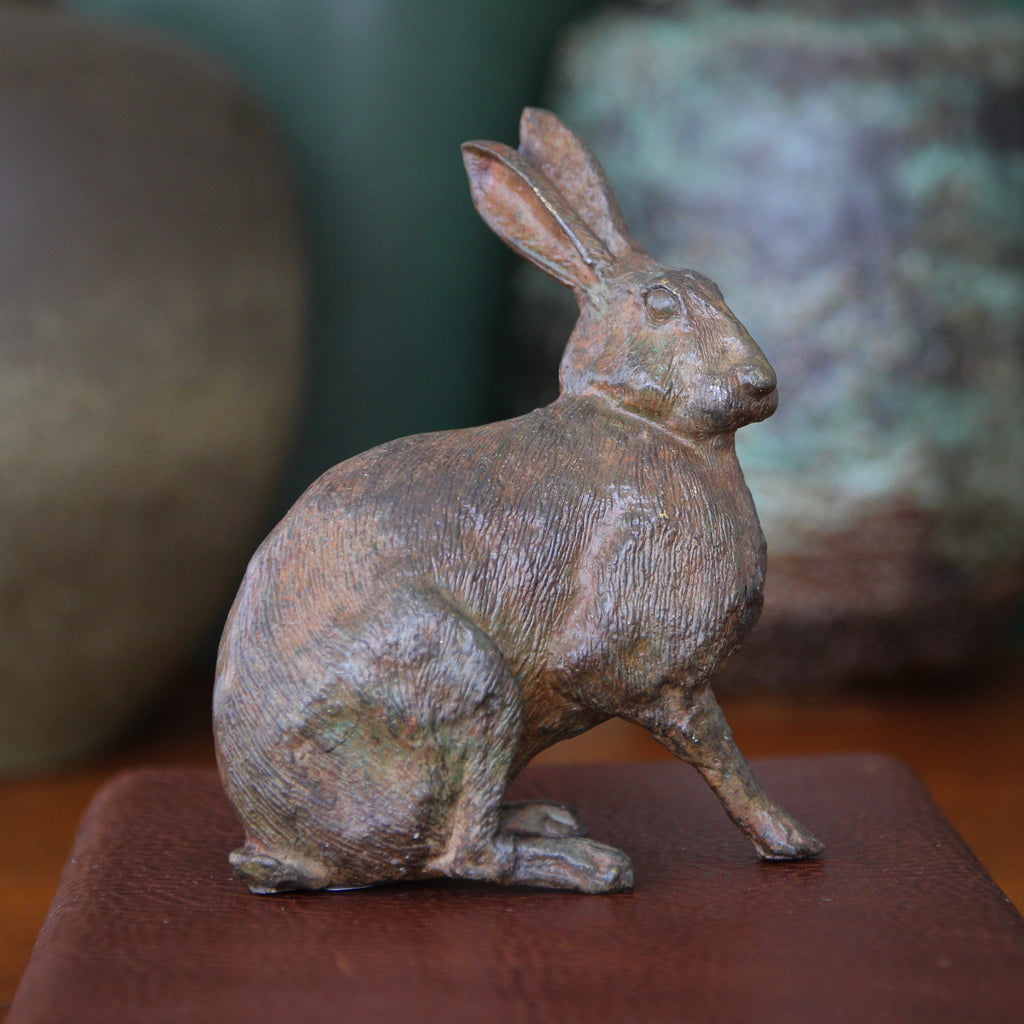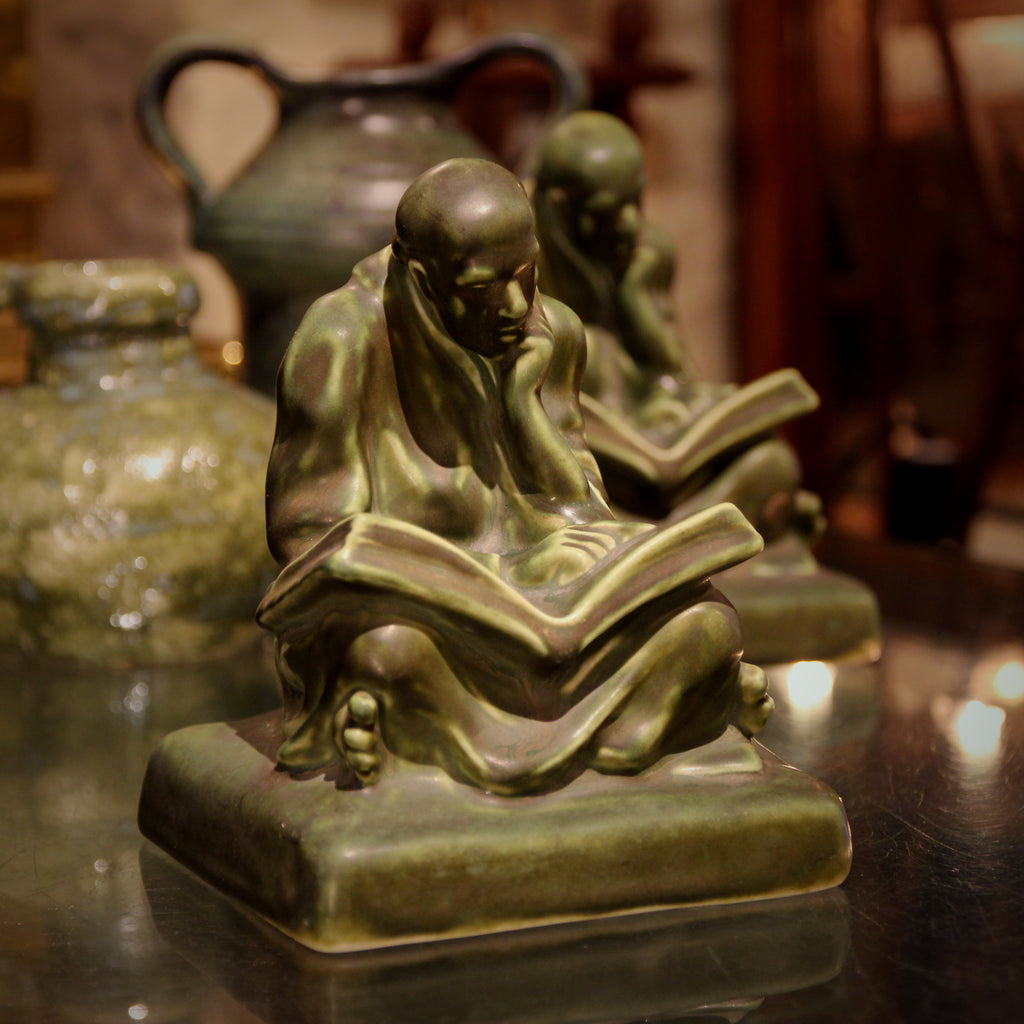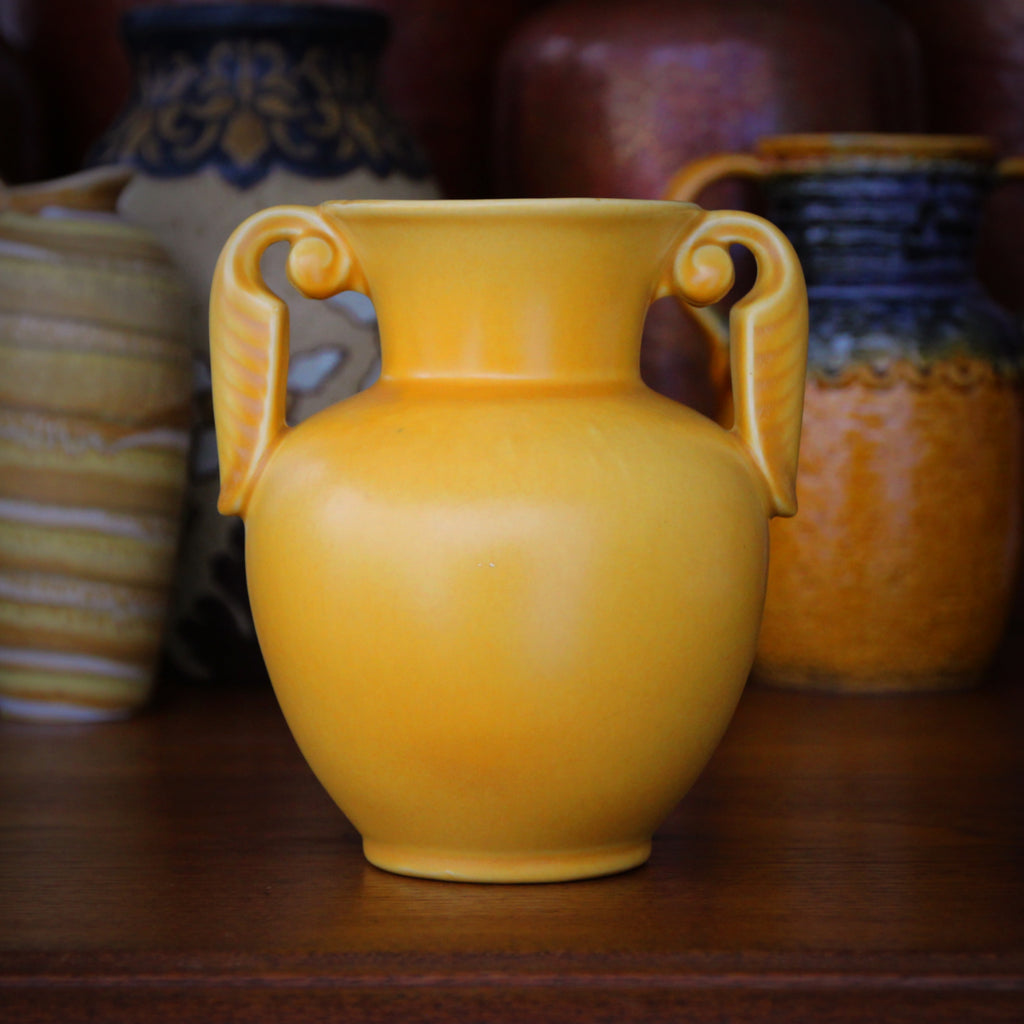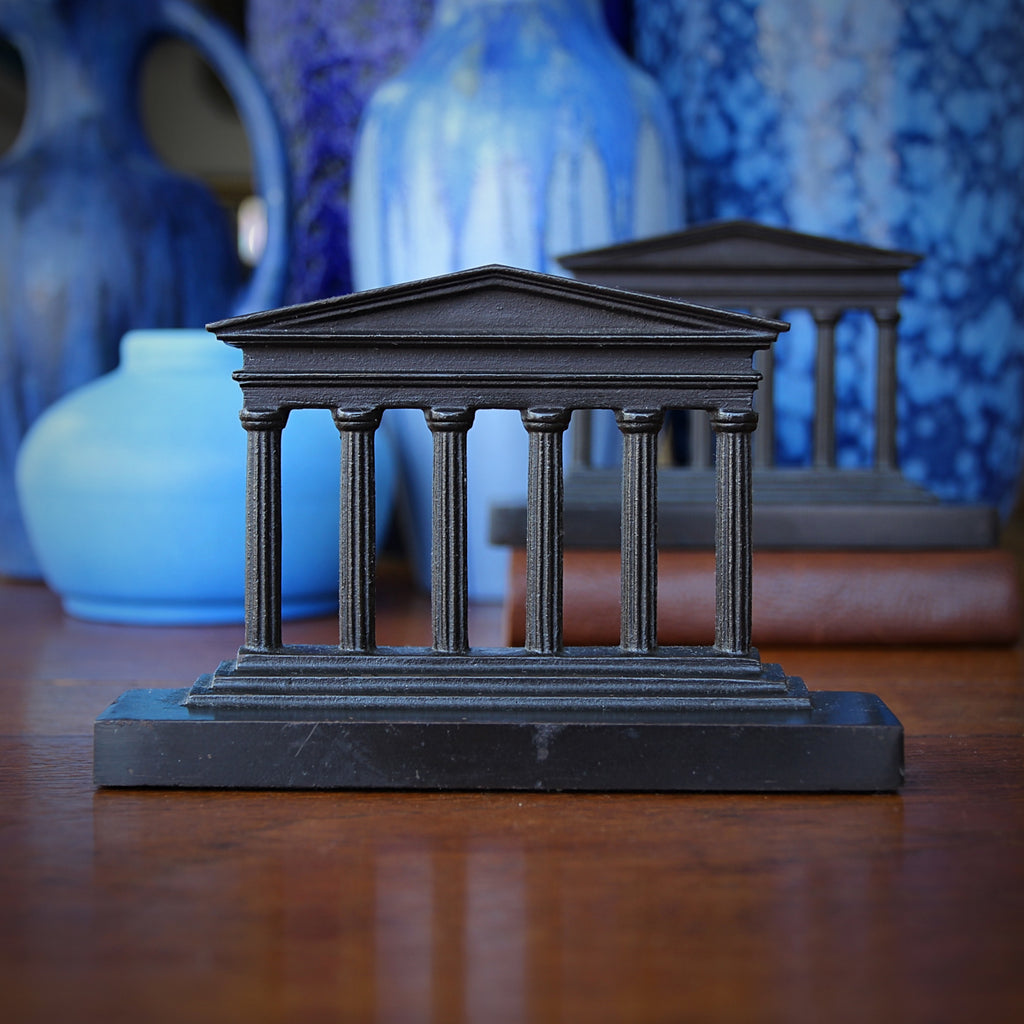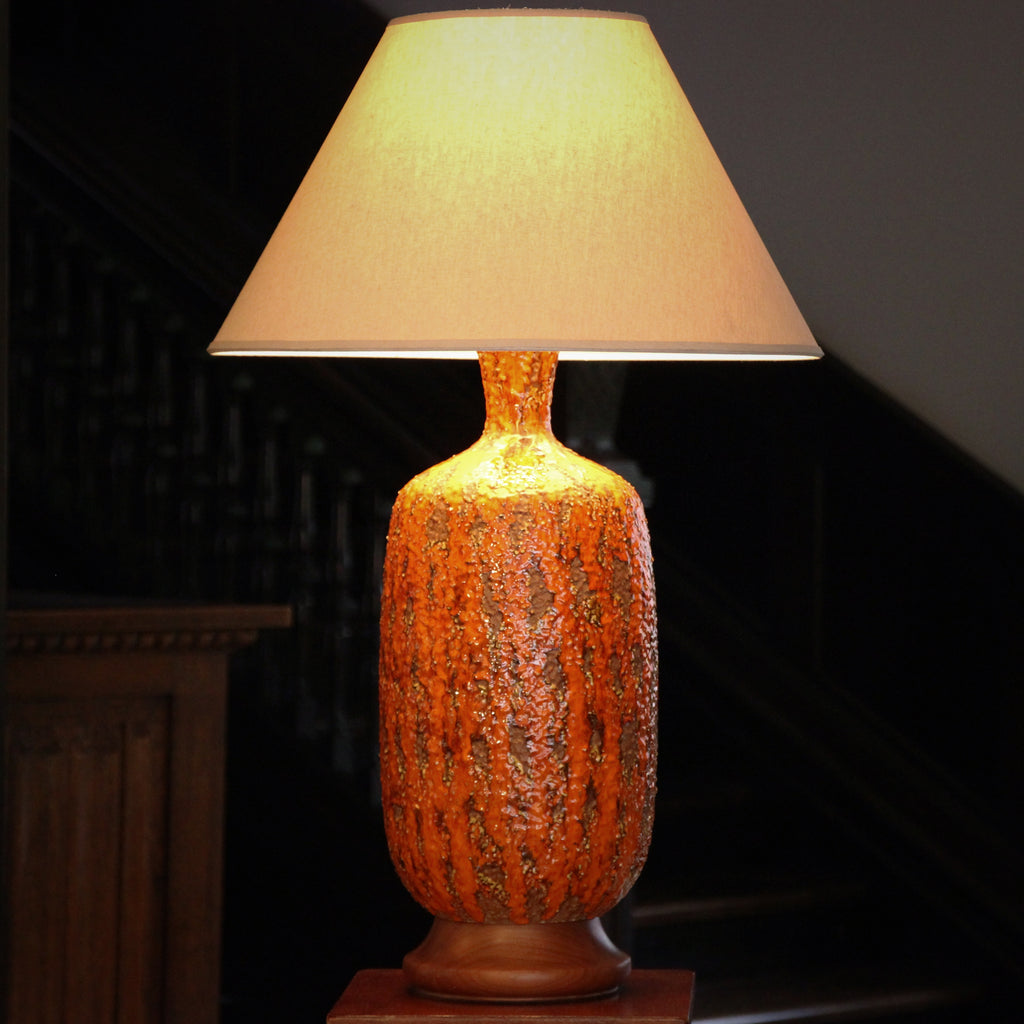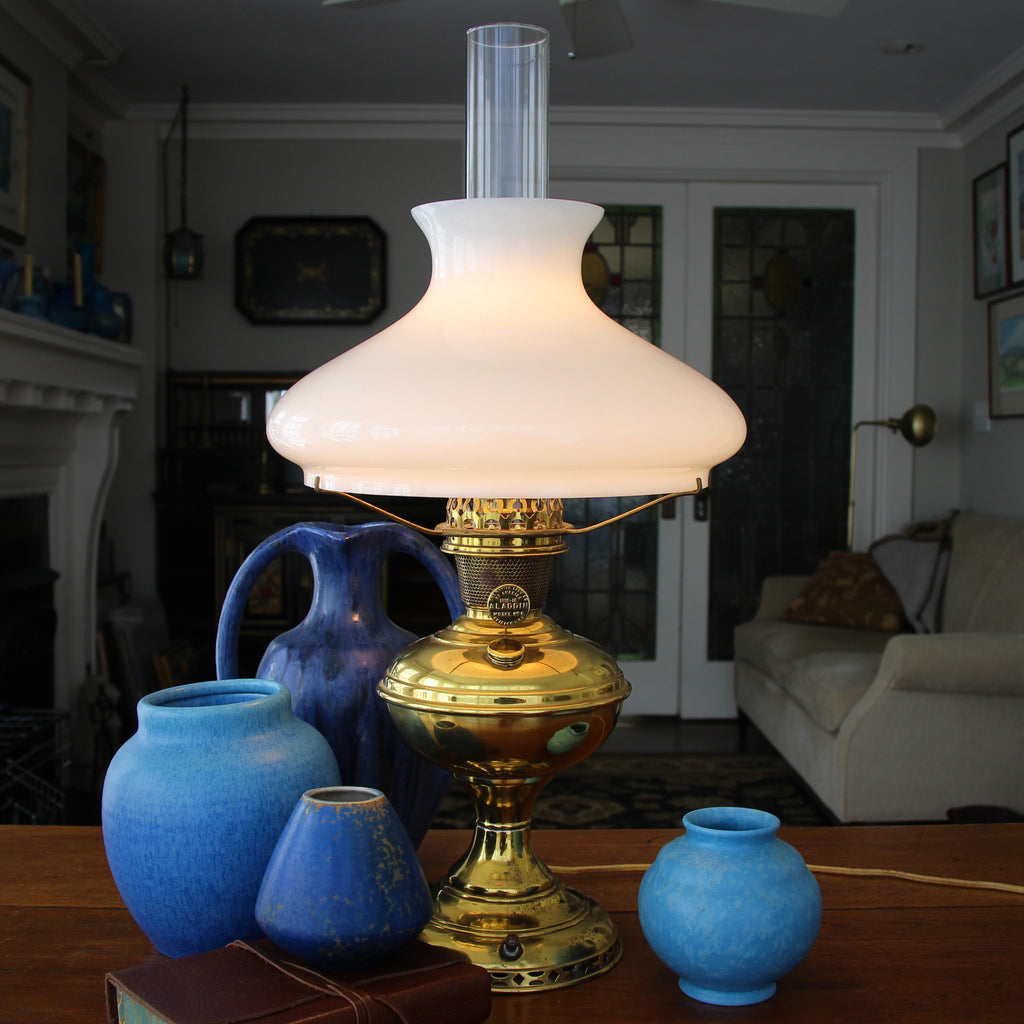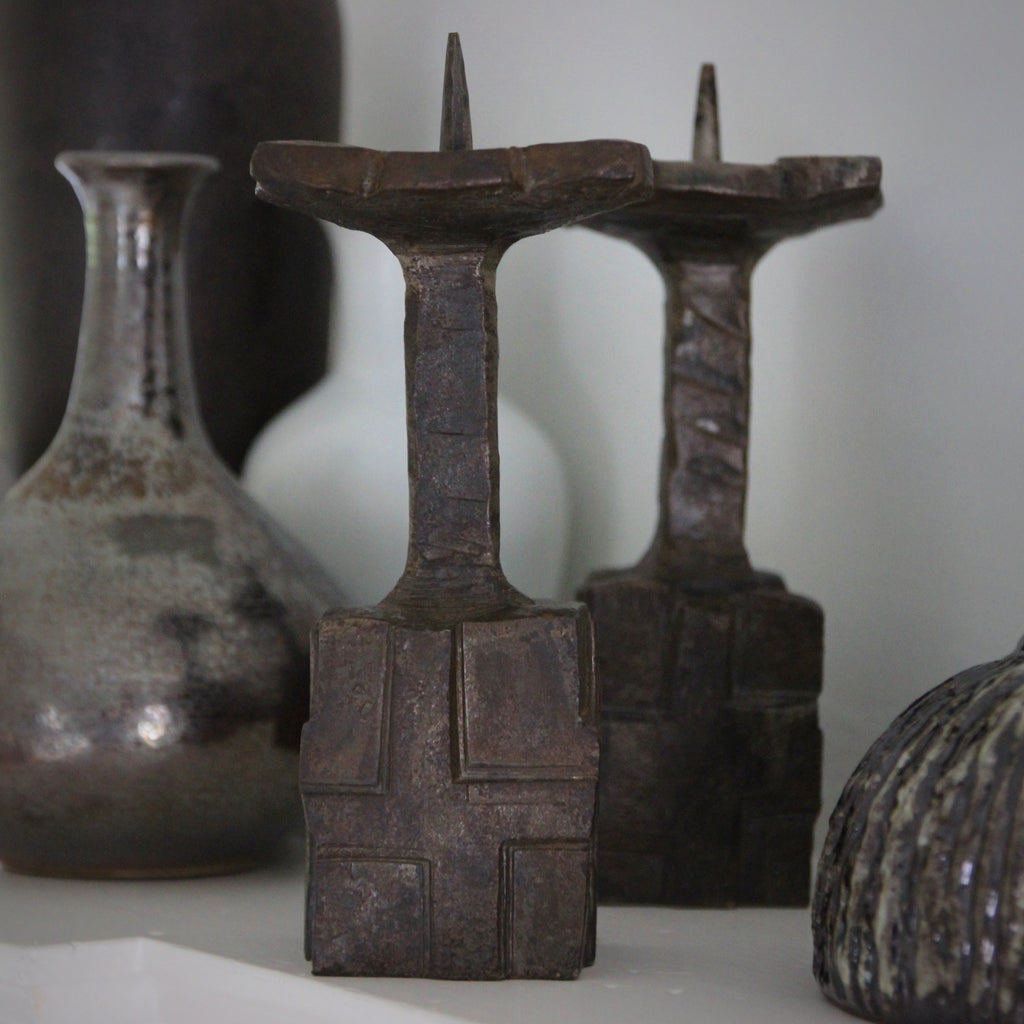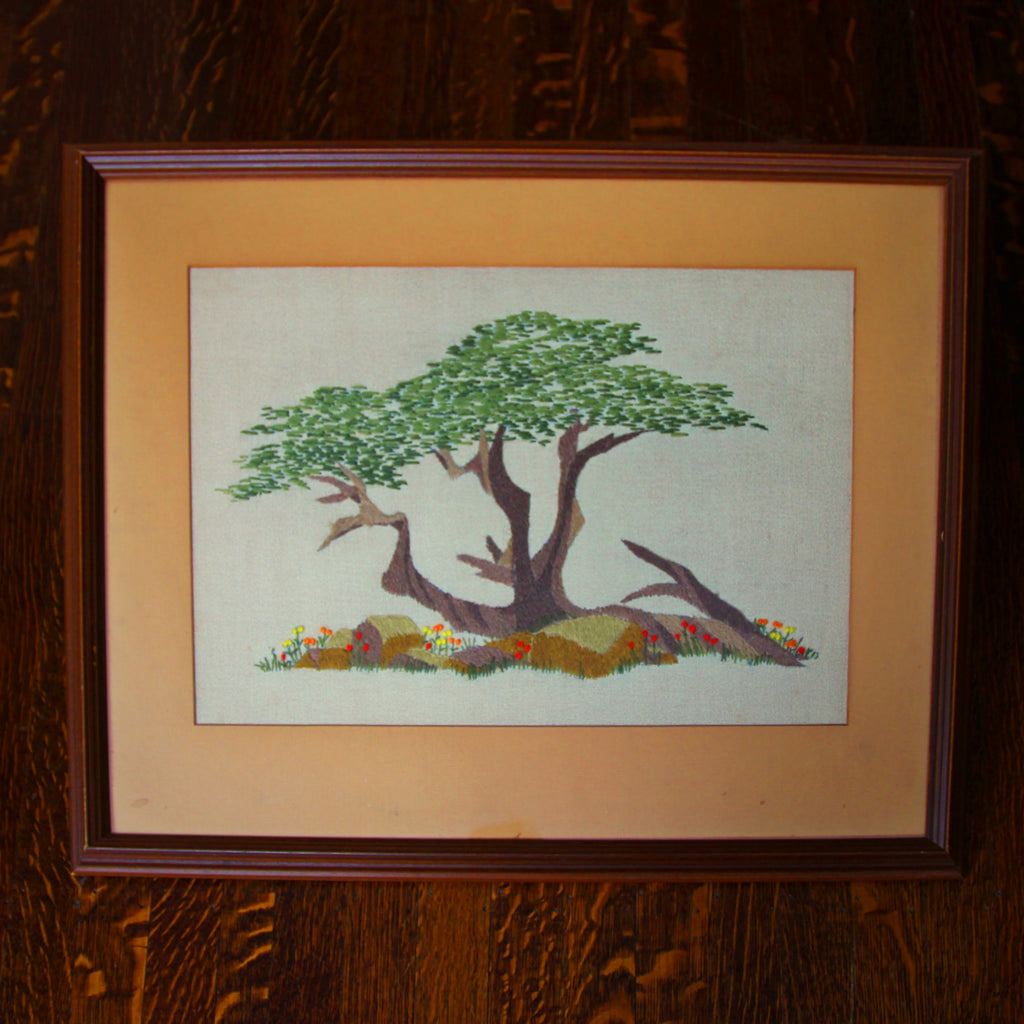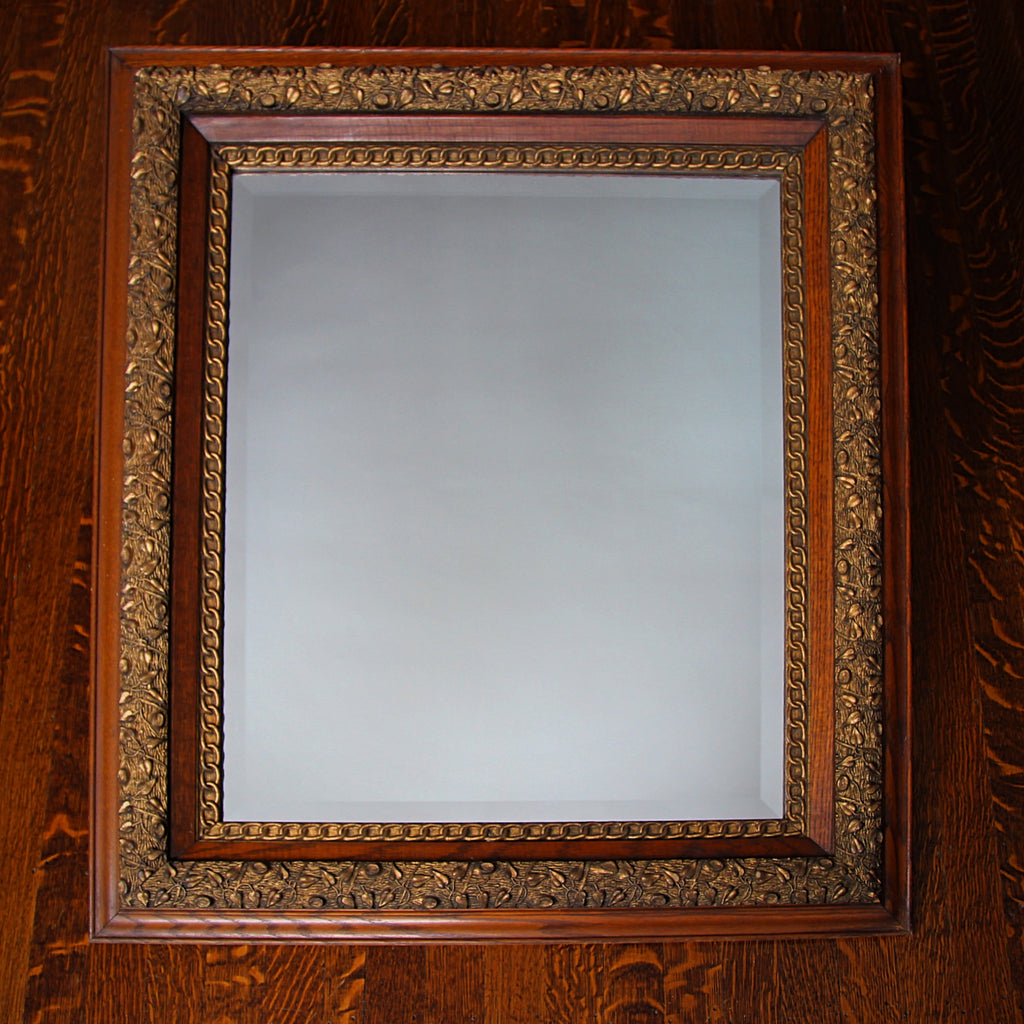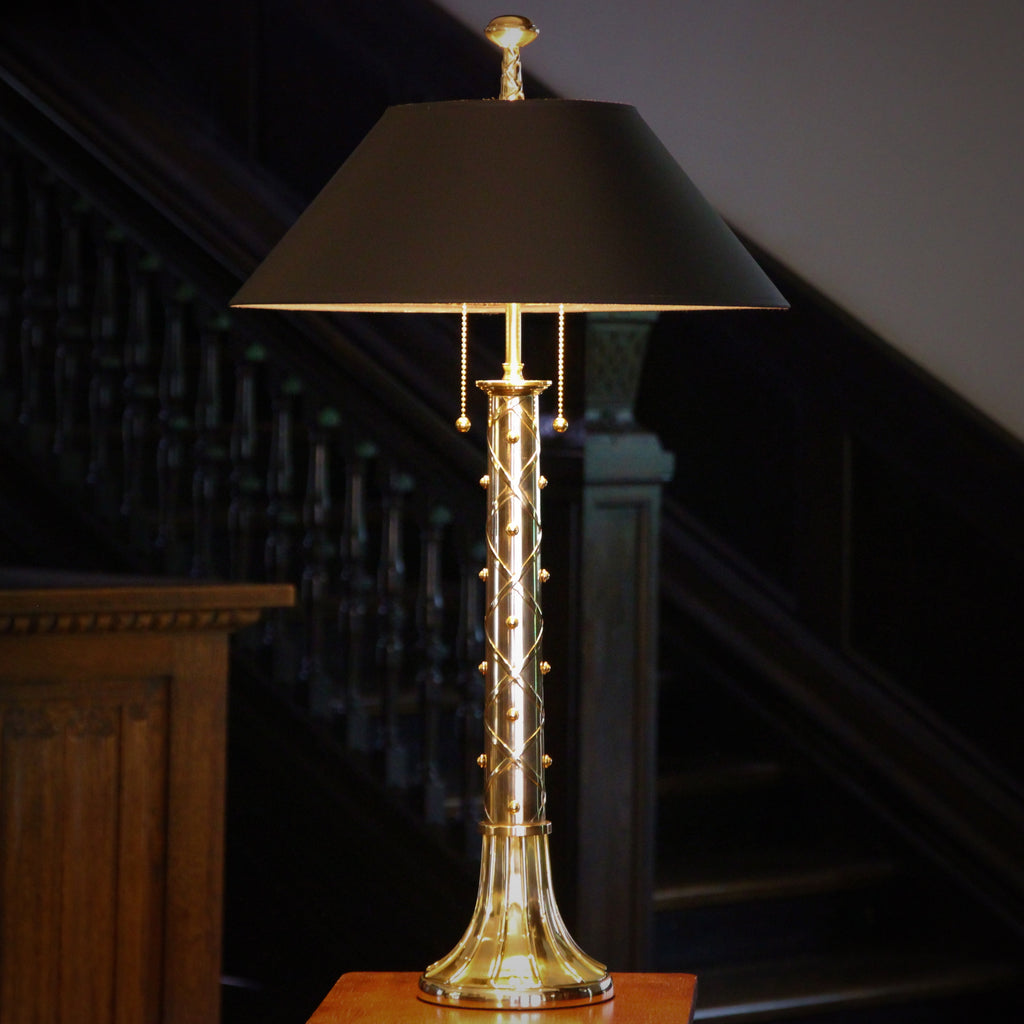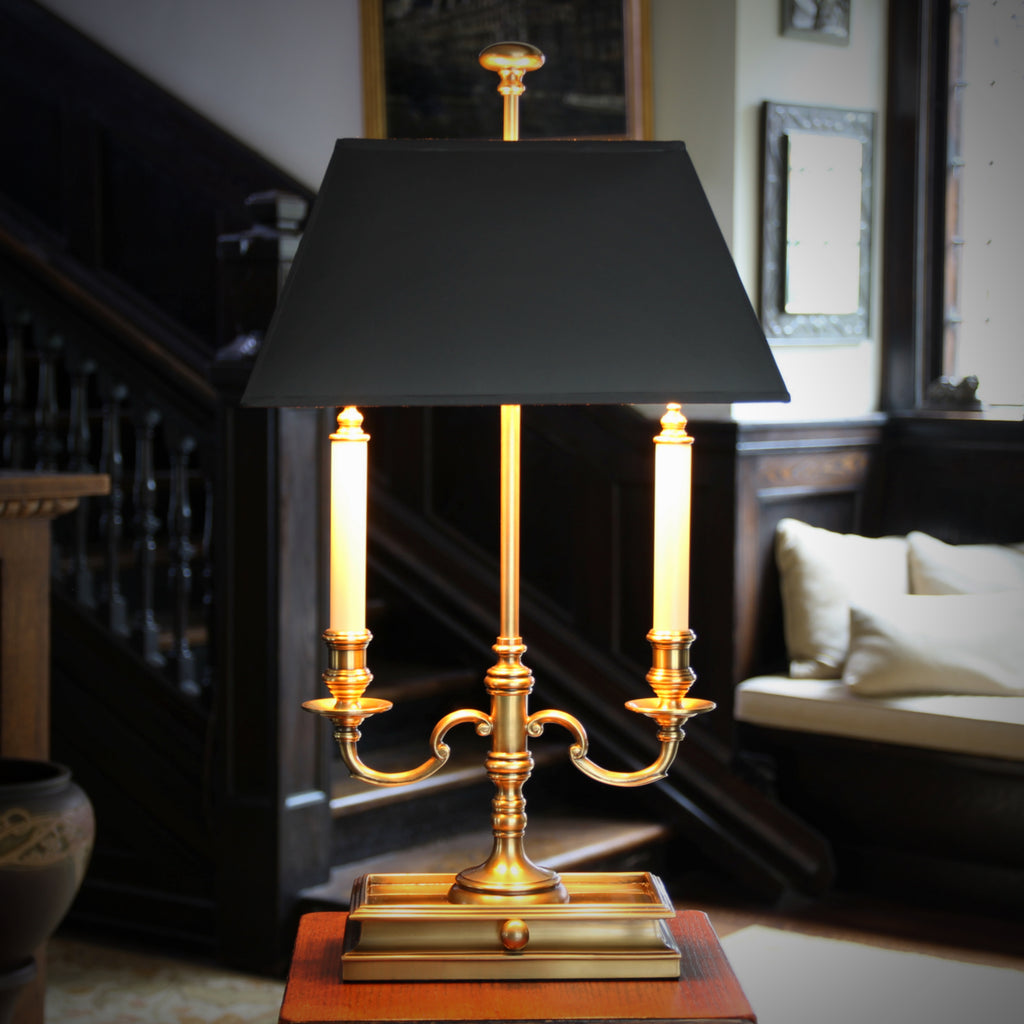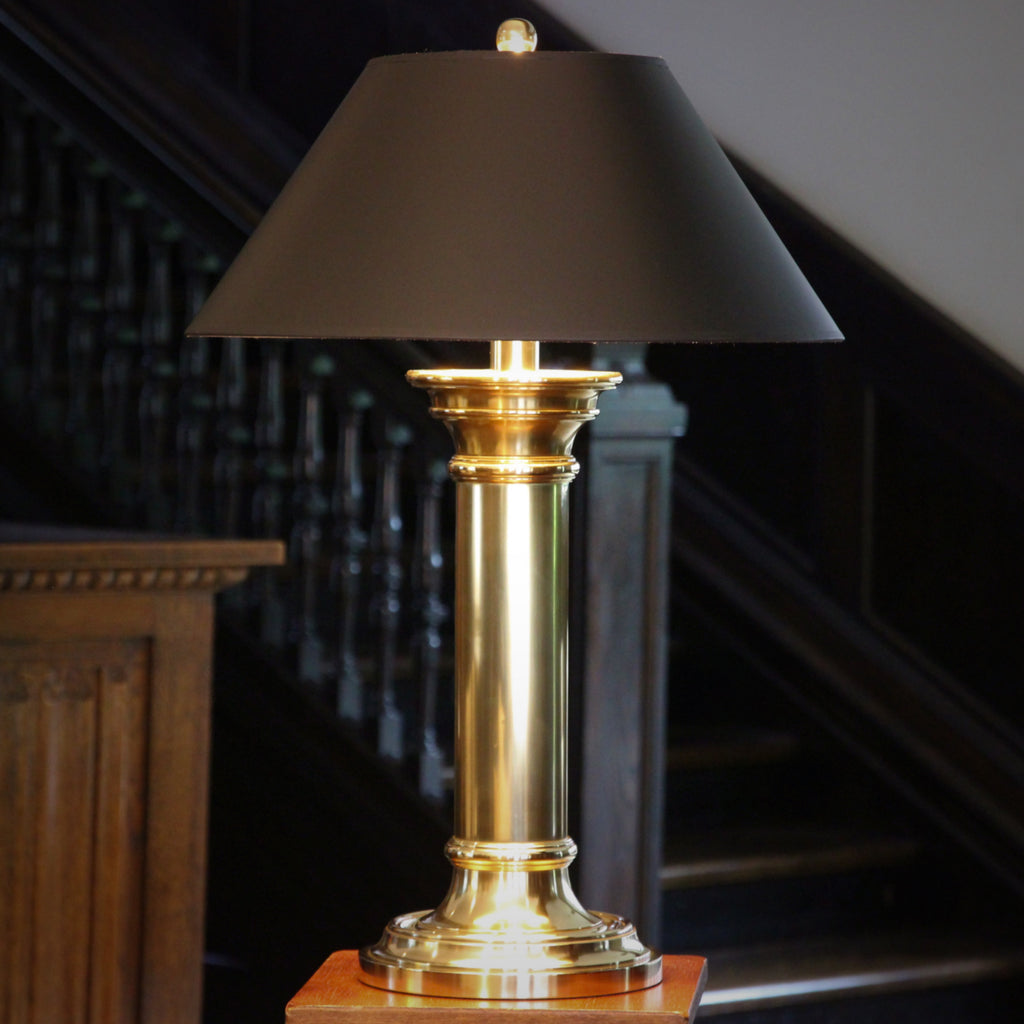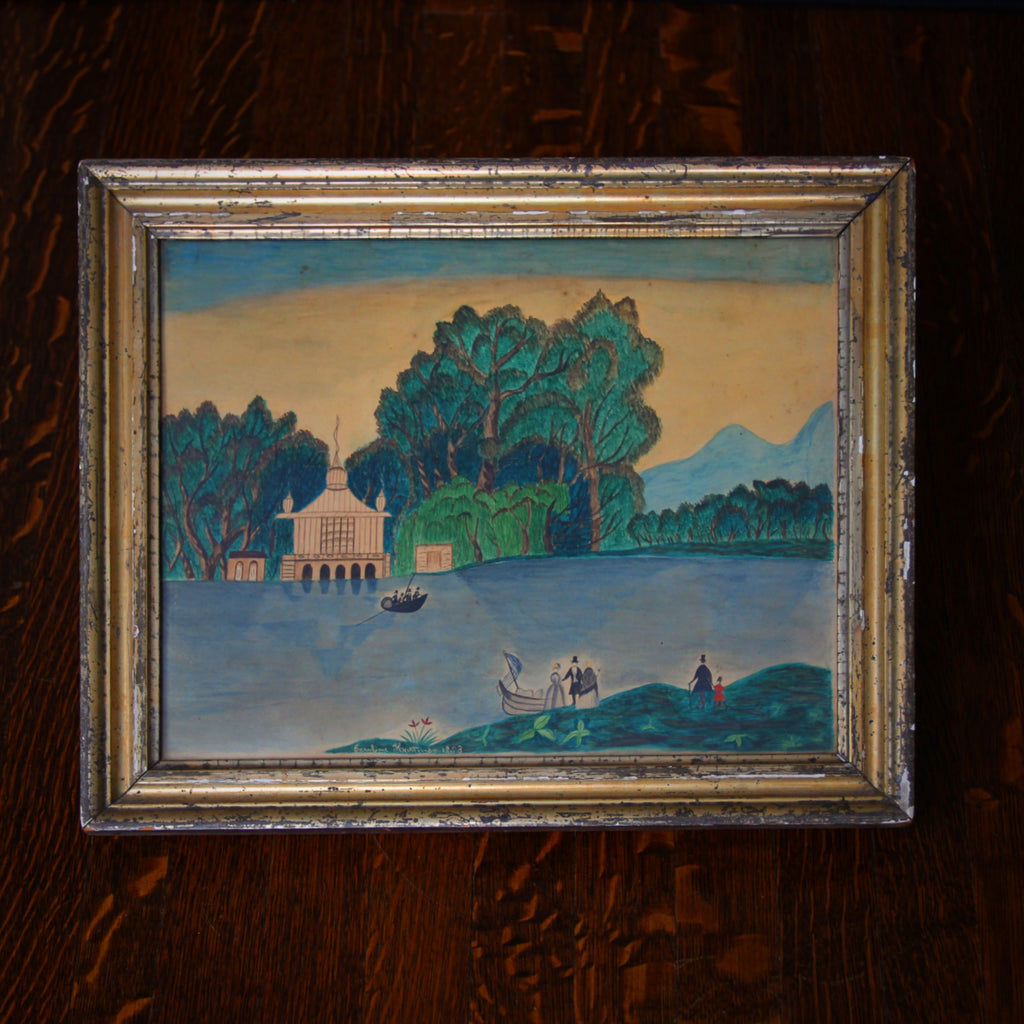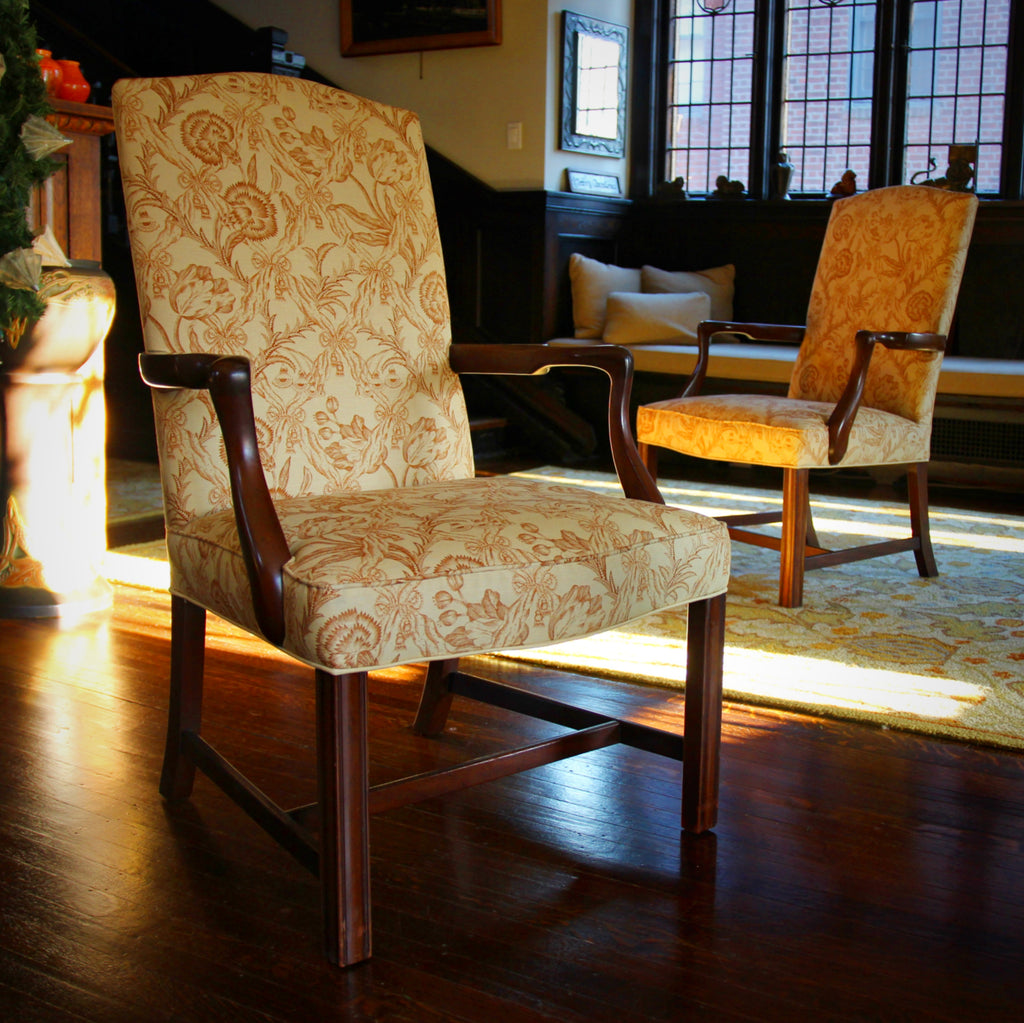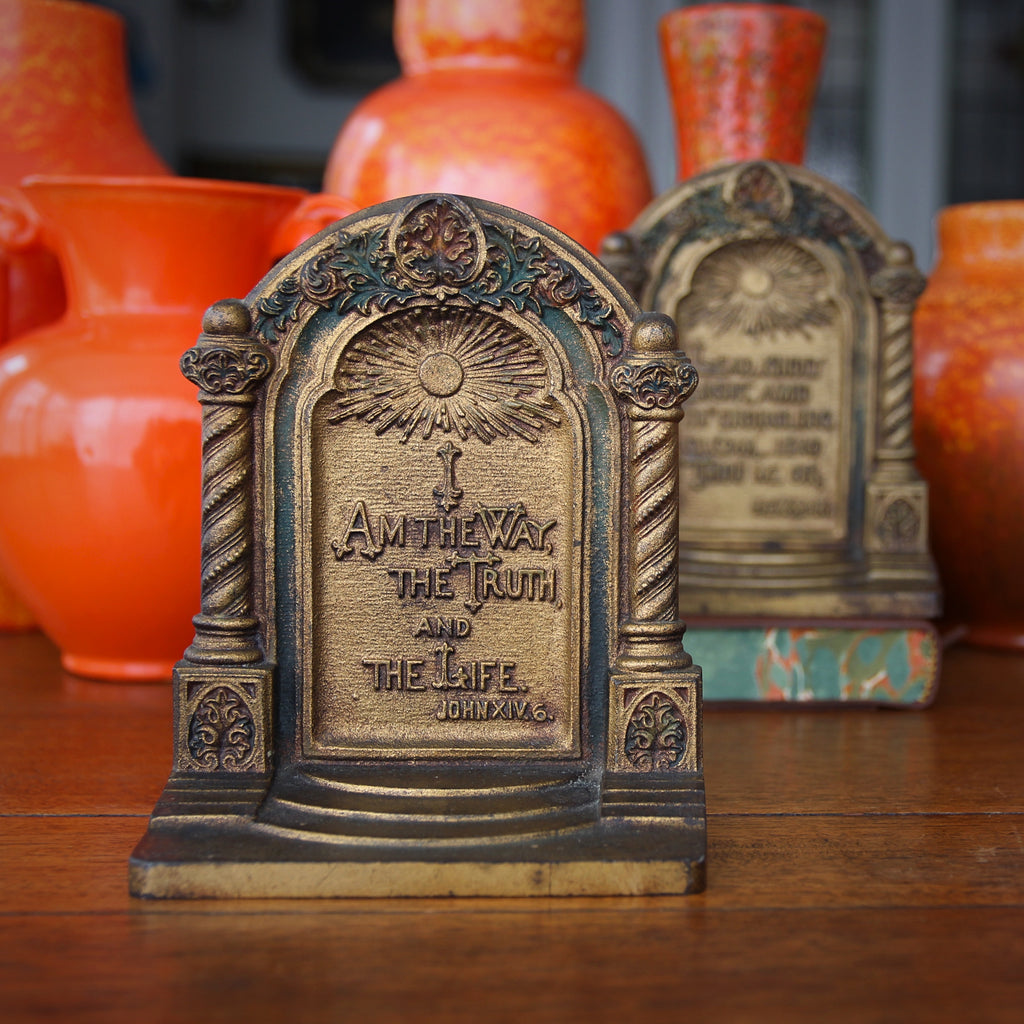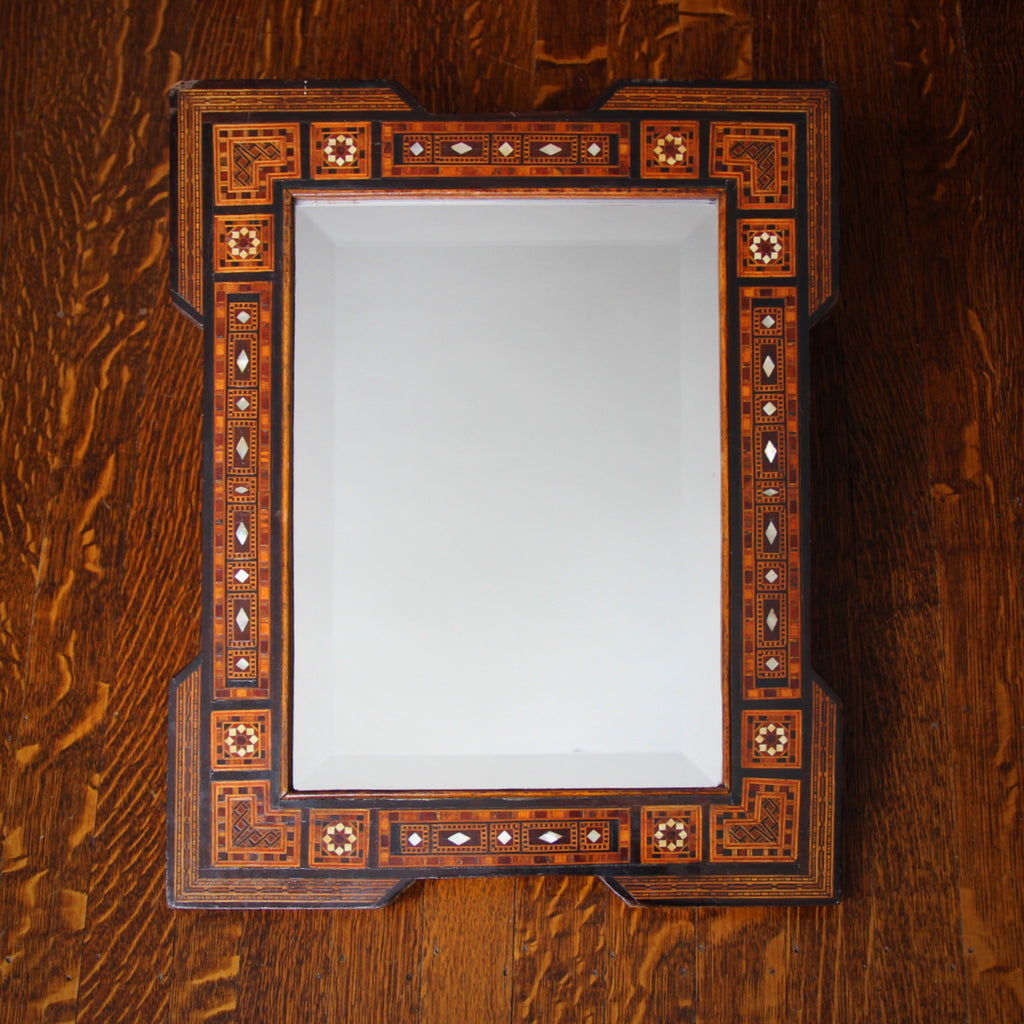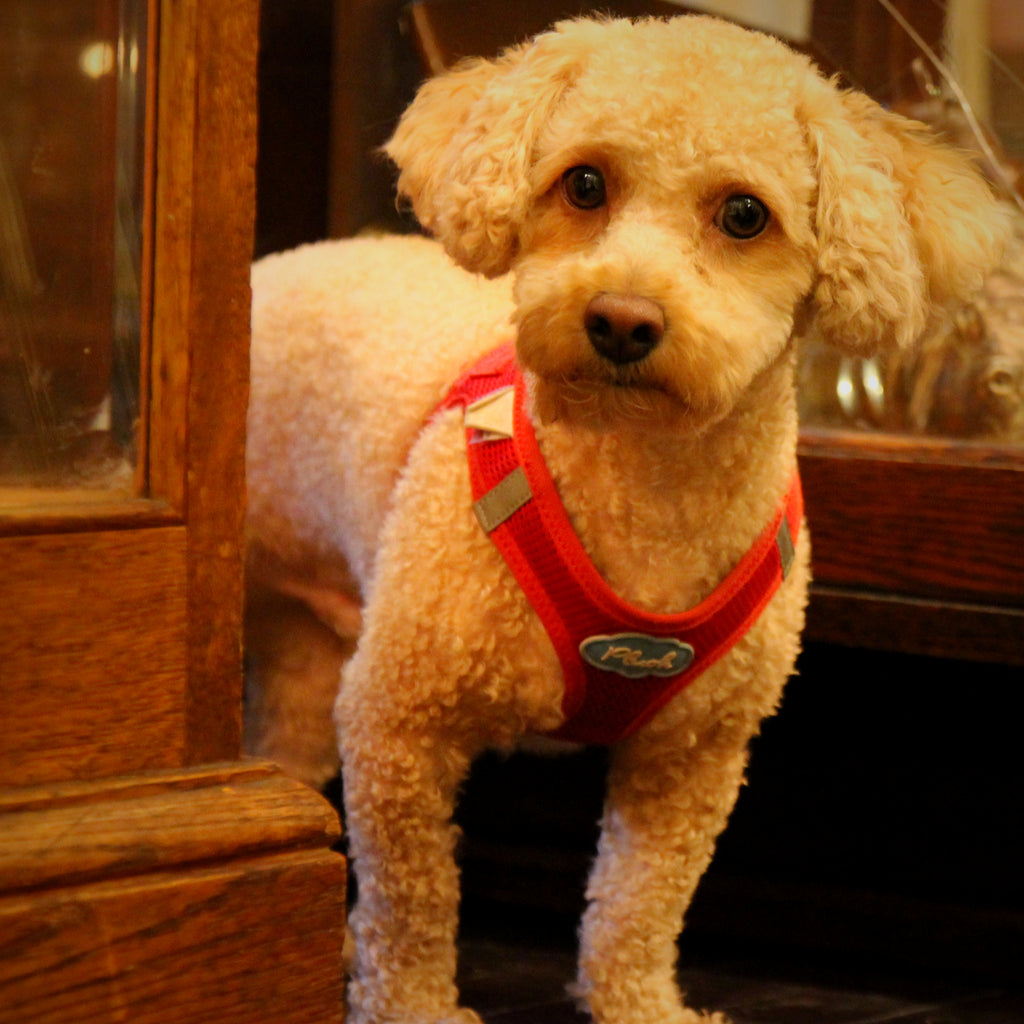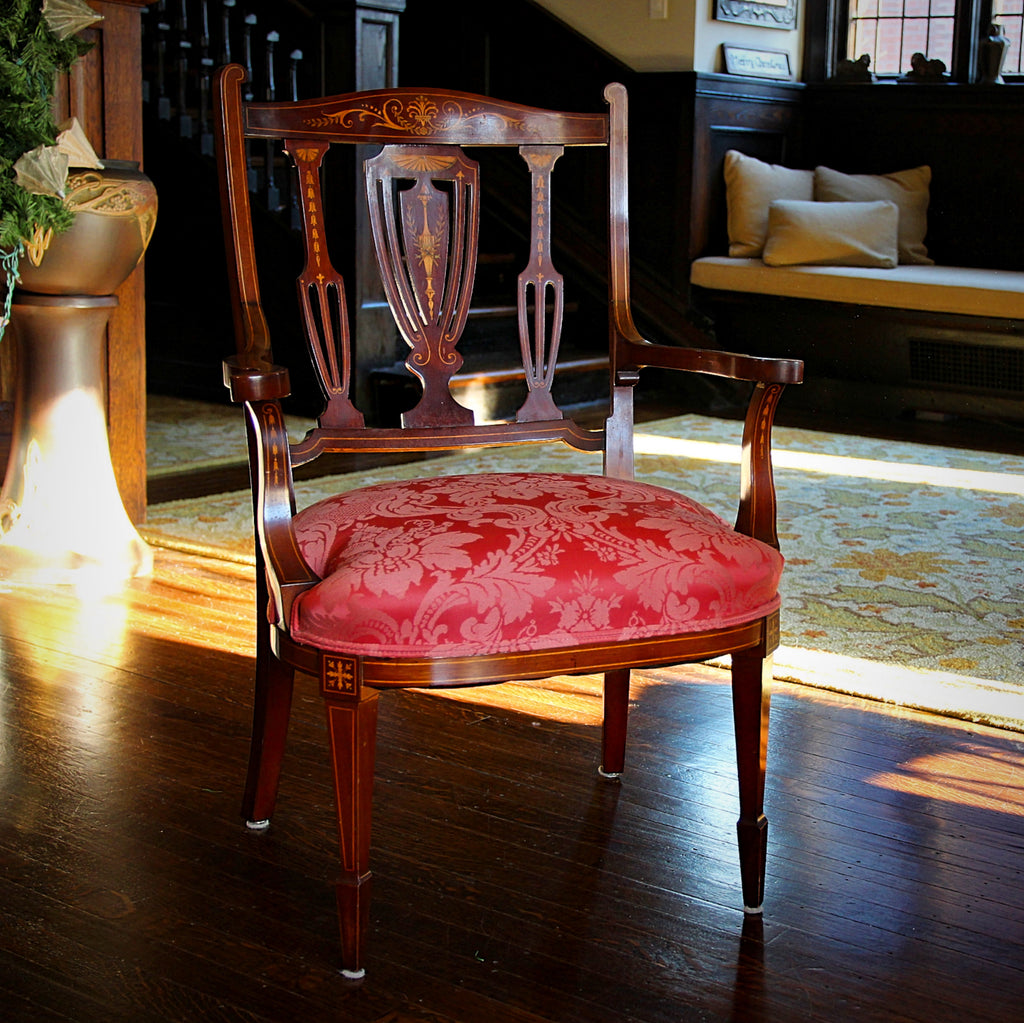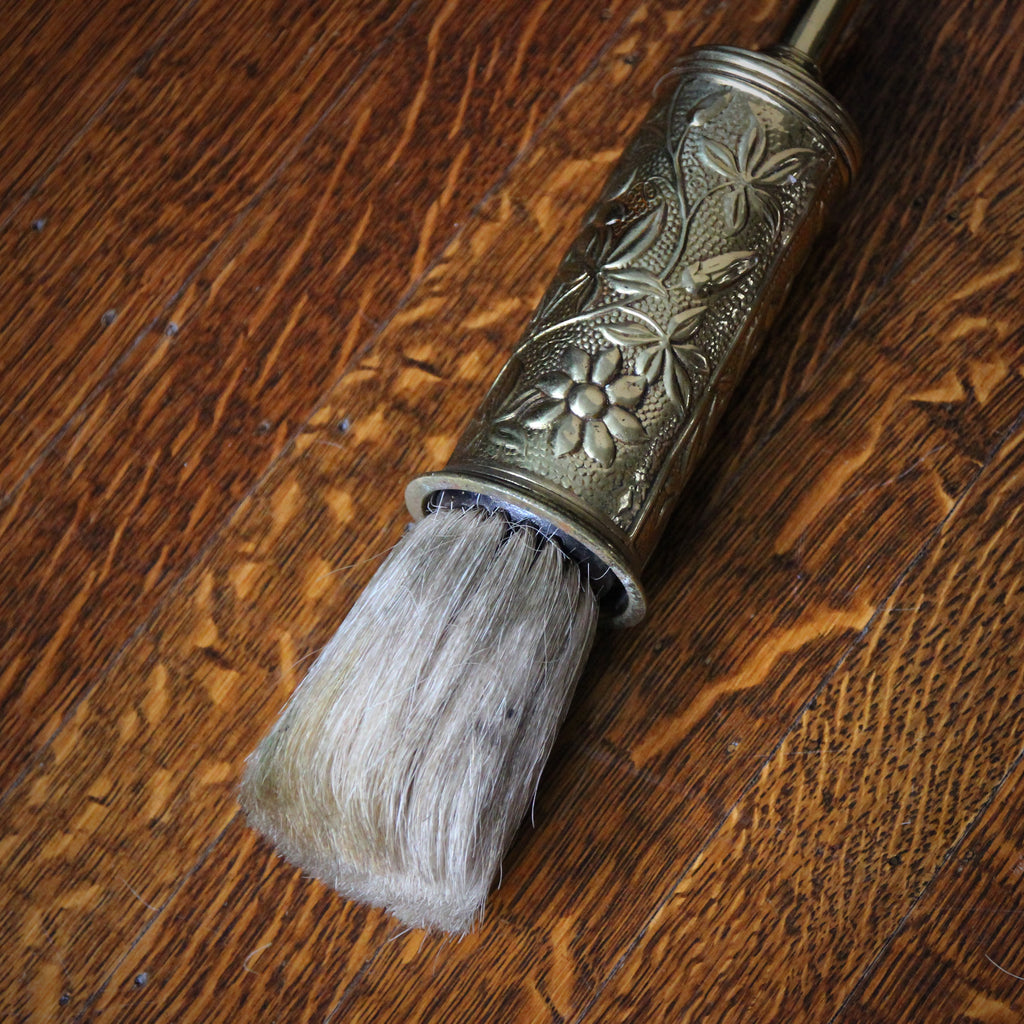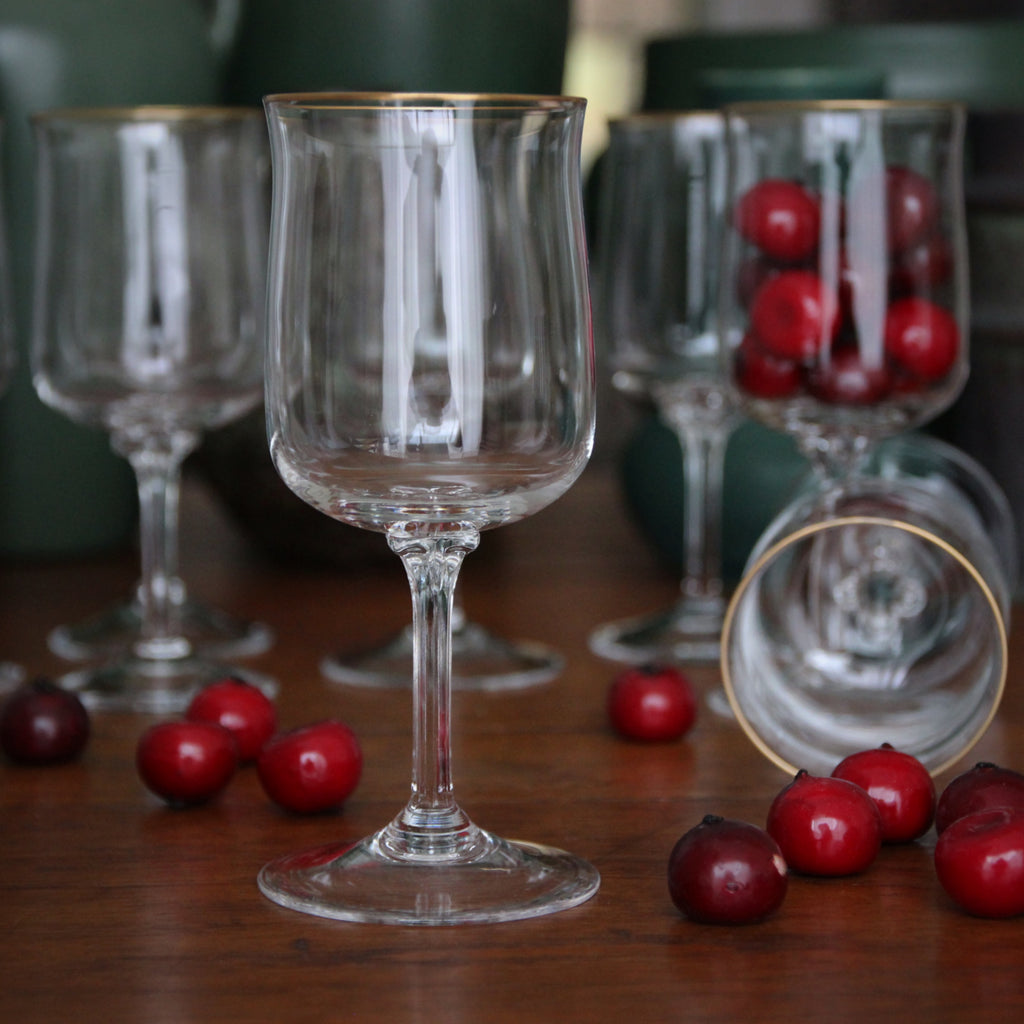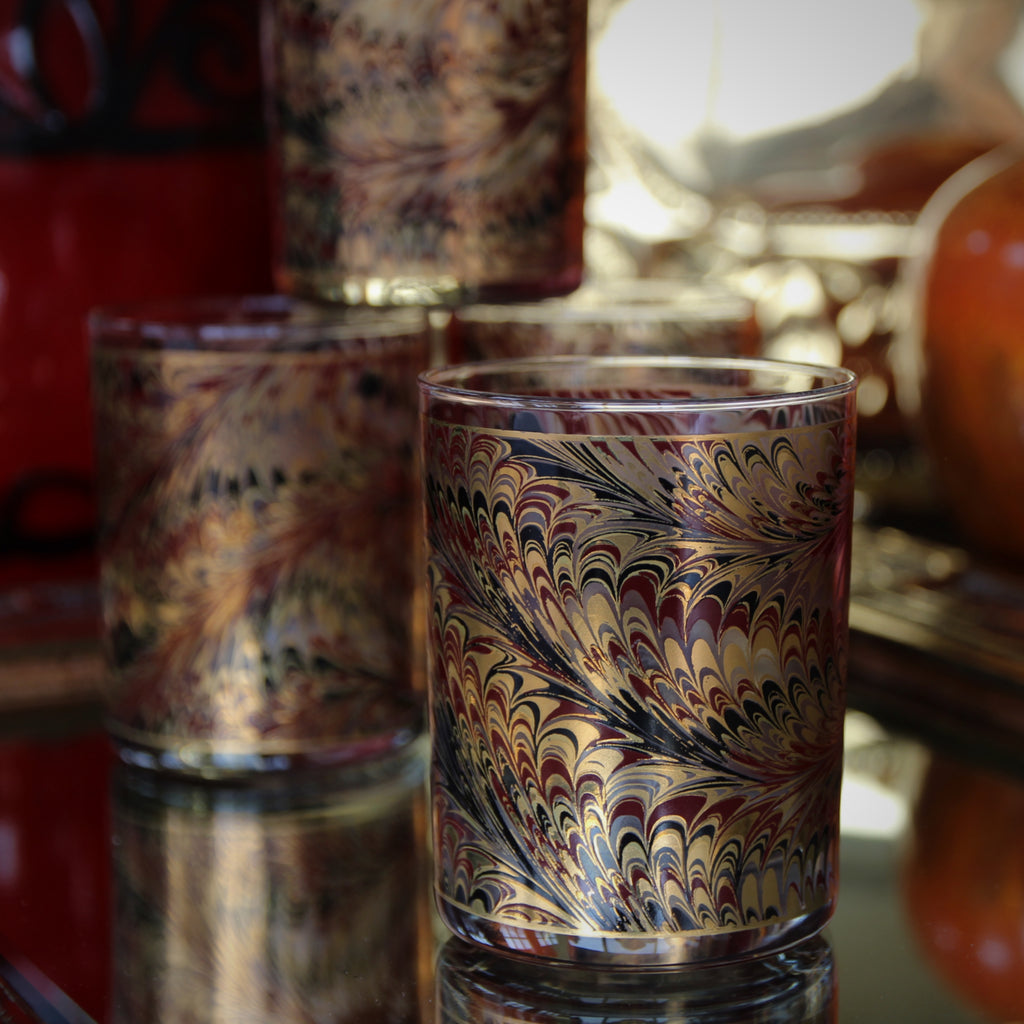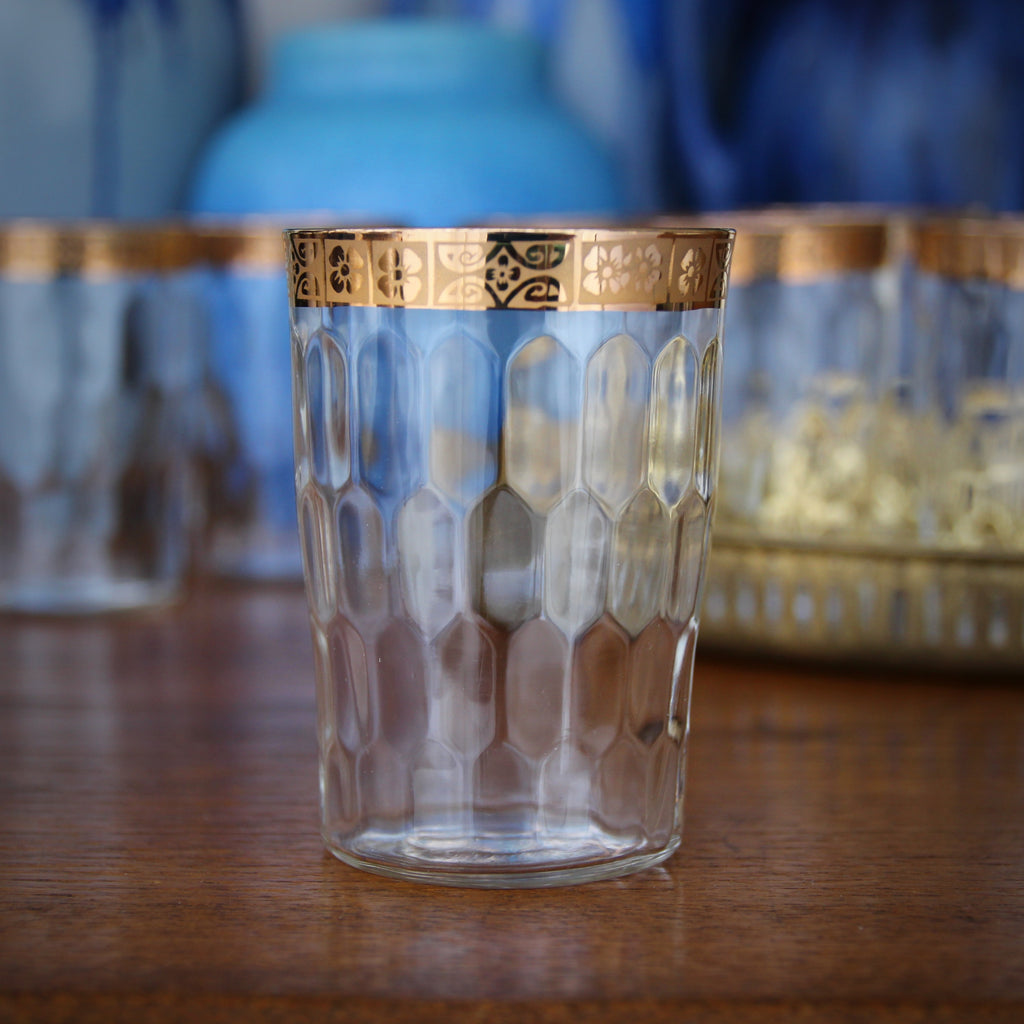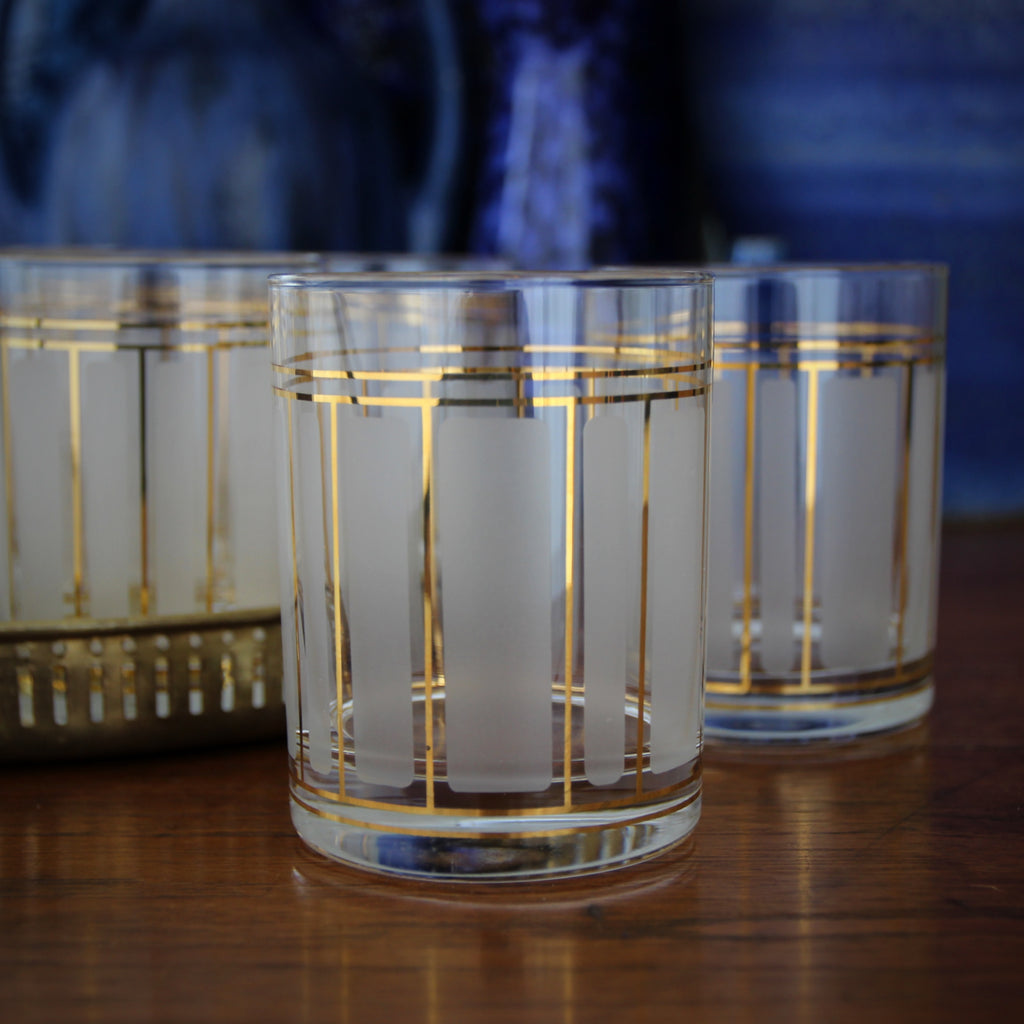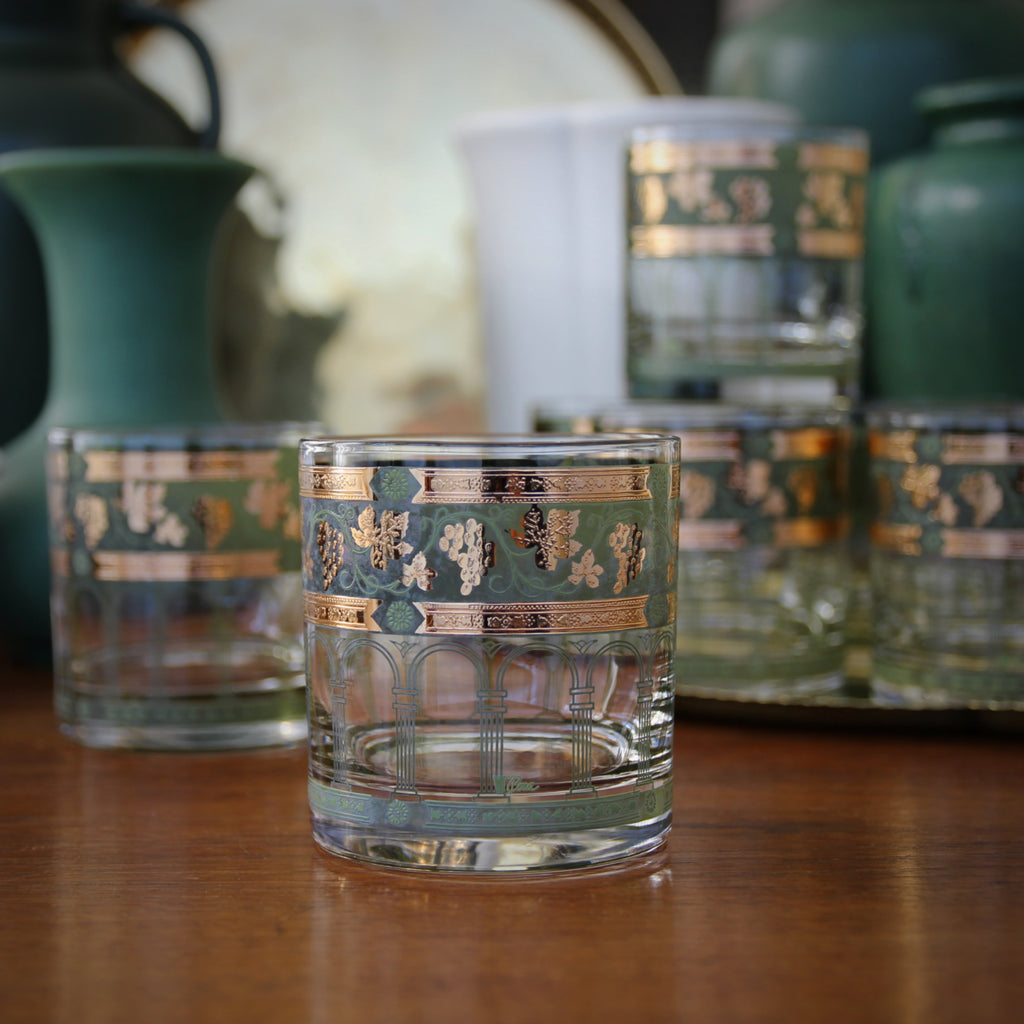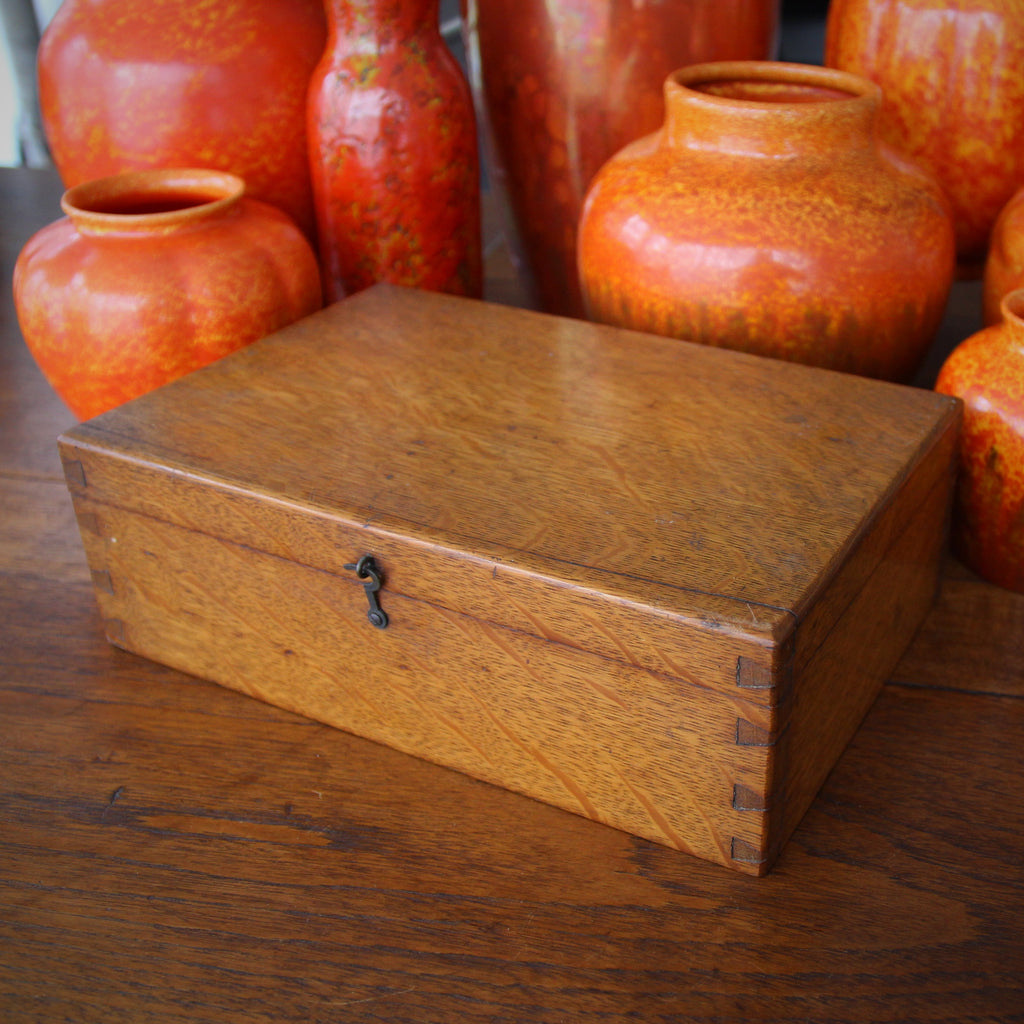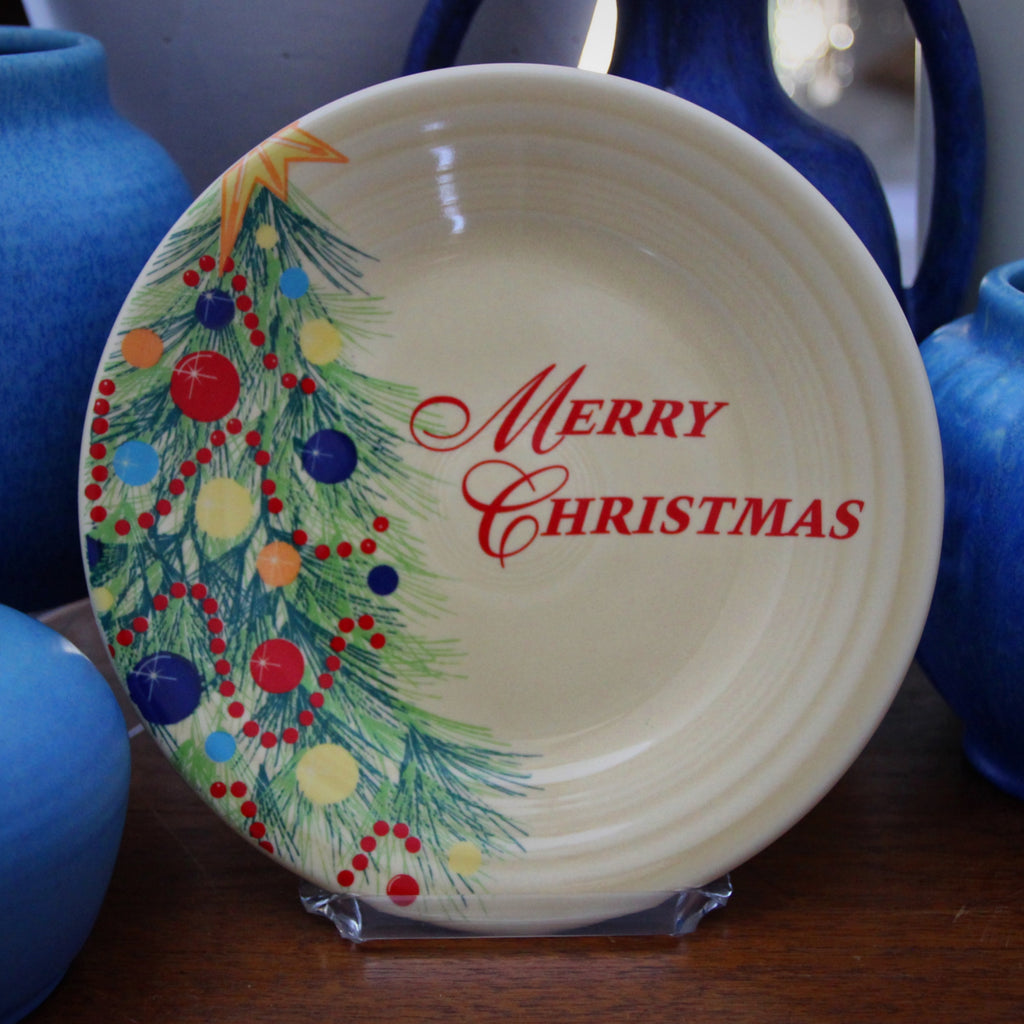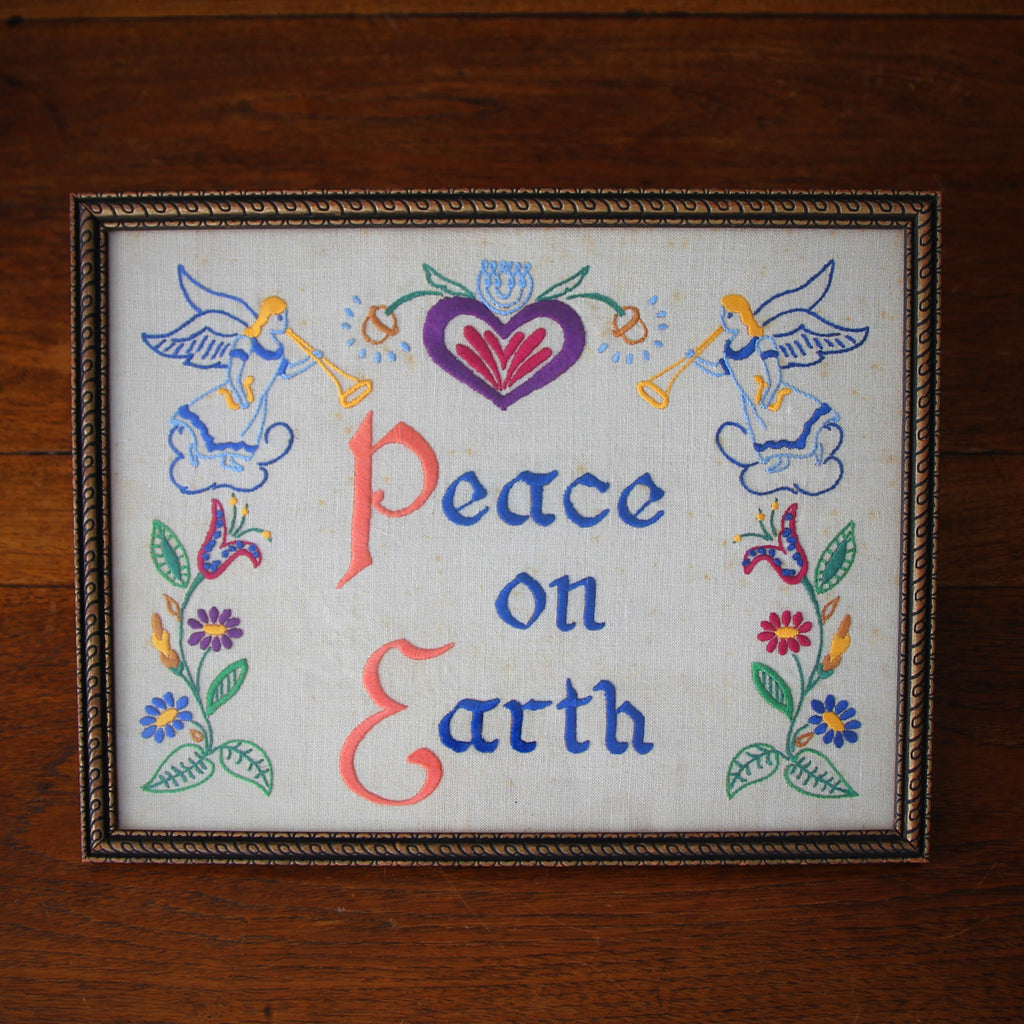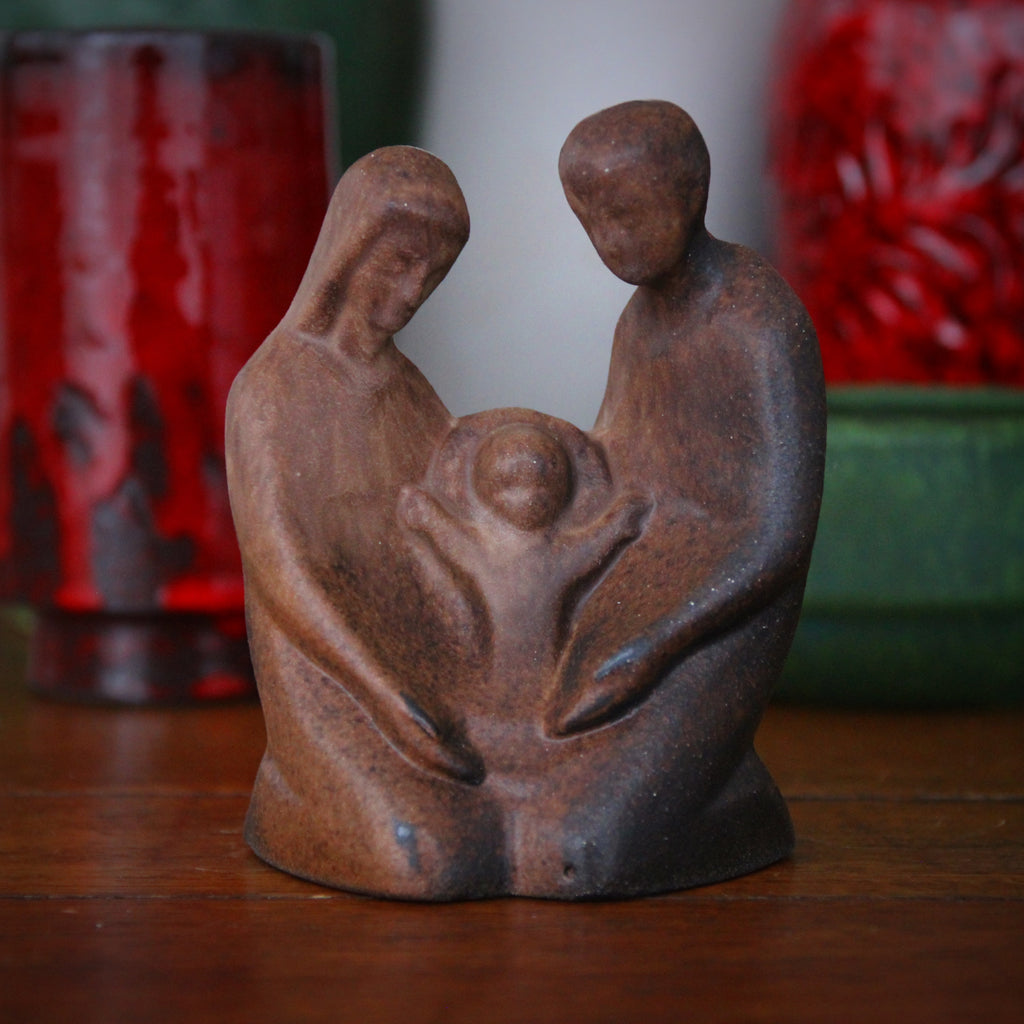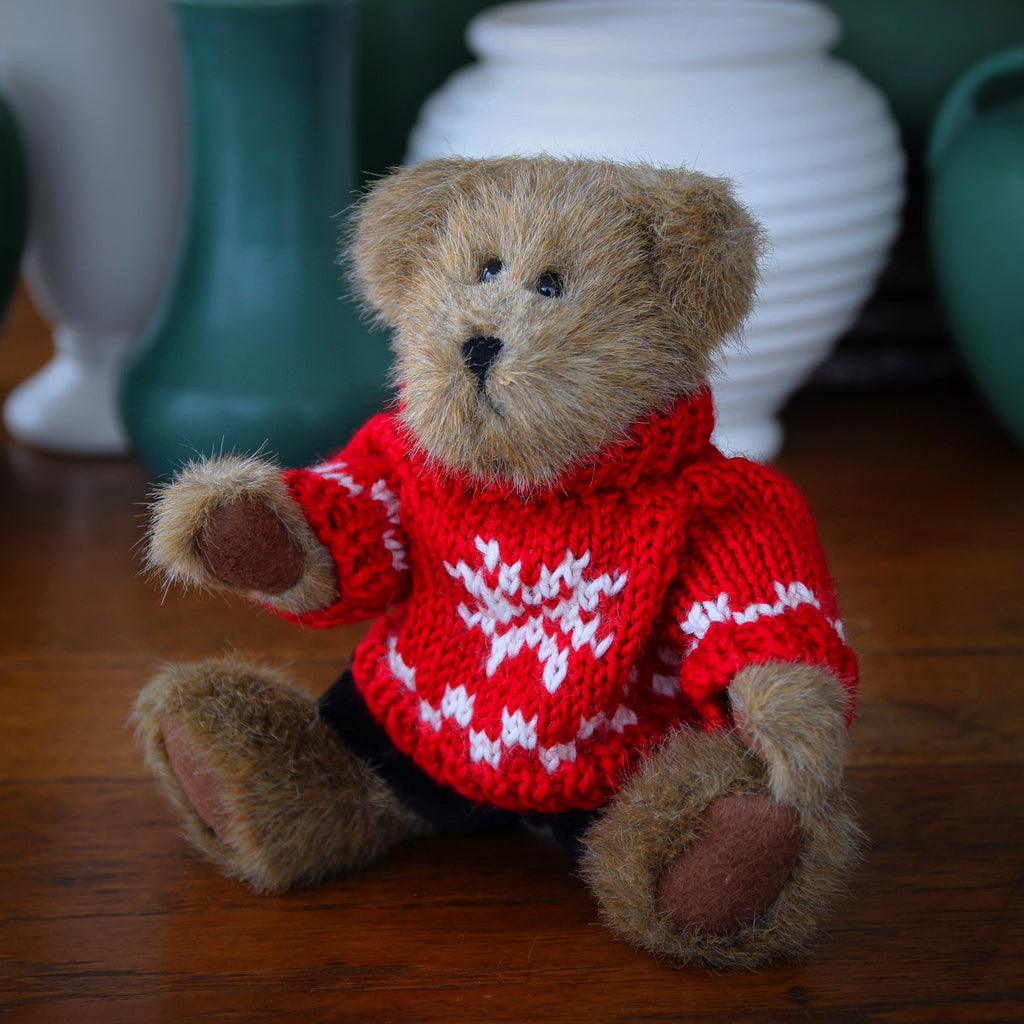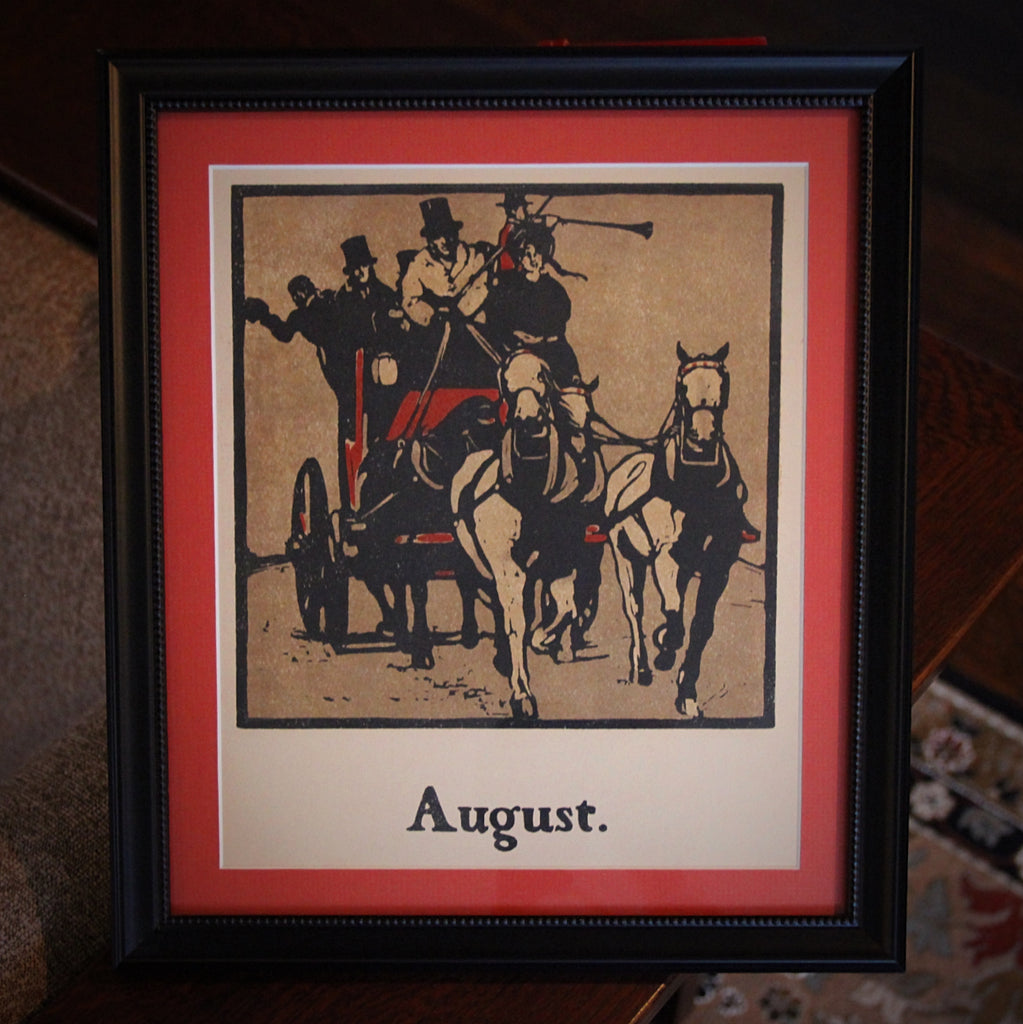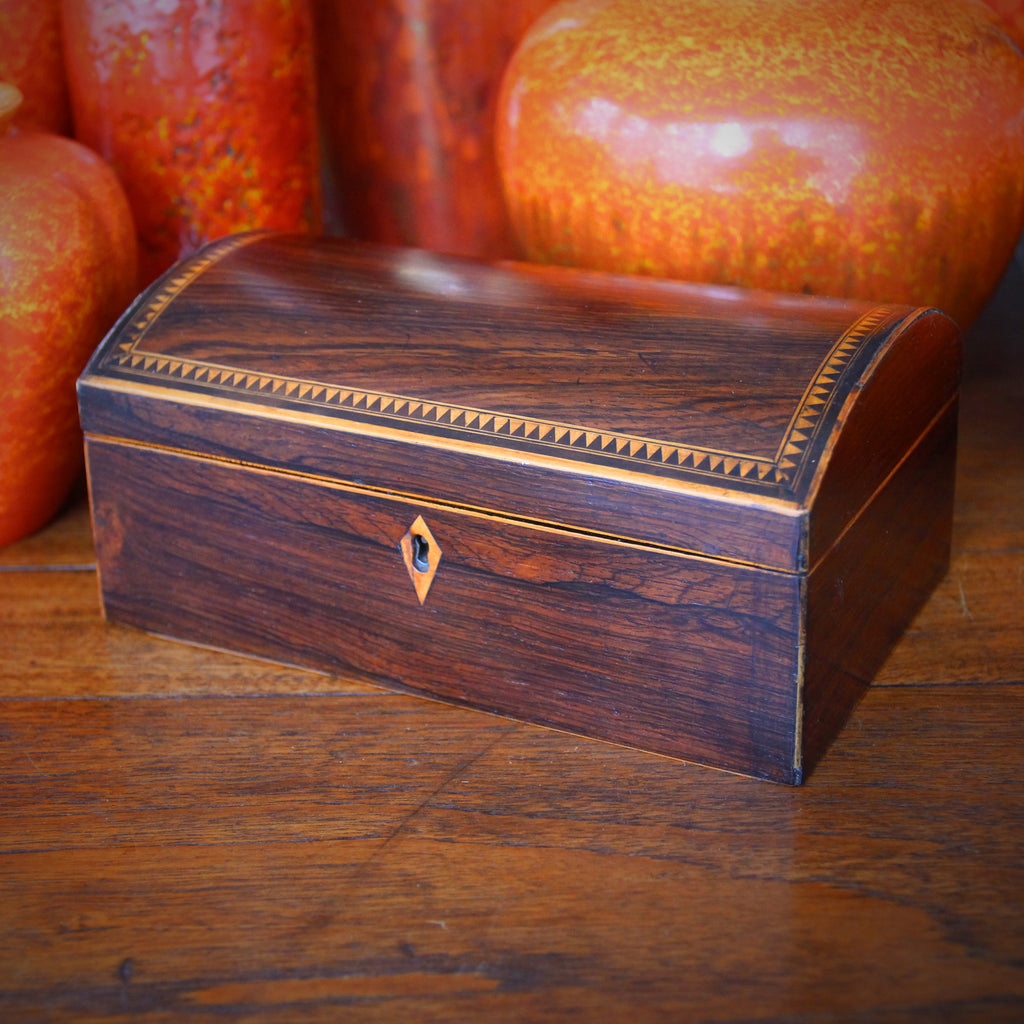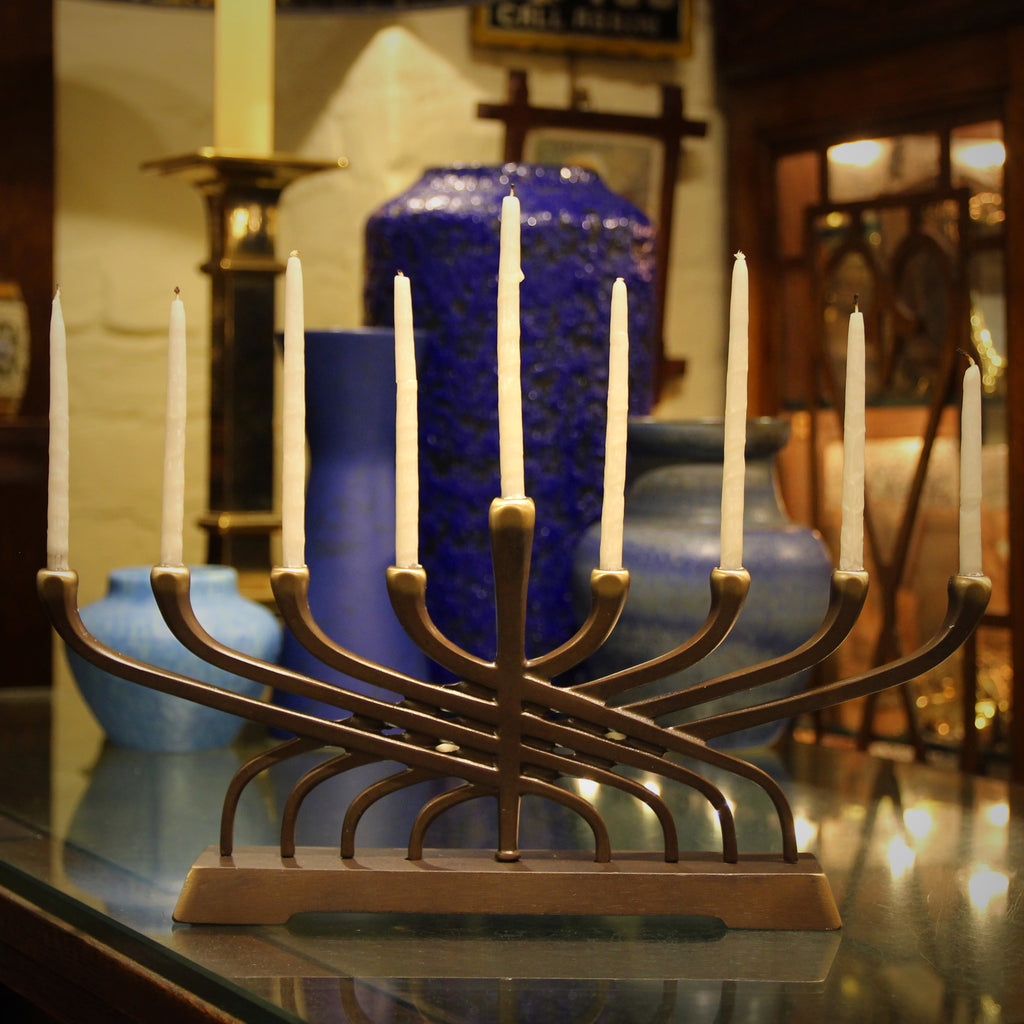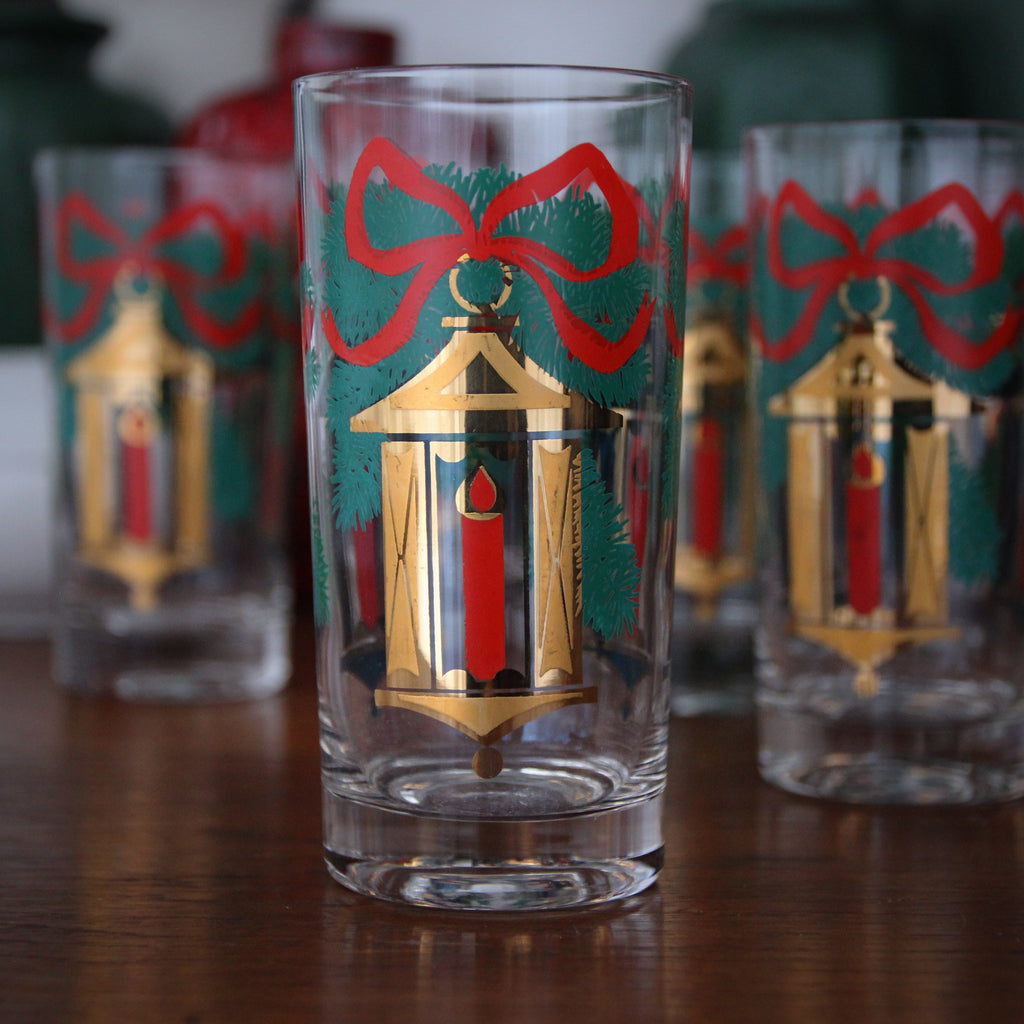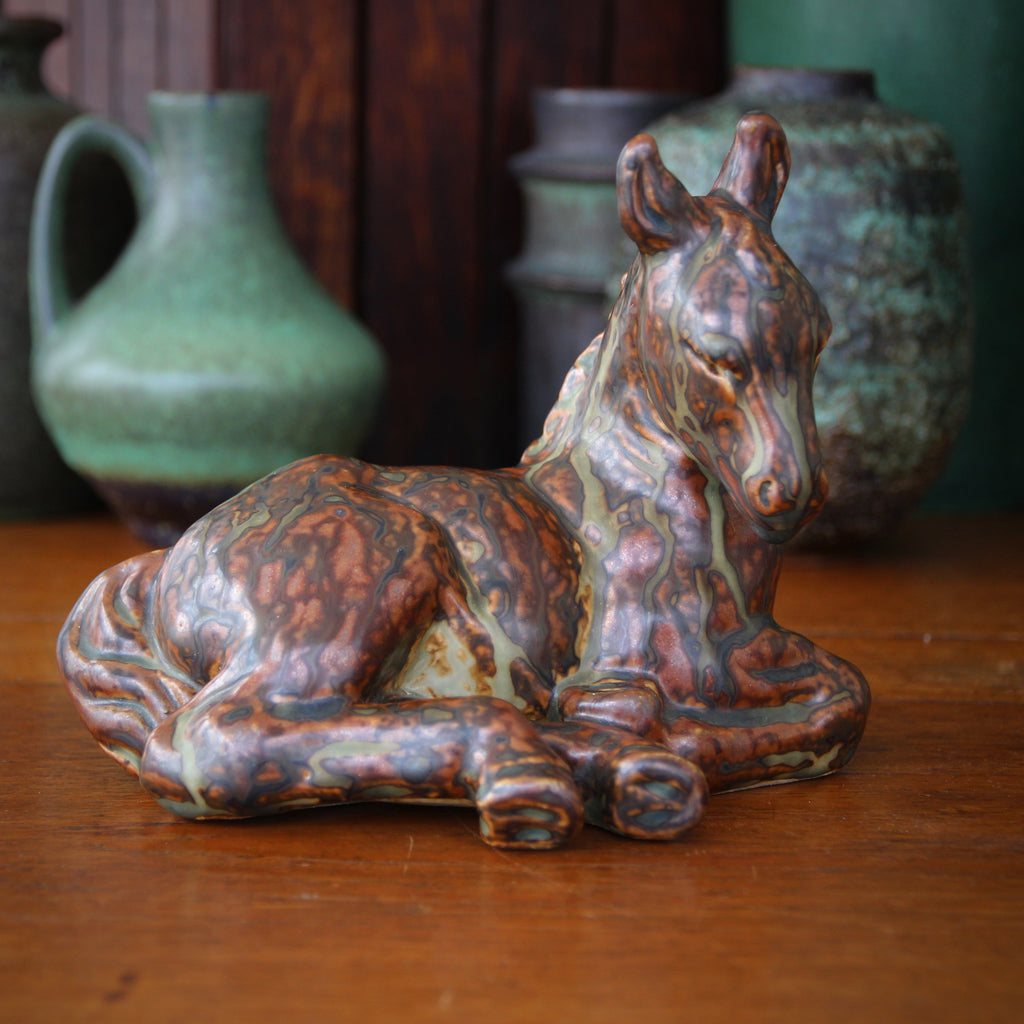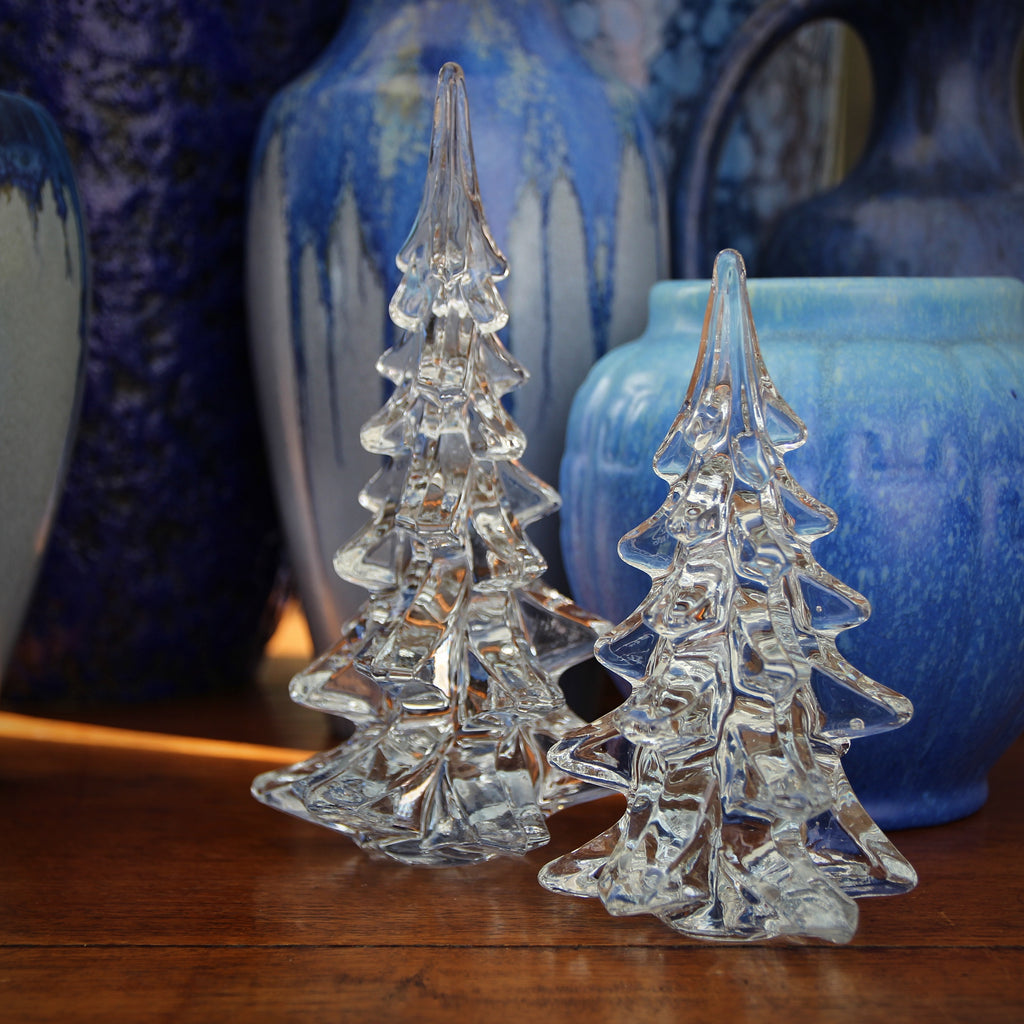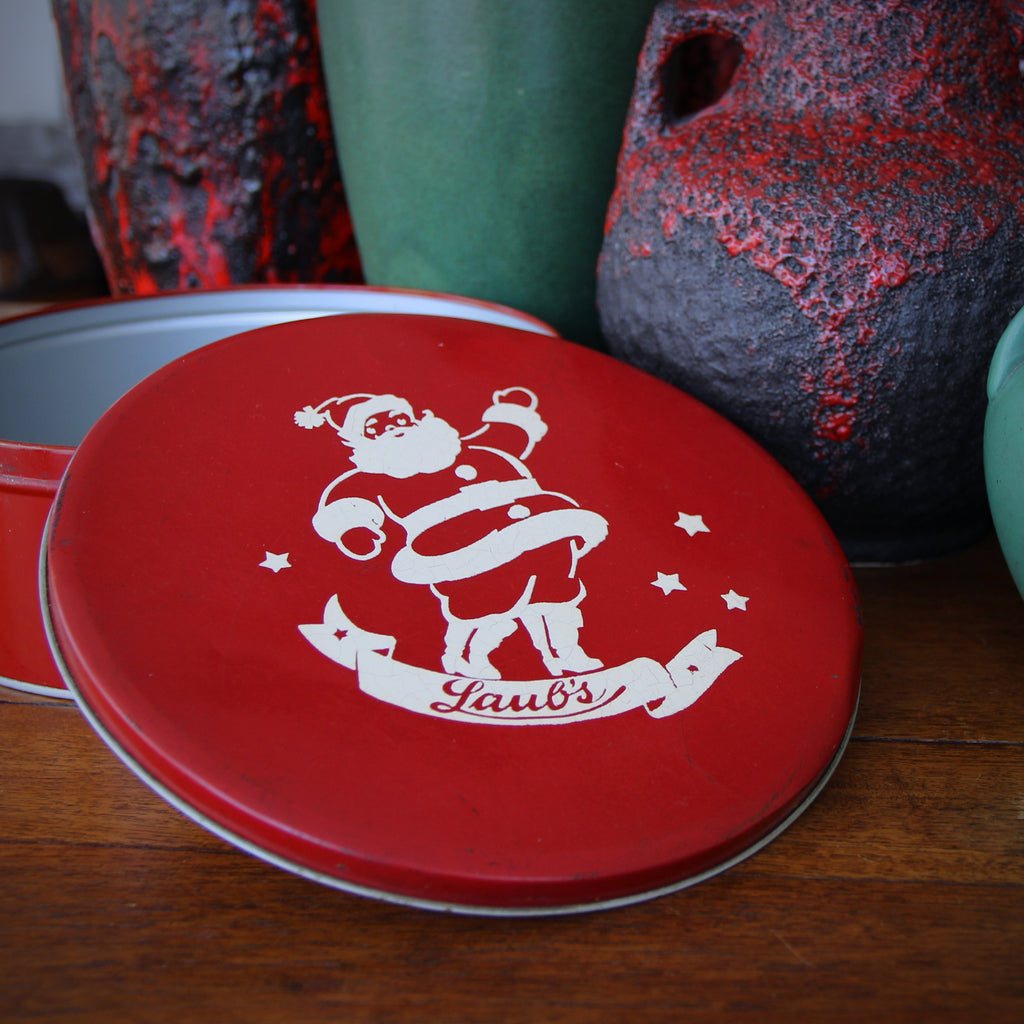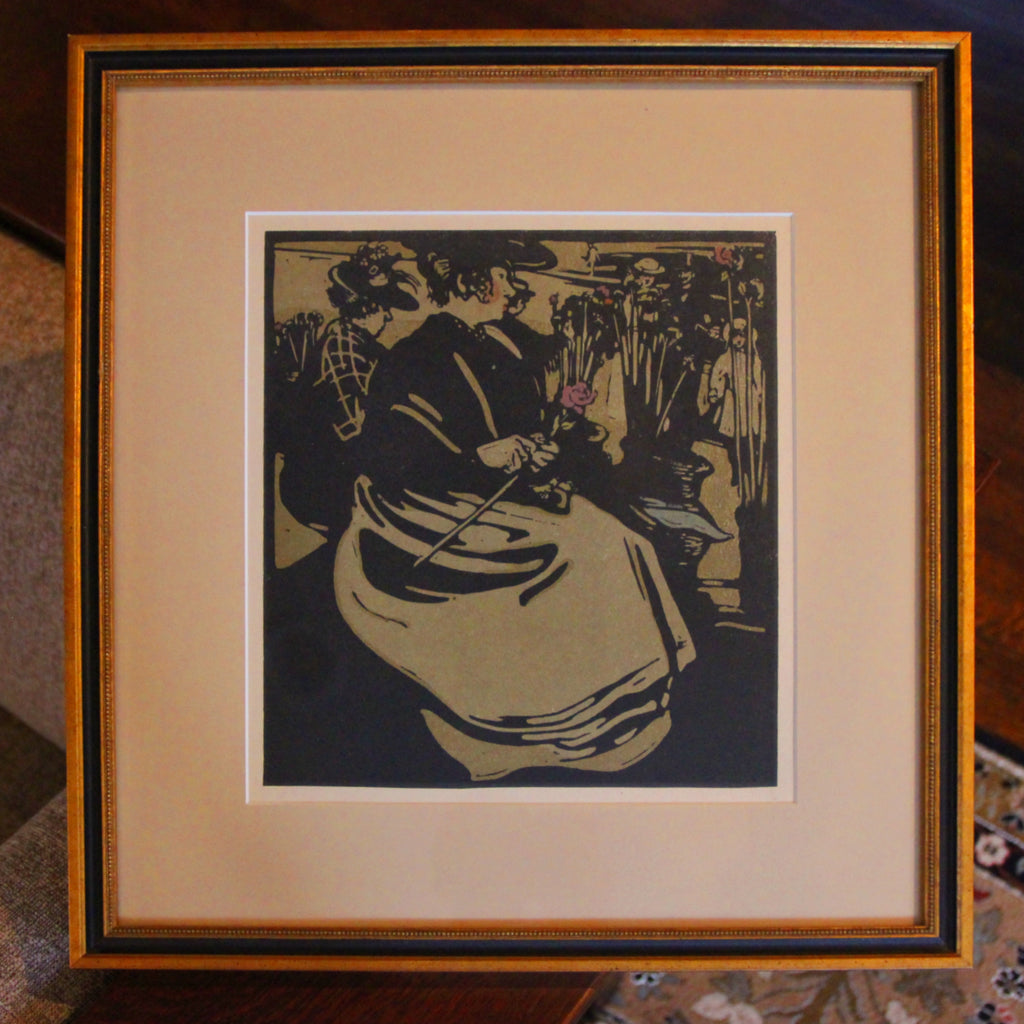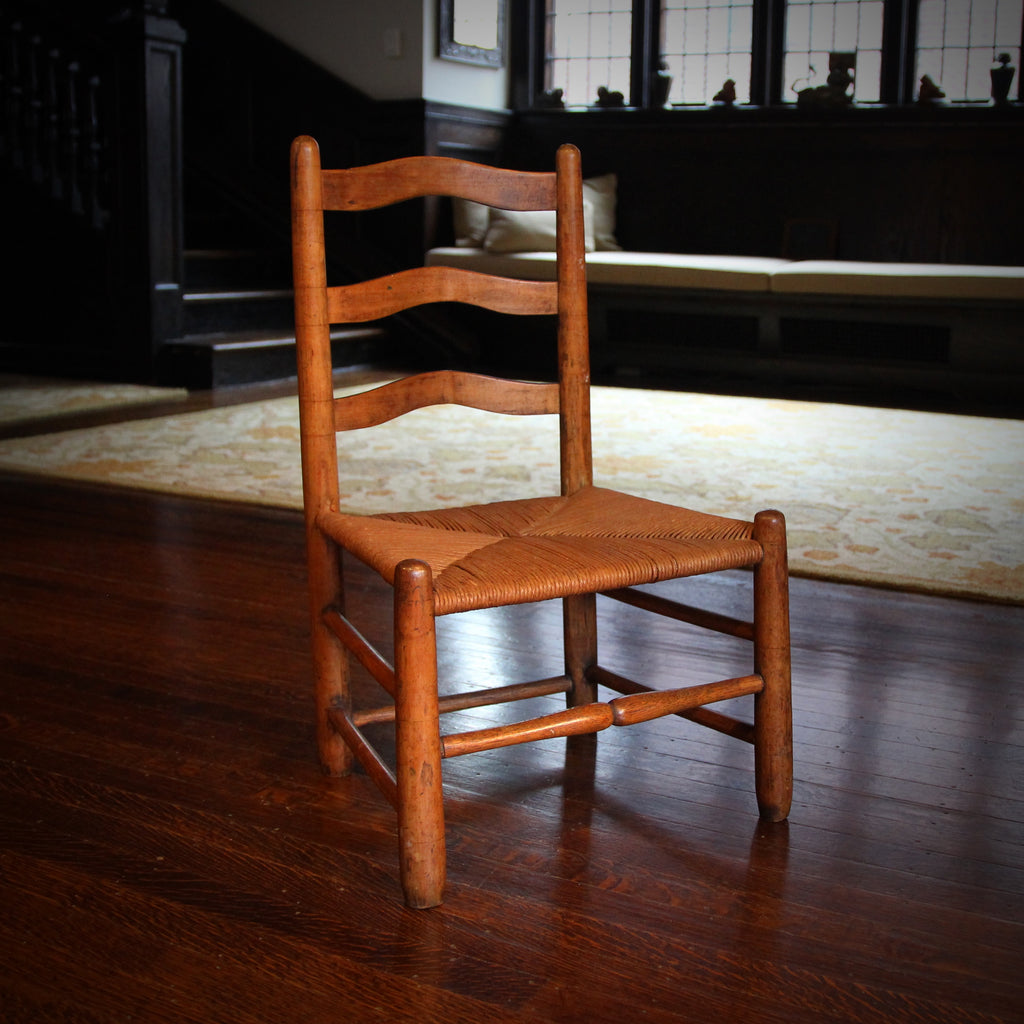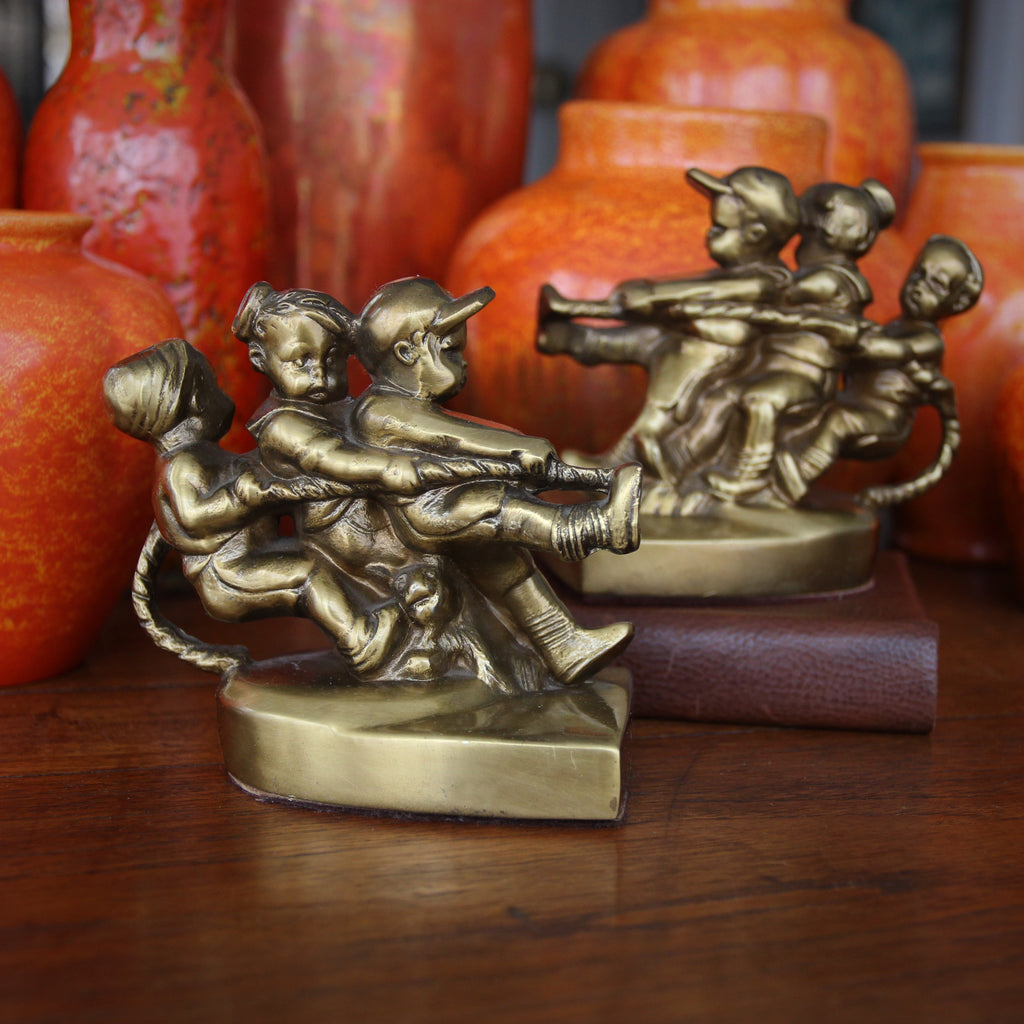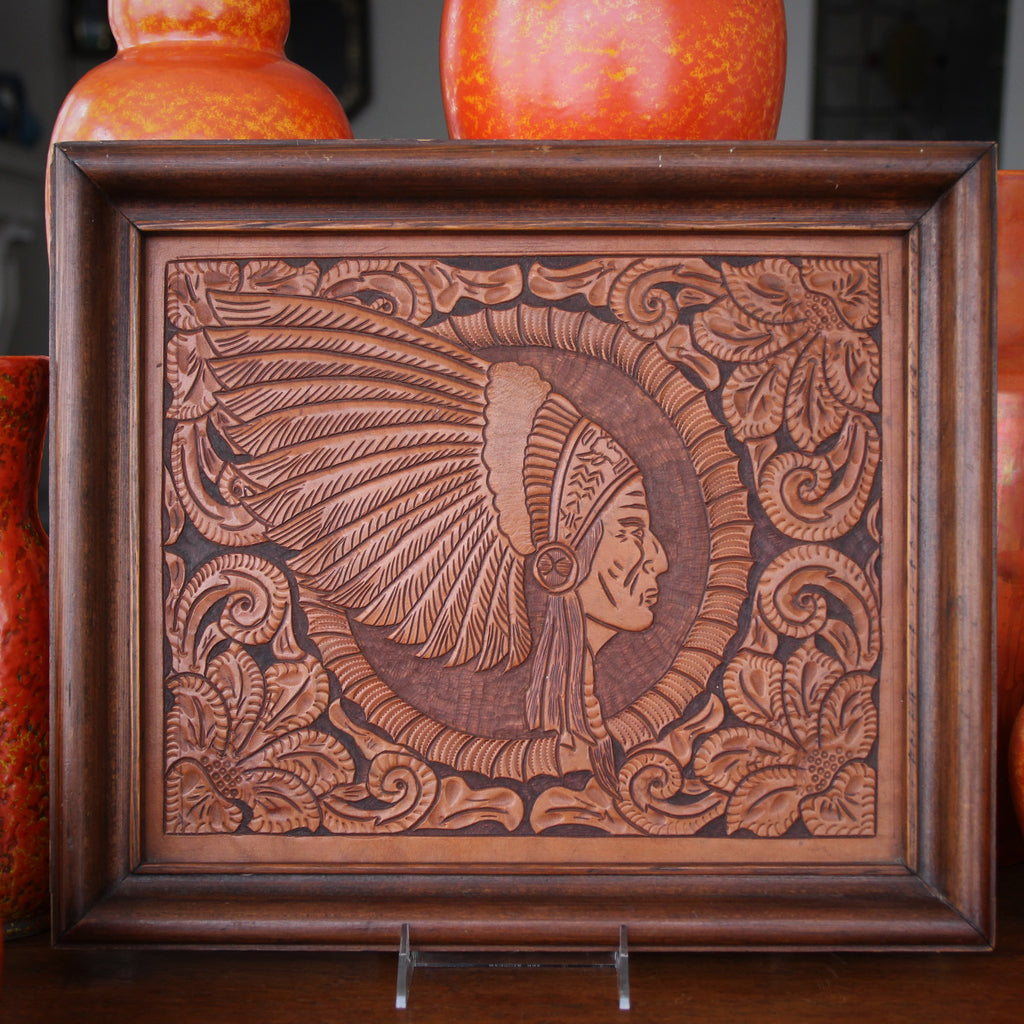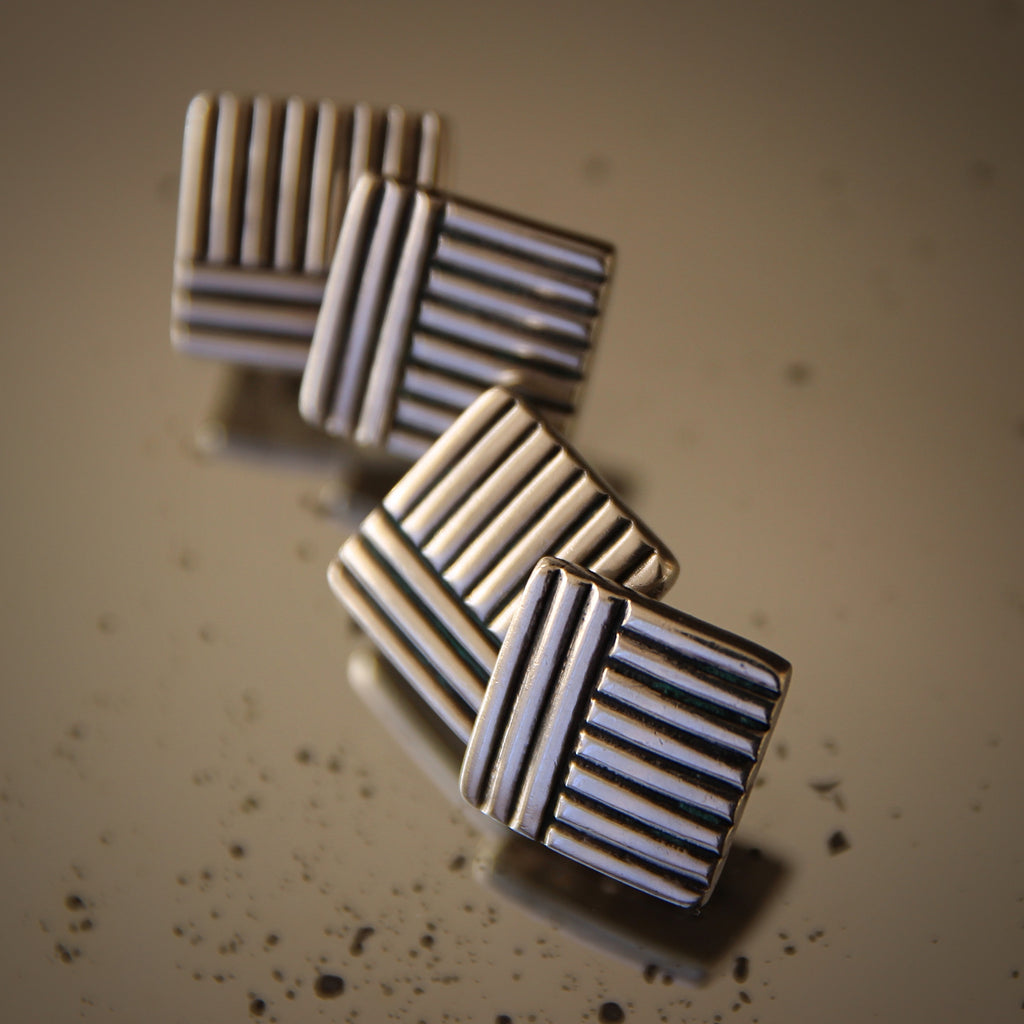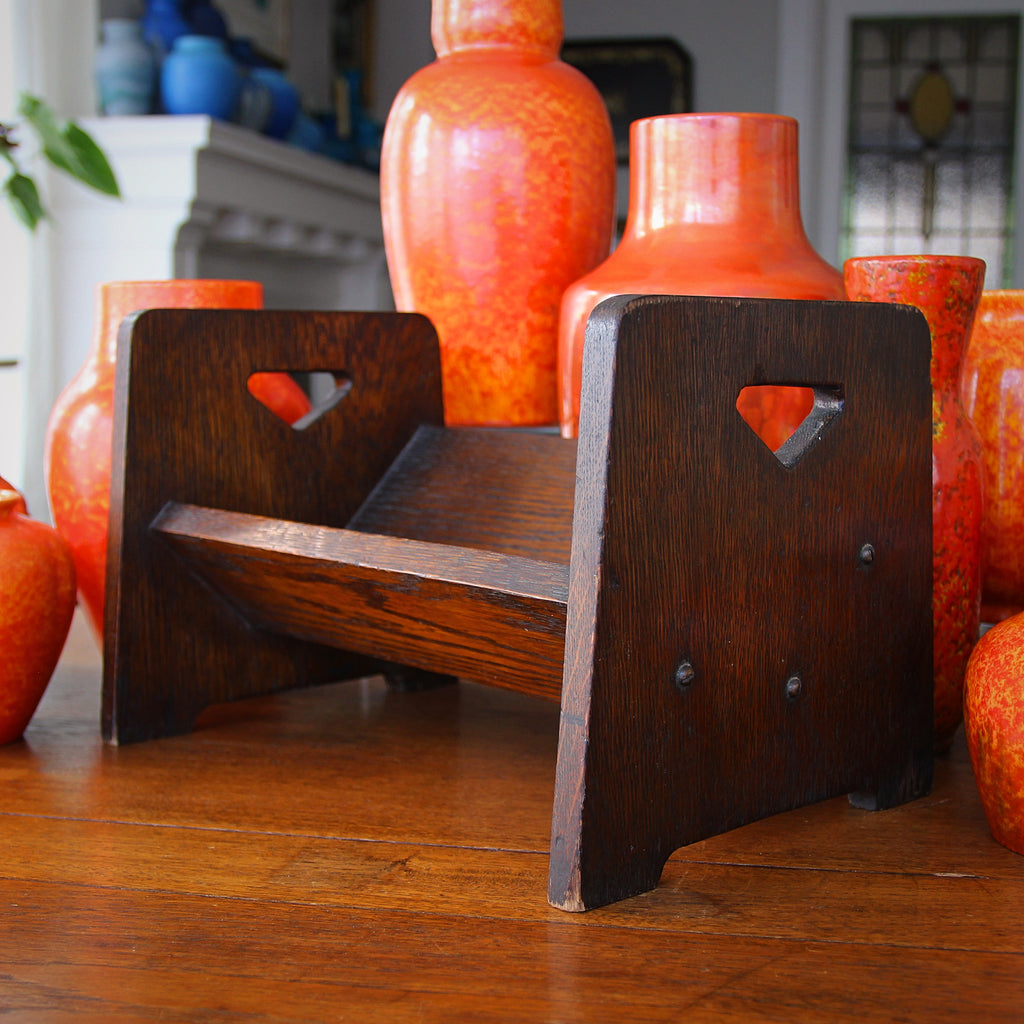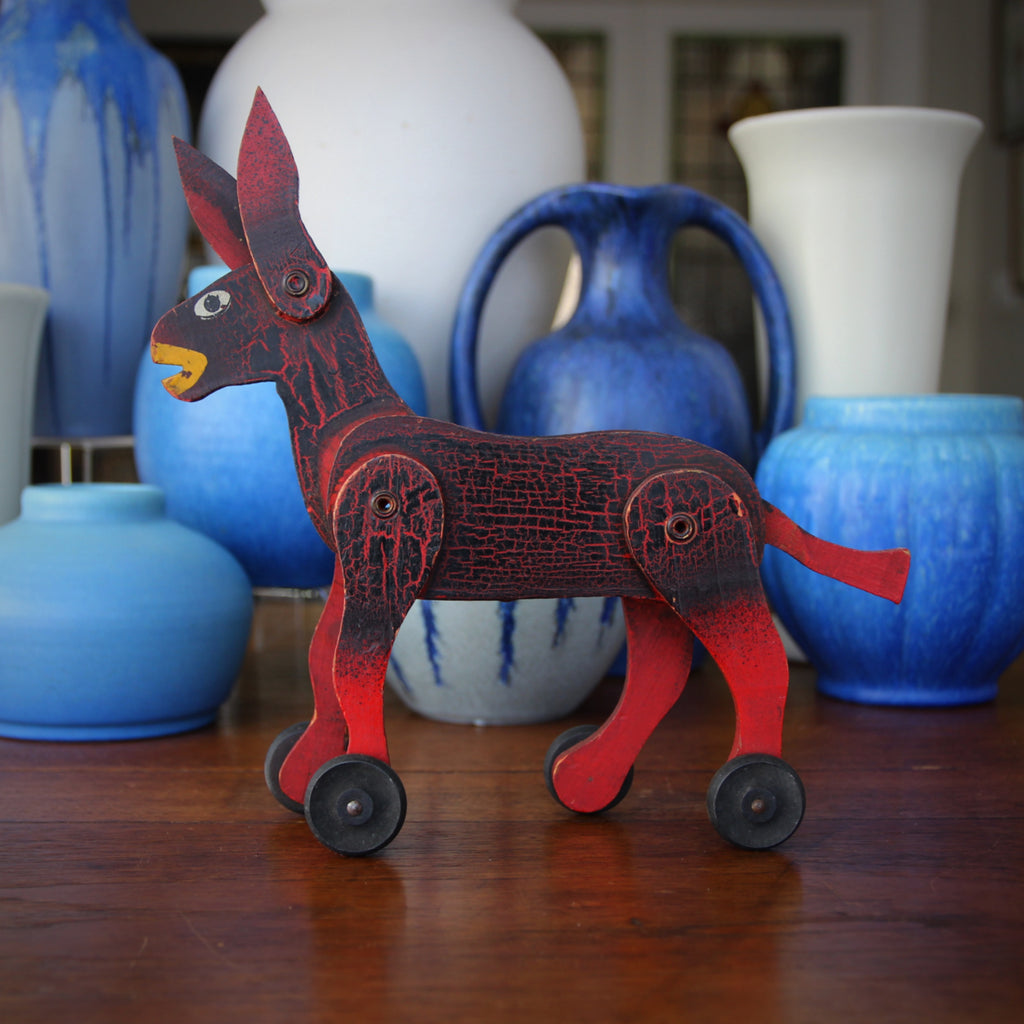JOURNAL RSS
It never gets old... There was a time—from the second half of the Nineteenth Century through the first half of the Twentieth Century—when Art and Industry collaborated to produce wonderful mass-produced objets. Ambitious and beautiful handworks (simultaneously!) enjoyed the very best of artistic design and also the very best of early industrial production methods. The works of talented Old World sculptors were mass-produced on modern factory lines—built-to-last, produced (reasonably) affordably, and intended to remain beautiful forever. "The Dakota" apartment building, built along Central Park West in the early 1880's, is surrounded by a "dry moat" (intended to help secure the building and allow natural light into the basement). A heavy cast iron railing surrounds this moat, supported by several dozen...
Three Days in Oz - Part II
It never gets old...
Central Park is a glorious expanse of manicured wilderness—wedged into a crowded, teeming, urban aggregation. The park provides an immediate escape into nature—and provides limitless vistas of "impossibly perfect" natural beauty.
I walked across the park this afternoon to visit my dear friend, Anne (clutching our Chinese takeaway lunch in-hand). No matter how often I make this trek, I never hesitate to stop to shoot a particularly compelling landscape, like the one above. The green grass, the blue sky and the trees (with or without leaves) never fails to lower my blood pressure and restore my contented mood.
Three Days in Oz - Part I
It never gets old...
Heading to New York City—my once and forever hometown—and, suddenly, The Reveal. There it is! Like the Land of Oz, just beyond the poppy field! Gleaming. Beckoning. Calling my name!
My husband and I are spending three nights in the City. Today's his birthday and we've planned a nice dinner with a friend. First thing Monday morning, we see our accountant (and will drop-off those long-due tax documents!). After that, Bob will visit several costume shops. I have meetings with a few customers after which I'll take a Chinese lunch to a dear, aging friend. Lots of walking. Lots of surprise at the storefronts which have disappeared, replaced by a fresh batch of aspirants.
Nine Months 'til Christmas!
Nine months from today: Christmas will be here! Upon this announcement, some of you may attempt to reach through the Internet Machine and throttle me. While others may see the wisdom of starting their Holiday shopping now—buying just the right gifts (as they are discovered) and storing them in that special hiding place for that special gifty stash. Then the organized shopper may relax, knowing the Holidays will be a breeze. Above, a set of four Double Old Fashioned Rocks glasses with "Season's Greetings" wrapped-around the glass in a "stained glass effect" graphic. A 22 karat gold rim punctuates the edge of the glass. These glasses are perfect for egg nog—or something harder—and they will add a festive spark to your Holiday...
Spring, Soon
Spring is here. With luck, the Spring weather will follow shortly. Until then, a cheery reminder of the seasons to come: Spring, Summer and Autumn. This Dutch vase, from Gouda, Holland, was made in the Twenties. Hand-painted decoration includes flowers, leaves and graphic embellishments—all in rich shades of marigold, rust, greens and blues.
Jugendstil
The Arts & Crafts movement in Germany was called Jugenstil, literally "the youth style." Like with Arts & Crafts movements elsewhere, this aesthetic school marked a break from the prevailing Nineteenth Century aesthetic—thus it was new and fresh (that is, youthful). The Jugendstil Movement promoted a revival of handcraft, simplicity of design, and the use of natural, honest materials. The movement was influenced by the Arts & Crafts movements of other countries and, in turn, it influenced other Modernist movements, especially in Northern Europe.
One "subset" of German Jugendstil (and Viennese Secessionism) exhibited a crisp, understated angularity, often in metalwork. These steel chambersticks, made in Württemberg, Germany, are a blend of primitive simplicity and industrial modernism.
Something Different
Here's something different—something I couldn't pass-up. I found two spools of vintage woven gingham trim, over 150 feet long, made in the Twenties or Thirties. One spool is a blue check: navy, white and grey. The second spool is red: red, white and grey. I don't trade in textiles or trim very often and I'm not sure how someone may wish to use these. At the very least, they would make wonderful ribbons and bows on a gift. Or they could be used as they were intended: as trim on a garment, pillow or upholstery.
Presidential
The Twenties and Thirties are considered "America's Golden Age of Bookends." It was during this period that American bookend production really took-off. Why this period? Most importantly, it was because it was during the early Twentieth Century that America's middle class really began to grow. Middle class families, with new-found disposable income, could afford to buy certain discretionary "luxuries" such as books. In the Nineteenth Century (and before), books and libraries were typically only within reach of well-heeled aristocrats. The vast majority of Americans, still confined to the working classes, might only possess a handful of books: a Bible, a cookbook, perhaps some poetry. But not enough books to fill shelves. Simply put, with few books in the average home, mass-produced bookends were...
More Middle Eastern Marquetry
Here's another Middle Eastern Mid-Century marquetry jewel box. Various, differently colored woods are arranged—with Mother-of-Pearl—to create a handsome place to keep your jewelry, watches, keys, or other small treasures. It would also be a nice place to inter the ashes of a beloved pet.
Middle Eastern Marquetry
Artists have been crafting beautiful inlays for millennia. Mosaics, enameling and inlaid woodworks can be found amongst the artwork discovered from the earliest of times. Marquetry is not technically an "inlay." It is an arrangement of thin wood pieces (or shell, bone, stone, metal, straw or other materials) which is precisely cut-and-fit together in a thin sheet and applied as a veneer to a flat wooden surface—for example a piece of furniture, a floor, a wall, or a small flat object. Marquetry was used in Ancient Egypt, Persia, Rome, Renaissance Italy, and throughout Asia for centuries. The Middle Eastern box above, made in Mid-Twentieth Century, utilizes various wooden veneers and chips of Mother-of-Pearl to create a warm and handsome geometric...
Have a Seat
Having had a small (and tight) Greenwich Village storefront for 23 years, I've developed a certain prejudice against buying chairs. Especially sets of chairs. In my experience, sets of chairs do not sell quickly. Sure, everyone needs them. But, until they finally sell, they take-up lots of precious floor space, require frequent moving (in order to reach other things) and are only moderately useful for displaying other merchandise before they sell (compared to, say, a table). In short, they always seem to be in the way! All this said, I have always enjoyed buying children's chairs. Their small size makes them useful (atop or under a table) for displaying merchandise—like a giant, nice-looking riser platform. Sometimes they can be hung on a...
The Wearin' of the Green
It's a great day for the Irish! Make the day even better with this pair of handsome—and festive—Art Deco enameled cufflinks. Kelly green and white enamel lies over etched guilloché work, providing a crisp and tasteful pop of graphic boldness. And the "soft" triangular form of the cufflinks' faces give them an extraordinary, modern look.
Hanging in Style
Oh, for those former days of simple quality! This "Union" brand folding traveling hanger, from the Forties, melds function, quality and style—in one clean stroke. Two chromed-steel wire "wings" rise and drop from a nicely carved beechwood body. Early Modernism at its best. Light, durable and practical (not to mention super-cool), this hanger would fit easily in your carry-on or make a statement hanging on the hook of your office door. Initially, I thought this hanger might have begun its life on the railways, but I have not (yet) found any such connection. I wish I had a gross of these!
Golden Spring - V
Let's end our parade of "golden spring" cufflinks with this pair of Turn-of-the-Century Austrian Secessionist 14 karat gold beauties. Crisply-engraved "lozenges" are finished with background stippling and tooled edging.
Golden Spring - IV
These Edwardian English cufflinks reach-back to a more Victorian look. A curling serpentine separates two halves of the engraved oval cufflinks: flowers on one side, scrolling botanicals on the other side.
Golden Spring - III
"Soft triangles" are always a fresh (and uncommon) look in cufflinks. Made around 1910, one side has a shield-form botanical design and the other side remains blank—suitable for monograming.
Golden Spring - II
These Edwardian English cufflinks—etched gold-on-silver—have a decidedly Modernist look. With half of the faces engraved with stylized botanicals, a bold graphic effect is achieved.
Golden Spring - I
Though Winter will be with us for another 18 days, blessed hours of occasional warmth have been delighting us from time to time. These "golden days" of early spring—and the first blooming daffodils—signal the most wonderfully promising of days. For the next few days, we'll be sharing a collection of cufflinks which celebrate the early spring: golden links, decorated with floral and botanical engraving. Shown here, a pair of Edwardian English cufflinks, circa 1910. Two differently-shaped faces, one an oval and one a clipped rectangle, provide two ways of wearing the links. And one may find that the oval face is much easier to slip through a quartet of French cuff buttonholes. Tightly-packed clusters of engraved flowers provide a graphic bed which dissolves into...
Welcome, March
March is here—and he brings with him the month's birth flower, the Daffodil. March is derived from the name "Martius," the first month of the Ancient Roman calendar. Martius was named after Mars, the hot-blooded God of War. Daffodils are a member of the large Narcissus family which also includes paperwhites, jonquils and a very wide range of narcissi. While there are numerous natural varieties, they have been vigorously cross-bred by humans, resulting in countless hybrid cultivars. Daffodils grow from bulbs, from which the flowers emerge—a trumpet-like "corona" surrounded by six petals—usually in the Spring. They are believed to have originated some 25 - 30 million years ago in Southwestern Europe: Spain, Portugal, Southern France, Italy and along the Mediterranean...
Slim Reaper
The design of these highball tumblers hits the Fifties aesthetic bullseye dead-on. Tall glasses were fashionable for 50's cocktails. Swaying spays of fruitful wheat (in 22 karat gold) wave from the front of the glass. And the top rims are also laid with 22 karat gold—providing a glint of glamour and a good measure of protection for the delicate glass. Best, yet, the set come with 10 (+1) glasses, enough for a dinner party with a generous guest list. Vintage, gold-embellished glasses can last a good long time—as long as one doesn't damage the metal in washing. No dishwashers, please; the extreme heat will fade and (eventually) degrade the metallic overlay. A simple wash, with a soft sponge in...
Back-to-Work
Spring is coming—and summer "beach weather" will not be far behind. We will not be able to hide beneath those chunky-knit sweaters for much longer. Time to hit the gym! A century ago—when these turned maple dumbbells were crafted—"strength training" was the domain of a very few, hardy souls: bodybuilders, screen actors, circus performers. 25 pound dumbbells were not to be found in everyday homes (or even exercise rooms). What the Edwardians did have, however, were light dumbbells like these—used to augment calisthenics or stretching regimens. A bit of extra weight (a couple of pounds) can make a difference in a prolonged jumping-jacks routine or regimen of "windmills" for the arms. Even if one doesn't intend to use these dumbbells...
A Merry Fairy
Pull-out all the stops at your favorite fairy's birthday party this year. A box of 35 candles, striped in pink and white, come in their original Fifties box—from which a winged fairy endows her blessings upon the occasion. You may be tempted to use them one-at-a-time; they're too cool to immolate in a blaze of fire.
Never Too Many
Can one have too many nice boxes—of varying sizes and shapes—positioned around the house, each ready to hide, hold or organize other possessions? A stack of varied and handsome antique boxes never fails to make an impression. This Nineteenth Century mahogany box (c. 1860-1880's) is punctuated with crisp bands of inlaid wooden marquetry. It's lined with green velvet, making it a lovely place to keep one's cufflinks, pearls, or desk-top necessities. And it would be a terrific (and protective) presentation box for a special wristwatch. Click on the photo above to learn more about it. Though our Greenwich Village store is now permanently closed, LEO Design is still alive and well! Please visit our on-line store where we continue to...
Preserving Pre-War Buildings
A stroll through downtown Denver affirms the city's Turn-of-the-Century growth spurt. Denver has done a beautiful job of preserving (and restoring and repurposing) its early Twentieth Century architecture (something I have long wished for Pittsburgh and New York City). Besides the many apparent (and handsome) early building façades, one notices that the proportions of the city remain human-scaled. Like Greenwich Village in New York, most of the older buildings stand about six storeys tall. Though newer, modern buildings are interspersed amongst the older buildings, significant portions of Denver still enjoy the lighter, low-density atmosphere of a century ago.
A Few Days in Denver
I have flown into and out of the Denver airport dozens of times in my life, usually enroute to Hawaii or Santa Fe, New Mexico. But I have never left the airport, nor visited the capital city of Colorado. With this in mind, I have been looking-forward to my short visit to Denver, principally to hear the Erich Korngold opera Die tote Stadt which my husband designed for Opera Colorado. The easy light rail ("A Line") train ride from the airport deposited me before the station's handsome 1914 Beaux Arts façade. Presidents Theodore Roosevelt, William Howard Taft and Franklin Delano Roosevelt had all arrived in Denver at the same spot. And the station was once serviced by a spur of...
Ash Wednesday
Ash Wednesday marks the beginning of Lent, the period of prayer, fasting and abstinence during which Christians prepare themselves for Easter, the greatest holiday in the Christian calendar. Lent is forty days long—not counting Sundays—and corresponds to the forty days Jesus spent facing-down temptation in the desert. Many Christian denominations, most prominently Catholics, hold special services on Ash Wednesday during which a cross of ash is imposed on the penitent's forehead while the priest or lay minister reminds him or her, "Remember you are dust and to dust you shall return." This black smudge is not only a humbling reminder of one's mortality, it is a reminder that one has been created, by God, from the Earth—and that one's body will one...
Made-to-Measure
Not so long ago, metal spring-roll-up tape measures (which are common today) had not, yet, been invented. Printed cloth tapes might be used for measuring long distances, though two people were required to unroll and pull-taut the soft tape measure. The tape could then be retracted—like winding a fishing spool—into its leather or metal case. For smaller jobs, a boxwood folding pocket ruler, like the one shown above, was de rigeuer. This one, made by Stanley in New Britain, Connecticut, was the go-to tool for many a carpenter, cabinetmaker, or contractor. Stanley made variations on this tool; different styles varied as to their measurement graduations, whether the numbers read right-to-left (or vice versa), and some had add-on features (like bevelled...
A Prayer for a Great Man
President's Day—which we celebrate today—naturally provokes a tendency to create lists, subjective rankings of the best and worst chief executives of all time. I'm not immune to this tradition. Typically, I restrict my analysis to those presidents in-position during my lifetime (Kennedy to Biden)—unless I am considering Lincoln, usually my all-time favorite. Now, back to my lifetime. I have no doubt which man was the worst president in my lifetime (hugely); both the worst executive and the worst person. I am likewise certain who my favorite president is (born 718 days and 1.7 miles from my birthplace). There is another president who holds a sacred spot in my heart—and I'm praying for him at this moment. While in-office, President Jimmy Carter was dealt an extremely difficult hand. Economics, geopolitics,...
Pisces
The sun enters the final region of the annual Zodiac today. Pisces, the fish, runs from 19 February to 20 March.
Pisces are know for their kindness and hospitality, always working to ensure the happiness of those around them. Pisces are creative, imaginative, intuitive, gracious and open-minded. They are sensitive to the feelings of others and are amongst the most sympathetic of people. But Pisces can, at times, "live with their heads in the clouds." They can be escapist, unrealistic, dependent on others and sometimes submissive to a fault.
Saint Valentine's Day
Valentinus—today known as "Saint Valentine"— was a Roman priest (and possibly a bishop) in Third Century Rome. He ministered to the persecuted Christian locals which angered the authorities and, eventually, led to his arrest. Valentinus was brought before the emperor, Claudius Gothicas, who came to like the priest. But, when Valentinus pushed too hard to convert the emperor, the monarch provided his own ultimatum: the priest must renounce his Christian faith or he would be clubbed and beheaded. The priest refused to renounce his faith and was martyred on 14 February 269. Before he was killed, however, Valentinus is said to have restored the sight and hearing to his jailer's daughter.
Clews Blues - XII
This week we have been sharing pieces from our collection of George Clews "Blue Chameleonware" Art Deco ceramics made in England in the Twenties and Thirties. Let's end our "parade of pottery" with this perfect pot—a handsome piece, just the right size, with broad shoulders, a little spout of a mouth, and an attractive, hand-painted "Indian Flame" design around its shapely body. Because of the color palette chosen by the decorator, this piece really leans-in to its Persian Iznik aesthetic roots. The color combination has a certain "freshness" to it—cool and clean, crisp and precise. And since the sidewalls "return" to the center (and the mouth), this piece looks wonderful whether viewed from the side, from the top down, or from...
Clews Blues - XI
This two-handled, trophy-form "loving cup" vase makes the perfect home for your tiny handful of flowers—perhaps three, five or seven stems. And the piece is an excellent addition to a collection of blue vases and bowls—for it gives unique variety of shape and size to a group of more traditional vases. The cornflower blue undercoat is mottled with an organic, dripping mossy green top glaze. The spontaneous, random glaze "softens" the otherwise crisply serious, ancient form. Made in the Twenties or Thirties by George Clews "Chameleonware" in Art Deco England.
Clews Blues - X
The classic, timeless form of this English Art Deco vase makes it a favorite of mine. "Pleasantly plump," this vase has a slightly distended look—as though the potter had blown a small gust of air into the vessel but not too much). And the hand-painted, "Indian Flame" pattern—in blues and browns—are laid perfectly upon the vase's body to complement its shape and show the graphic pattern to its greatest advantage.
Made by the George Clews Pottery in Tunstall, Stoke-on-Trent, England, it has graced some British home for nearly 100 years—that is, until it came back to the States with me.
Clews Blues - IX
Just before World War One, George Clews created their new, decorative Chameleonware line—whose roll-out had to be delayed due to the onset of the fighting. After the war, production resumed and proved enormously successful through the Twenties and Thirties. In fact, at times, Chameleionware represented 80% of George Clews's total sales. In the 1930's, the company added a line of sculpted ceramic animals including a frog and a chameleon (which is extra popular amongst collectors today). It was a war which delayed the Chameleonware line at the start. Alas, it was another war which killed Chameleonware altogether. When World War Two began in 1939, the production of discretionary items (like flamboyantly hand-painted vases) was restricted. George Clews was allowed to continue...
Clews Blues - VIII
In 1926—America's 150th birthday—Philadelphia held a Sesquicentennial Exposition, a World's Fair championed by Pennsylvania merchant-retailer John Wannamaker. Among the various historical, sporting, religious and artistic exhibitions, foreign nations, U.S. states, government offices and private companies were invited to sponsor a display, perhaps a pavilion, exhibiting their work, products, art, food and other cultural objets. The English were represented by (amongst other companies) the George Clews Pottery Works—who took-home a gold medal for "Originality of Design."
Vases such as the onion-form bud vase, shown above, were included in the award-winning Clews exhibition. The flamboyant, hand-painted designs created a sensation and helped broaden the Chameleonware product beyond the British Isles.
Clews Blues - VII
This week we are sharing pieces from our collection of George Clews "Blue Chameleonware" Art Deco ceramics made in England in the Twenties and Thirties. Not all of George Clews's production boasted ambitious, exotic and highly-decorated graphic design. A more understated, Modernist look was produced, too. In an attempt to emulate the expensive, hand-thrown studio pottery of the day (like Ruskin), David Capper developed simpler, organic glazes which looked random and spontaneous. The piece above, made in the Twenties or Thirties, has a triangular, "pinched-top" opening, like a handmade art piece might have. It is finished with dripping, organic glazes in cornflower blue and mossy green. This interesting glaze provides a unique, "studio pottery" look on a slip-cast form at...
Clews Blues - VI
From the time that Europeans and Asians first began crossing-paths—traveling the world and trading this for that—all parties along the trade routes had things that others wanted to buy and saw things that they wanted for themselves. To the Far East, Westerners supplied manufactured goods, steel objects, woolens, furs, cattle, honey, lots of gold & silver (not to mention slaves, opium and disease). In return, Europeans purchased silken textiles, tea, certain spices and lots (and lots) of porcelain and ceramics. Not only did the "Oriental Style" ceramics intrigue the Europeans, but the technical proficiency of their pottery-making was a compelling mystery to the Westerners (especially considering the rather primitive kilns and technology that was available in the East at the...
Clews Blues - V
Although George Clews's "Chameleonware" line was designed in 1914, its production was placed on-hold due to the outbreak of World War One. Artistic genius, David Capper, served and was injured in the war. Eventually, he returned to Clews and picked-up where he had left off: continuing to develop and market Chameleonware in the Twenties. The line—which was produced in dozens of differing painted patterns and colorations—included mottled "solid" art glazes (to emulate Ruskin) or ambitious hand-painted decorations which closely observed popular decorative trends. Very often, these trends were inspired by contemporary, international archeological discoveries—in Persia, Egypt or Asia—which intrigued the public (and, especially, people who might never have the means or opportunity to travel to these far-flung, exotic lands). Authentic "Oriental"...
Clews Blues - IV
We've spoken about David Capper before, the artistic force behind George Clews's unique glazes and painted patterns. His attempt to broaden the company's offerings—developing more decorative art pottery—started in 1913 with his production of Clews's "Jet" line: redware ceramics finished with a cobalt glaze which turns jet black under firing. The first "Chameleonware" pottery, like the jug shown above, was designed in 1914. It has been speculated that the name is a reference to the way glazes change color in the kiln—like a chameleon changes color based on its environment.
Clews's new products, promising as they were, were cut-short with the outbreak of World War One (1914-1918).
Clews Blues - III
David Capper was the George Clews works manager who also developed the company's unique glazes and hand-painted surface decorations. Capper, and the other executives at Clews, recognized a growing English middle class which had a taste and a desire (and a modest budget) for handsome but affordable art pottery. This "aspiring" social class might not be able to afford the pricier works of a Ruskin Pottery (hand-thrown in small batches as they were), but they could afford slip cast (moulded) pieces which were then embellished with intriguing patterns a la mode. This provided a happy medium in the workshop: well-priced mass produced forms which were carefully (and artfully) embellished by hand (often painted by women, a respectable and desirable job...
Clews Blues - II
This week we are sharing pieces from our collection of George Clews "Blue Chameleonware" Art Deco ceramics made in England in the Twenties and Thirties.
The first George Clews products in 1906 were utilitarian in nature—mostly teapots. One of their groundbreaking (and profitable) designs was an Art Deco cube-form teapot in which the handle was recessed into the cubic shape of the pot and the spout was formed out of the opposite corner. This cubic shape allowed the teapots to be packed snugly together, a practicality in the hotel, restaurant, or (especially) the cruise line trade. Clews supplied these square teapots and tea services to the Cunard Line for use on their passenger ships—practicality and efficiency meet streamlined Art Deco modernity.
Clews Blues - I
Recently, two long-time customers visited, interested in adding another piece of English Art Deco "Chameleonware" to their collection of other pieces, purchased from me in the past. While they perused the collection, I decided it was time to shoot the nicest pieces and make them available in the LEO Design on-line shop. Over the next several days, I will be sharing a few of these most interesting pieces. The George Clews company was founded in 1906 in Staffordshire, England—"Ground Zero" of the British ceramics industry in the English Midlands. The region, sometimes called "The Potteries" is more formally known as "Stoke-on-Trent"—a confederation of six pottery-manufacturing towns including Burslem and Tunstall (both of which the George Clews Company inhabited at different times)....
February is Here
February is here—and she brings with her the Amethyst, February's birthstone.
Until the Nineteenth Century, amethysts were rare and very expensive. They were considered one of the five "Cardinal Gemstones"—alongside diamonds, rubies, emeralds and sapphires. Initially, deep purple amethysts—the color of royalty—had only been discovered in Russia and Austria. Medieval monarchs loved amethysts. To this day, Anglican and some Roman Catholic bishops wear an amethyst in their episcopal rings.
According to Ancient Greek mythology, Dionysus—the god of wine—was in-pursuit of a beautiful virgin, Amethystos. Her prayers to remain chaste were answered: before he could catch her, she turned into a beautiful white stone. In his grief, Dionysus poured wine over the stone, turning it violet—the first amethyst.
To Polish or Not - II
Polishing brass is much less fraught than polishing copper—for brass darkens much more quickly than copper. Any "ambitious over-polishing" will be remediated within a year or two. On a newly-acquired piece of antique brass, I will give it a thorough polishing if the piece is badly marked or unevenly patinated. Then, every couple of years, I will give the brass a very light re-polishing—just to give it a clean look, a little lift. I always avoid highly-polishing brass as it ends up looking too new. Like with copper, brass looks good when the repoussé work is polished with a "high-low" effect (to make the dimensional decoration "pop"). Furthermore, all residual polish must be removed from the crevices before it dries. Freshly polished brass...
To Polish or Not - I
A customer recently asked me for advice on polishing-up her antique metal trays. This got me to thinking—clarifying my thoughts of when and why I would (or wouldn't) polish something. When it comes to copper, the English tend to polish everything. And, in most cases, the copper probably was fully-polished on the day it left the craftman's workshop. American collectors, on the other hand, have an aversion to polishing copper—regardless of whether the metal was originally polished or chemically-patinated. As for me, I judge each situation based on the merits of the case. Ideally, a piece would always have a dark, even, nut-brown patina. Alas, this is rarely the case. When I acquire a piece of copper in England (as...
In a Jam
The swirling ribs on this Edwardian English glass jam pot add a sparkling vibrance to the colored jam, showing through. It comes from a time when every conceivable foodstuff employed its own specialized accoutrement. I suppose some families, some times, just pulled-out the store-bought jam crock—or served their homemade jams in their utilitarian canning jars. But when company arrived—say, at teatime—a proper (and beautiful) jar like the one above was suitable and tasteful. And, of course, a middle class household with servants didn't worry about the extra daily effort required to clean and fill jam jars.
A Different Edwardian Era
For all the Sturm und Drang of Henry VIII's reign (six wives, two of whom he beheaded), at least he could die in the knowledge that a son survived him—at least for a while (six and a half years). His nine year old son (born of Jane Seymour, who died twelve days after giving birth to the boy) became King Edward VI (reigning 1547-1553). Being so young, Edward's entire reign was "guided" by a Regency Council. Nevertheless, the Boy King had strong opinions, principally that England should drive a stake through the heart of the Catholic Church. He abolished clerical celibacy, banned Latin services, and even tried to leave his crown to his reliably-Protestant cousin (once removed) Lady Jane Grey (rather than either of his...
Dante Banished
On this day in 1302, the poet Dante Alighieri—Italy's greatest and one of the World's most important writers ever—was condemned to banishment from his beloved Florence. Dante found himself on the losing side of a fierce Florentine political battle. When his side, "The White Guelphs," lost the struggle, Dante was banished from his home city on pain of death. He moved to Ravenna, about 75 miles away, where he lived-out the rest of his days. And, by the way, it was in Ravenna that he wrote his most important works—works that changed the face of Western literature and influenced our perception of Heaven and Hell. Dante was buried in the the cemetery of the Church of San Pier Maggiore.
Know Jack?
Jackrabbits are a variety of hare which lives in the Southwestern U.S. and Mexico. The fact that they are hares—not rabbits—is an important distinction.
Rabbits are more socially gregarious than hares, and their naked babies are born in underground burrows, called "warrens." Rabbits have been successfully domesticated, both in farming and as pets. Hares, on the other hand, tend to live more independently (sometimes in pairs). Babies, called "leverets," are born fully-furred, in above-ground nests, and they are mobile (and can defend themselves) almost immediately after birth. Their mother does not stick-around much beyond initial nursing. And hares have not been known to be well-adapted to intimate life with humans.
Hop To It!
This "Rabbit of the Year" is scampering to center stage, ready to fulfill his starring role: "I'm late! I'm late!" This stoneware bas relief plaque, made in California, is finished with an aqueous aqua-green glaze. Fitted with a hang wire, the tile is ready to hang in just-the-right spot. He'll be a reminder to all—and especially to those born under the Rabbit—to scurry now, relax later. Good advice, indeed. Click on the photo above to learn more about this handsome sculpted decoration. Though our Greenwich Village store is now permanently closed, LEO Design is still alive and well! Please visit our on-line store where we continue to sell Handsome Gifts (www.LEOdesignNYC.com). We also can be found in Canonsburg, Pennsylvania at The Antique Center...
Another Bunny
The Lunar New Year festivities last for two weeks (and, of course, The Year of the Rabbit lasts all year). So let's share a few more rabbits over the next few days. This adorable bunny—a silver-plated wind-up music box—is haunched in concentration, licking his paws or planning what to do next. He plays "Rock-a-Bye, Baby." While the music box is meant as a gift for an infant, it's been even more popular as an interesting desk item for grownups (perhaps, especially, those born under The Year of the Rabbit). Click on the photo above to learn more about him. Though our Greenwich Village store is now permanently closed, LEO Design is still alive and well! Please visit our...
The Year of the Rabbit
The New Moon "emerged" on Saturday at 3:55 pm (Eastern Time)--ushering-in the Lunar New Year and The Year of the Rabbit. A "New Moon" is the opposite of a Full Moon—that is, the time when no illuminated disk is visible (to the naked eye) from Earth. In fact, during a New Moon, the Moon is positioned precisely between the Sun and the Earth. When the Sun and the Earth are on opposite sides of the Moon, we on Earth cannot see the illuminated side of the Moon (which is facing the Sun). It takes 29.5 days for the Moon to circle (orbit) the Earth, during which time the Moon completes its cycle of "phases": from New Moon (invisible) to...
The Queen is Dead
Victoria Regina died on this day in 1901—after a 63 year (and 216 day) reign as Queen of England. Hers remained the longest reign in British history until Queen Elizabeth II, who died last year, surpassed her (at 70 years, 214 days). The death of Victoria ushered in the reign of her oldest son, Edward VII, and the modernizing Edwardian Era.
The world changed so much during the Victorian Era: the Industrial Revolution, the expansion of modern empires (and the accumulation of power and wealth which came with it), advances in science and medicine, and the growth of travel by increasing numbers of people.
Hit Those Books!
I've been taking classes at Carnegie Mellon University through the Osher Lifelong Learning Program. Bernard Osher, a San Francisco businessman, left an endowment to create continuing education departments at various universities across the country. The Osher Program is now represented at 125 American Universities (spanning the country)—and provides quality, affordable continuing education (and intellectual and social engagement) for people over the age of 50. The new semester began a couple of weeks ago and I'm already behind on my reading! I'm taking a class on Shakespeare in which we are reading, studying and discussing Henry V (amongst other plays). While most of the courses I've taken at Osher do not require much (if any) reading, one cannot really study Shakespeare with...
On-Track for Spring
True, we are still weeks away from Spring—precisely two months from today—but tiny signs of that blessed season occasionally emerge before us: a muddy squish, an earthy smell, the tender, emerging daffodil buds (already!). Therefore, eager for the promise of Spring, we present this exceptionally sunny Art Deco vase, made in the Thirties by Stangl of Flemington, New Jersey. The form is inspired by Ancient Greek amphora—the bulbous form, corseted neck and flaring rim, punctuated with drooping acanthus leaf handles. And the deep yellow glaze seems to radiate sunshine. Displayed with or without flowers, this vase is sure to be a happy reminder of lovely days—Spring and Summer especially.
Guarding American Democracy
On this day in 1920, the American Civil Liberties Union was founded in New York City. For 103 years, the ACLU has lobbied and litigated for the fair and equal application (to all people) of the rights and liberties guaranteed by the American Constitution. The organization takes direct legal action in some cases and it also advises and supports the legal actions of other civil rights advocates. The ACLU weighs-in with amicus briefs, when appropriate, and communicates with lawmakers as to the constitutionality (or not) of their proposed legislation. Some people believe that the ACLU is a liberal organization, however, its history proves otherwise. The ACLU has long advocated for free speech rights, even for right wing organizations like the Ku Klux Klan and and...
And Even More Light
This lamp, sunny even when turned-off, is positively luminous once turned-on. The ceramic body, made in the Sixties or Seventies, is decorated with high-texture, dripping organic orange and brown glazes. It has a particularly comforting presence—and is useful for illuminating your home.
More Light
The dark days of winter make us crave more light. And, if we cannot find the real kind, we will seek the "homemade" variety. This Aladdin brass oil lamp was made in Chicago in the 1910's. It was such a well-designed lamp, it won the Grand Prize at the 1915 San Francisco Panama-Pacific International Exhibition. Today, it provides nice, warm light in little corner or atop a table. The curvaceous milk glass shade softens and spreads the light throughout the room.
Martin Luther King Day
Today we honor the legacy of one of America's greatest leaders—indeed, one of the World's greatest leaders—Dr. Martin Luther King, Jr. That Americans—leaders and followers alike—would more closely follow his enduring example of seeking non-violent (but overdue) change. MLK remains the finest illustration of Christian Love seeking Social Justice. May the holiday be one of rest, relaxation and reflection--with, perhaps, a measure of service to others. And, speaking of fine illustration, I am so very impressed by this 2008 portrait of Martin Luther King sketched by Chinese artist Mei He. Born in China, she was trained in Sichuan after which she attended the Savannah College of Art and Design. In a world where hand-sketching often is neglected, even in...
Altar Sticks
For centuries, church architects and designers have looked back upon older "schools" of design for their inspiration when building new churches. The Gothic and the the Romanesque were two favored movements which continued to animate church design in the Eighteenth, Nineteenth and Early Twentieth Centuries—long after those particular design eras had ended. It was believed that by using familiar, time-tested design styles, the Church was reinforcing the notion of its timelessness and permanence. With the growth of Modernism between the wars (Bauhaus, Art Deco, the International School, and Brutalism), the Church (both Roman Catholic and Protestant) began to experiment with the new, Modernist design. Church buildings and interior objets were designed in the new look. This was especially true in audacious Germany—although...
The Cypress
Cypress trees are the tortoises of the plant world; they grow very slowly and some can live 600 years. They seem to get-by despite harsh conditions with meager sustenance. Cypresses comprise a broad family of Conifers—that is, "cone-bearing" evergreens. Their leaves have a rubbery, scaly, needle-like appearance, with a "braided" effect, which makes them suitable for arid climates. Leaves like this tend to conserve water, unlike broad, flat leaves which encourage faster rates of evaporation. And the plants emit a clean, piney fragrance. Cypresses run the gamut from ground-covers to shrubs to tall trees. Mediterranean cypresses are tall, narrow and pointy, often lining a roadway or property line. Monterey cypresses appear windswept, stunted and hunched--found clinging to harsh and rocky cliffs along...
Mirror, Mirror
What once might have been (a little?) flamboyant, is now made very handsome with 140 years of age. The stately oak frame is embellished with a "rusticated botanical" gilded trim and finished with a gilded chain-form fillet. When I found the frame, its mirror (or print or painting) was long gone. So I replaced the mirror—springing for a deluxe one inch bevel. Now assembled, it makes for a very attractive package. It is currently hanging vertically, though I would happily change the orientation for you—just ask.
A Time for Light - IV
Let's end our parade of lighting with this special brass lamp—one which provides a little extra "oomph." A handsomely tapering brass shaft, with a vertically ribbed base, is lashed with brass lacing and punctuated with brass studding. This "laced and studded" embellishment does not push the design over-the-top. Instead, it provides just the right textural enhancement to an otherwise classic table lamp silhouette. The "laced" finial, atop, adds the final perfect detail to a handsome, timeless lighting fixture.
This lamp, made in New England, is one of a handful offered in my on-line store.
A Time for Light - III
Don't let the slender profile of this lamp, shown above, fool you. It is heavy, solid and stable, indeed. For many years, one of these lamps has stood on the corner of my cash wrap desk—secure against bumping, modest in its footprint, and providing ample light (with handsome style). Note the exceptional, pointed finial—evidence that this lamp was designed and produced with great attention to detail. It would have been very easy for the lamp maker to throw a nice, generic finial atop the fixture. Instead, the lamp maker designed a custom finial for this lamp alone—which adds the crowning touch to this exceptional light fixture. This lamp, made in New England, is one of a handful offered in my...
A Time for Light - II
Sometimes one needs nice light in a narrow space—say, atop a mantelpiece, on a small bedside table, or upon a sideboard or credenza. A candelabra lamp, like the one shown above, provides plenty of style despite its modest dimensions. It would even work well in the center of a library table or partners' desk. The base has a spare 5" x 9" footprint and the shade is just a few inches bigger.
This lamp, made in New England, is one of a handful offered in my on-line store.
A Time for Light - I
Though the days gradually are getting longer, this time of year is still a season of darkness. People want more light! The holidays—Christmas, Hanukkah, New Years—all do their best to brighten-up this darkest time of the year, often by adding cheerful light. It's also a time of year when merchants see an uptick in their sales of lamps and other lighting. The heavy, columnar brass lamp, shown above, will certainly contribute a healthy measure of "clubby gravitas" to any home, office or business. In fact, one theatrically-gifted Anglophile fashion designer's decorator bought a dozen of them from me for the company's (then new) supper club in London. They were placed atop banquet seat dividers and looked wonderful (they sent me...
Old Folk, Sunday Best
I have never been overly charmed by folk art. Folk craft, yes, sometimes. But I always have preferred a little more academic rigor in the paintings and drawings I have collected. So, when I purchased this picture some twenty years ago, I bought it solely for the gilded Nineteenth Century frame—not for the painting. I intended to use it to reframe a (preferred) painting or print some day. I stored-away the frame (and its picture) amongst my collection of frames-in-waiting. For the past few years, I have been one of forty dealers at the Antique Center of Strabane, in Canonsburg, about 20 miles south of Pittsburgh. Being more-removed from urban life (and closer to West Virginia), the clientele seems to prefer a...
Chair Pair
In 1866, brothers George and Oliver Colie opened a business in Buffalo, New York which would eventually become the Kittinger Furniture Company. From the start, they insisted upon the finest design, materials and workmanship. Their attention to detail—and their talent at reproducing older, period styles—brought them to the attention of important historical organizations. Today, Kittinger furnishes "bench-made" (that is, high-end) period reproductions to the White House, the US Senate & Congress, the Supreme Court and to historical groups like Colonial Williamsburg. They have also reproduced older styles for sale in their showrooms.
Epiphany
The word "epiphany" derives from the Greek "epipháneia"—a manifestation or an appearance. Today, common contemporary usage tends to think of an epiphany as "a realization; a sudden clarity of thought," and this is not incorrect. But the original meaning includes a physical, visual connotation which is an important element to not forget. An epiphany, in the original sense, is seeing something which leads one to believe something. The Christian holy day of Epiphany is celebrated today, 6 January. In the Western Church, the Epiphany is associated with the story of the Magi who visit the newborn Jesus. The "Wise Men,"—all Gentiles—see the baby and they experience an epiphany: God is now present on Earth, here in the form of the human...
Moorish Beauty
The term "Moorish" is neither precise nor very specific. Through history, it has been used (often by Westerners) to refer to the people, the culture and the art of North Africa and the Middle East—combining-as-one the broad spectrum of varied Muslim and Arab civilizations. As Muslims conquered and expanded into new territories, they brought with them their art and architecture, adapting it to suit (and blend with) the existing architecture of the subjugated lands. Even outside of the Islamic world, Moorish aesthetic culture has influenced greatly the design of Western aesthetics (for many centuries). In the Eighteenth and Nineteenth Centuries, European architects used Moorish design elements to add theatrical flair to their buildings—seeking a new, dramatic flavor which was not as commonly-used as the Gothic...
Top Shop Dog
My little Benji—one of the top loves of my life—turns ten today! After years of "guarding" the LEO Design cashwap counter at 543 Hudson Street, he has adapted well to worklife behind a couple of antique shop counters in the Pittsburgh region. After a bit of initial exploration and expectation, he usually crawls into his travel crate where he can nap the afternoon away (as he did in Greenwich Village). When I'm working at home, he curls-up under my worktable, occasionally inserting himself into one of my merchandise photo shoots—and always remaining ready to announce furiously the rattle of the postal slot.
Fit for A King (Edward)
I have a real soft spot for the British Edwardian Era. It is remembered as a time of modernism, optimism, liberated fashion, and a leap forward in the arts—the fine arts, the decorative arts and the performing arts. Both the Arts & Crafts and the Art Nouveau Movements flourished during this period. It was a time of rapid invention: Marconi transmitted "wireless" communication across the Atlantic; recording technology was changing at-home entertainment, electricity was becoming more common in (upperclass) homes, and the Wright Brothers were taking to the air. And one of the largest, most advanced passenger ships in history, the Titanic, was being built for her notorious maiden voyage.
Clean Sweep
Christmas is behind us and we are squarely into the New Year. Time to clean-up, re-organize, get sorted! Perhaps the hearth needs a little attention—so active was it during a season of Holiday entertaining. This Victorian English fireplace brush is a handy and stylish way to make quick work of the mess. A soft horsehair brush is concealed within an embossed, heavy brass sleeve. Retract the brass cover and reveal the brush within. It will stand upright in a protected spot (as long as one does not bump it). And the decorative brass work will provide handsome punctuation to your fireplace 365 days a year.
New Year's Day: A Fresh Start
The changing of the year always encourages a fresh start. Quitting bad habits. Turning new leaves. I always like the stripped-down freshness of January. Once the Christmas decorations (as much as I like them) are gone, the spare, angular shape of rooms returns. Space is broadened. Everything looks cleaner.
A collection of matte white pottery has a spare, clean look, quite suited to the January chill. The Art Deco vase, shown above, was made by Stangl in New Jersey.
Happy New Year!
Farewell, 2022
Normally—for the last few years, at least—I've been all-too-eager to turn-the-page on the passing year. I've desperately repeated the mantra, "Next year has GOT to get better..." Now, on the cusp of 2023, I discover that I'm not hating 2022. At least not as much as I've hated 2021. And 2020, 2019, 2018, 2017, 2016. Admittedly, in 2022, the world has endured numerous difficulties. Most dangerously, Authoritarianism is on the rise—worldwide—and too many people seem to be tolerating it. The Ukrainian Invasion has greatly disturbed fuel and grain markets, causing international shortages and inflation. And our capitalist system has not (yet) been able to mend its pandemic breakdowns, specifically, its failed duty to maintain sufficient employment and manufacturing to ensure supply chain delivery (a...
Glimmer of Gold - IV
For centuries, Florentine bookbinders would hand-craft luxurious, beautifully decorated papers to use as "endpapers"—inside the front and back covers of their books. Dollops of oil paints (some gold) were floated in a pan of water and swirled to create fantastical designs. The paper would then be laid upon the water's surface, transferring the colorful designs onto the paper. Once dried, it could be cut down and bound into the books. Sometimes the bookbinders would use the same technique to decorate the three exposed edges of the book's pages.
Glimmer of Gold - III
In Europe, where even a basic table wine can be oh-so-good, one is reminded that wine is not a special, rarified indulgence. At least, it doesn't have to be. Opening a modest bottle at dinner (or, maybe, lunch) can be a normal part of everyday living. No pretentious stems required. No analysis of the legs. No pontificating on the "varietal." Just pour it into a simple tumbler—like one does with water or juice—and enjoy the fruit of the earth without the ostentation.
These six wine tumblers—though far from plain—keep the refreshment down-to-earth.
Glimmer of Gold - II
Sometimes bold simplicity can make the strongest statement. This set of eight double old fashioned rocks glasses are simply decorated: frosted panels punctuated with tasteful 22 karat gold linework. And, being a set of eight, they will make a nice impact sitting on your bar cart—or on a tray as drinks are served.
Glimmer of Gold - I
This "Golden Period," between Christmas and New Year's Day, can be a time of rest, rejuvenation and merriment. Family might be in-town. Friends have time off. It's a great time to see a couple of new films. It is also a great time to entertain. The pre-Christmas rush is finished and many have a little extra time to prepare light celebrations and gatherings with friends and family. This week, we'll be sharing some of our handsome glassware which is decorated with gold. The warm glints of the precious metal adds a festive and luxurious dimension to an otherwise ordinary beverage. Shown here, a set of six single old fashioned rocks glasses, made in the 1960's. Unlike the larger double old...
Boxing Day
Back in the old days—when Middle Class families had live-in help—the servants were expected to serve their masters on Christmas Day. It wasn't "a day off." Servants would have the next day off, 26 December. And, on this day, they would come-by the house to receive their Christmas gift from their employer—their "box"—thus it became known as "Boxing Day." Today, the servants are long gone (at least in Middle Class households). But the holiday remains—an official "bank holiday" in Britain and some British Commonwealth countries. The desk box, shown above, is simplicity itself. Handsome quarter-sawn oak is assembled with dovetailed joinery. A simple hook keeps the lid closed. It's the perfect box for keeping special letters, a bit of jewelry,...
Merry Christmas!
Wishing all—friends, family and LEO Design customers—a happy and relaxing Christmas. We are grateful for your love and support. Thank you.
Countdown to Christmas - XII
When I was a Greenwich Village shopkeeper, we kept LEO Design open until 10:00 pm on Christmas Eve. We didn't do a ton of business after 6:00 pm, though we did entice a few relaxed and cheerful souls—ambling home after a nice dinner and a few drinks—and we were able to clean-up the shop after a busy Christmas week. At LEO Design, we had another Christmas Eve tradition: we would clear the window of all merchandise and install our pair of polychromed Italian terra-cotta angels, modeled after the pair standing vigil at Saint Domenic's tomb in Bologna, Italy. Michelangelo carved the original male angel. I had bought these angels from an Italian import showroom in 1995, our first year of business....
Countdown to Christmas - XI
Germany was the birthplace of Modernist church design (both Catholic and Protestant) in the Twentieth Century. In the Twenties, through the end of the Weimar Republic (1918-1933), Germany took-the-lead in building new religious spaces with a radical, Modernist look. Before World War One, the Church looked-backward for its design inspiration. By emulating older schools of design—principally the Romanesque and the Gothic—the Church believed it was reinforcing the continuity between the modern Church and all that had come before. But, for a few years, German church designers moved in the new, Modernist direction—until the Nazis (who abhorred any Modernist expression) came to power. With very few exceptions, the Germans were quite alone in this early modernization. Modernism would not become popular in churches...
Countdown to Christmas - X
Admittedly, I bought this item for the frame alone. I can always use a nice Blackforest picture frame. I thought I might use it (some day) to frame a period photo, a print or a watercolor. The print, itself, was just a little too saccharine, for me. On closer inspection, however, I concluded that the print has some value, too. It's indeed old—from the Nineteenth Century. And though the subject is not compelling (to me), it wears a nice patina of time. So I decided to list the piece. Either I will sell it with the print, as found, or I will use the frame when the right print comes along.
Countdown to Christmas - IX
Whether you're fresh-in from the slopes, or have spent the whole afternoon sipping cider in the lodge, a nice Christmassy ski sweater always fits-the-bill. This little fellow, made of faux mohair, has felt pads for paws and jointed, posable limbs. And, of course, that jolly, red snowflake sweater paired with black velour shorts. Add him to your Holiday guest list.
Countdown to Christmas - VIII
Christmas is rumbling toward us! It's only five days away!
One can nearly hear the clatter of hooves, the rumble of the coach, and the shouts of the coachman reverberating off of this print, made in London in 1898. It was first hand-carved as a woodblock print by Sir William Nicholson, RA, who then re-printed it with the "more modern" lithographic technology. Tinted highlight color would then be applied by hand. It was published as one in a portfolio of prints—one for each month—called An Almanac of Twelve Sports. Different "sporting" activities were depicted, accompanied by text written by Rudyard Kipling.
Countdown to Christmas - VII
Rosewood is a tropical hardwood grown in Central and South America, the Caribbean, Africa, Madagascar, China and Southeast Asia. Actually, rosewood is fifty different hardwoods, 40% of which are varieties of the Dalbergia family. It is known for its tight, handsome grain, wonderful reddish-brown coloration, and the telltale sweet smell (like roses) which the fresh wood emits (sometimes for years). Rosewood was first imported to Europe in the 1700's. It was limited in quantity, precious and, therefore, very expensive. It was used in high-end furniture, paneling, flooring and for making other decorative objets (pool cues, chess sets and jewelry). It was also used for making musical instruments, most notably guitars, marimbas and some woodwind instruments. The most sought-after variety was Brazilian...
Countdown to Christmas - VI
It is not only one week 'til Christmas. It is also the first night of Hanukkah! Hanukkah—the eight night "Festival of Lights"—celebrates the rededication of the Second Temple by God's People of Israel. The Books of Maccabees relates a story that only one night's worth of lamp oil could be found—and yet—the lamp burned for eight nights. Hanukkah menorah have eight candles, one for each night of the celebration, plus the "shammash" or "attendant" candle which is placed higher (or lower) than the other eight. This shammash candle is used to light the other eight candles—one each night. The Modernist bronze menorah, shown above, is ready for the Holiday Season. Click on the photo above to learn more about it....
Countdown to Christmas - V
American post-war exuberance charged right into the early Sixties. It was a time of growth, optimism, new energy and a swaggering belief that "America was On Top." Of course, not everyone felt permitted to swagger. And the early Sixties would soon become the late Sixties—when America's blind optimism would be challenged, especially by the young and the disenfranchised. But, while the good times lasted, Americans celebrated in uniquely buoyant fashion. Once sitting atop a Sixties Christmas bar cart were these six 12 ounce highball tumblers—complete with cheerful green garland, red bows and candles, and 22 karat gold lanterns. They capture beautifully the happy idealism of the time—no longer the staid Fifties but not yet the rebellious Sixties. Use them to serve mixed drinks...
Countdown to Christmas - IV
When I was a kid, I was a member of the 4-H "Horsemanship Project" on Kauai. I had a horse, "Chiquita," who required daily care. I hadn't even heard of "stabling"—and my family would certainly not have paid for it. Instead, every day after school, I'd head for the pasture, feed and groom Chiquita, and fill her bathtub "trough" with the gallons of water which we had to transport with us (no running water at our remote pasture). Most days I would ride; some days I'd have a riding lesson. And, if there was not enough grass for her in the pasture, I would go out with my sickle and cut for her a small truckload of long (itchy!) "elephant" grass....
Countdown to Christmas - III
A pair of pressed glass pine trees will glisten from your dining table, windowsill or mantelpiece. Put them out for the Holidays, for the Winter Season, or just leave them out all year long
Countdown to Christmas - II
Can one really have too many biscuit tins? Use them to present your Holiday baked delights. Or use them to store any manner of treasures: buttons or sewing supplies, travel soaps, Christmas ornaments. A 1950's Santa waves from the cover of the tin.
Countdown to Christmas - I
Sir William Nicholson (1872-1949) was a British artist. He began his commercial career as a graphic designer and printer, working with his brother-in-law, James Pryde, in a company they called The Beggarstaffs. He is best known for his wonderful woodblock prints which he reproduced with the relatively modern lithography. He produced four series of prints—published as bound portfolios—including one called London Types (1898). The print of the Flowergirl, shown above, is from that portfolio.
Nicholson carved the original printing blocks in wood. After printing-up a good copy, he used lithography to reproduce it for the final prints. Some of the litho prints were also hand-colored before binding.
Mixed-Use
Chairs—especially sets of chairs—have always been a nightmare for me as a merchant with a tiny shop. Though everyone needs and uses chairs, they never seem to sell quickly—and, in the meantime, they take-up lots of space. Unless you hang them from the ceiling moulding, they become a tripping hazard and consume more floorspace than they deserve.
I find children's chairs, on the other hand, interesting and quite useful. They are often charming. They never seem to come in sets. And, until they sell, I use them as a merchandising fixture—to elevate and showcase other products. Sometimes I leave the chair on the floor, more often I place the chair upon a table.
Two Cute
Before I founded LEO Design in 1995, I worked for eight years at a large clothing retailer, a company which designed and manufactured its own products. My final position was working in the design offices, where I oversaw the Men's Shirting category. During the customary "show-and-tell" meetings—where each product manager would share his or her latest creations—if my female colleagues would say, "Ooooh, that's cuuute!," then I would know that I had done something wrong. My intention was not to create "cute" outfits for men. "Sharp" was fine. "Nice" was, well, nice. And "Handsome"—that was the gold standard. But their "cuuute" was too conventional, too trendy, too (can I say it?) girly. Even now, three decades later, I still resist acquiring any product which one...
Tandy Flashback
When I was a kid, in the Sixties and Seventies, lots of boys wore leather belts with their names embossed in the leather along the back of the strap. The belts came pre-printed with scrolling Western botanical patterns, meant to be "carved" (or embossed) by the hobbyist, after which he would stamp his moniker—letter by letter—at the center back of the belt. Leather working kits were popular and boys might receive the kit at Christmas or for their birthdays. I recall the kits were sold by "Tandy," a mail-order company which had some mysterious connection to the uber-nerdy "Radio Shack."
Transition
A "school" of design—like the Aesthetic, the Arts & Crafts, or the Art Deco Movements—do not begin and end on one specific day. In fact, sometimes these movements are not even named until well after the period is underway (or finished). The term "Art Deco" was not used in print until 1966, when the first museum retrospective of the Art Deco Movement was held in Paris. Prior to the late Sixties, the Art Deco aesthetic was commonly referred to as "Moderne."
Schools of design begin organically—sometimes slowly—always while an earlier period is currently en vogue. And there is no Central Organizing Committee which mandates what is going to be in-fashion (and on what date that will begin).
Looking-Back for Inspiration
One of the signature features of the Arts & Crafts Movement—no matter where in the world it occurred—was the "revival and employment" of important cultural references from the local past: aesthetic elements, literary or folkloric references, historic milestones, or other relics of that specific culture's past. In England, the Arts & Crafts Movement sometimes incorporated Medieval Literary themes: knights in armor, heraldry, "Olde English" phrases. Scandinavian countries would utilize Viking ships, shields and other elements. And the Scots & Irish would freely apply Celtic design motifs—crosses, knots, thistles or shamrocks—into their Arts & Crafts designs. When designers "touched-back" to the culture's past, they were seeking to imbue their works with the patina of time—back to the culture's fundamental origins, back to...
Arts & Crafts Modernism
In some cases, the Arts & Crafts Movement can be viewed as the early stages of Modernism. Simplicity of design and an aesthetic of functionality can be seen in many Turn-of-the-Century Arts & Crafts objects—such as the oak book trough, shown above. Of course, the Arts & Crafts Movement spanned a wide range of countries and aesthetics (with each contributing a different "vocabulary" of design features and styles). But the mission of "honest simplicity" which informed the Arts & Crafts Movement was clearly carried-onward throughout the Modernist school. This "book trough," made of thick planks of oak, is simplicity and elegance itself. Six screws—three on each side—are the only joinery or decoration to be had, save the handsomely cut...
This, Too, Shall Pass
God willing—by tonight—the 2022 Senate Election will have been concluded. The Great State of Georgia holds its Senate run-off election today. I'm hoping for a decisive win by a wide margin. Please, no more "eleven thousand . . . seven hundred . . . eighty" vote differentials. With this election wrapped-up, the Senate can get back to work. And we can all look-forward to 2024 (or whichever year that campaign kicks-off).
The wooden donkey toy, shown above, has articulated joints, wheels-for-feet, and its original curdled black paint. I'm not sure if his expression is a smirk or a grimace. But I do know that your favorite Democrat will display him with pride.


